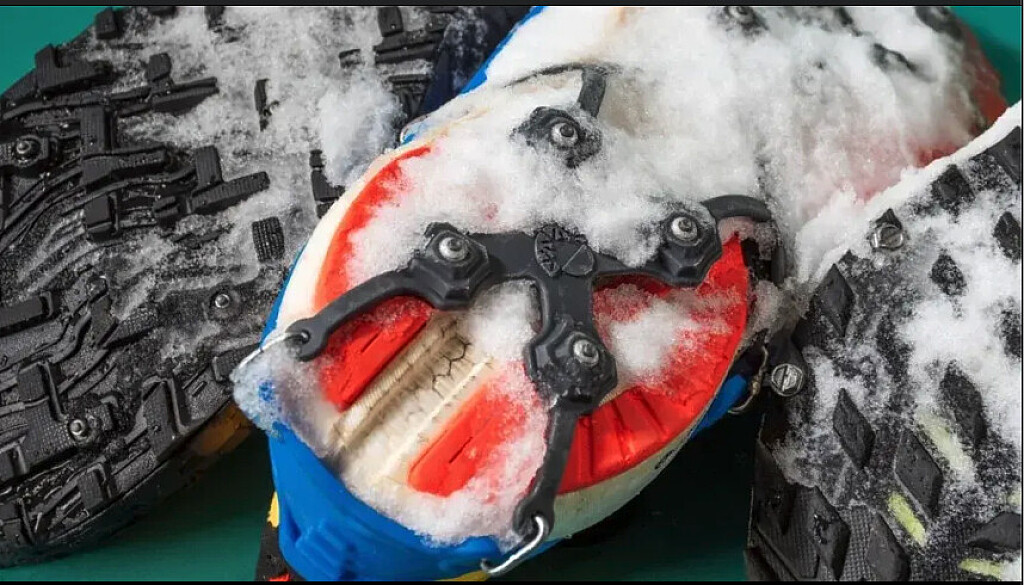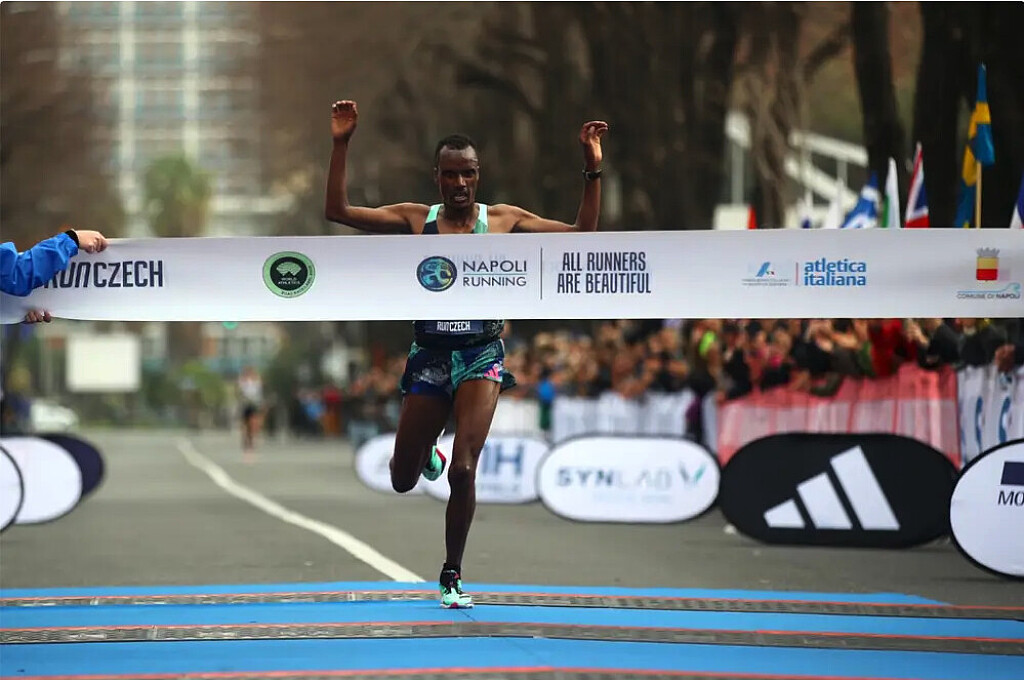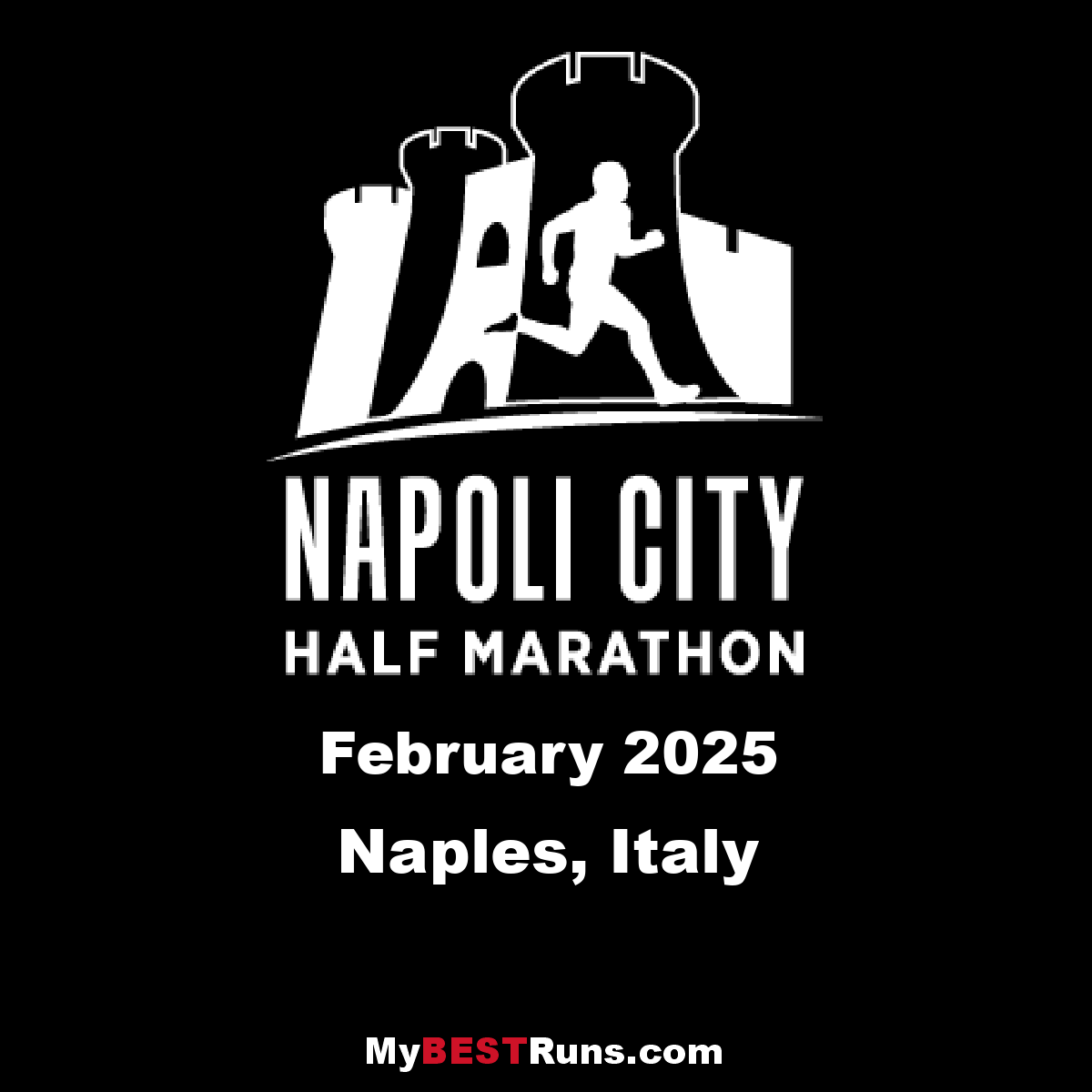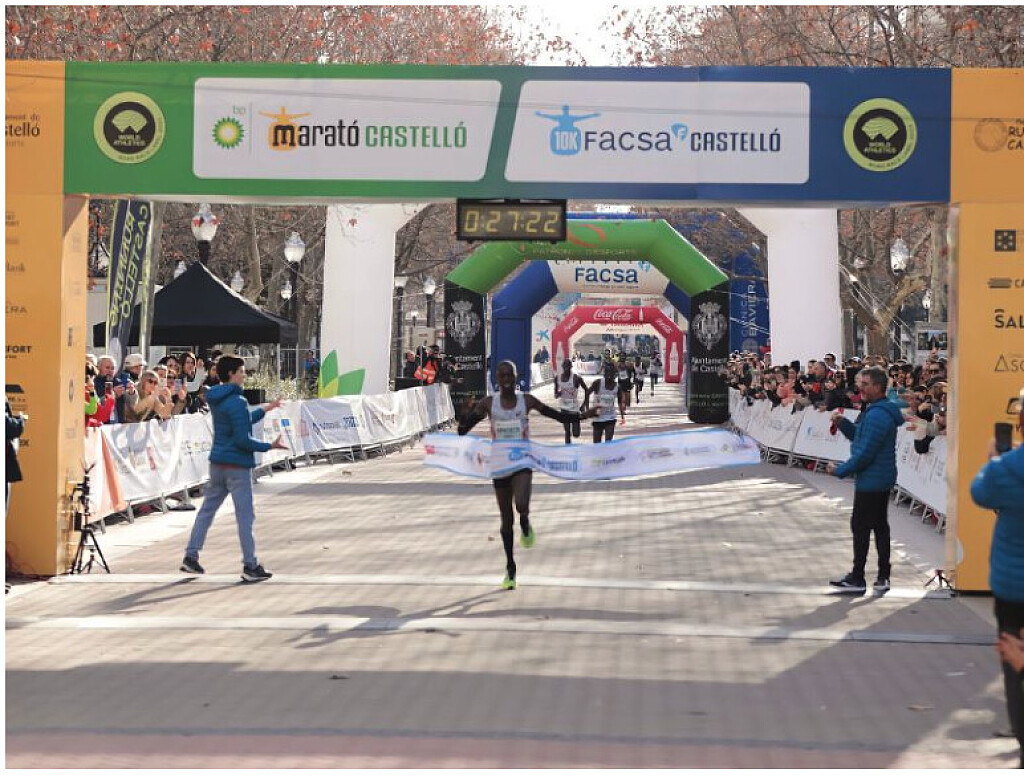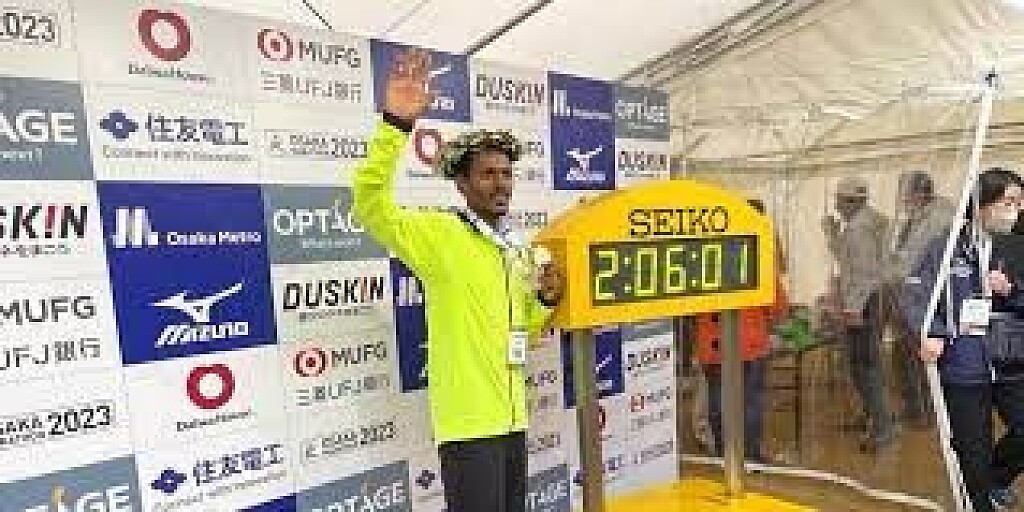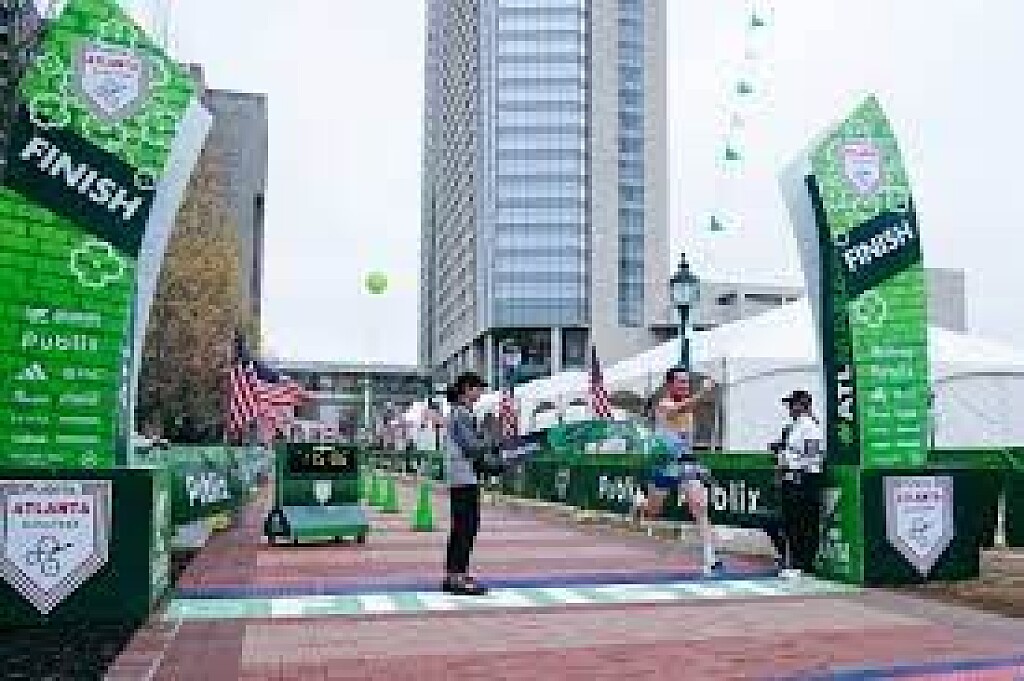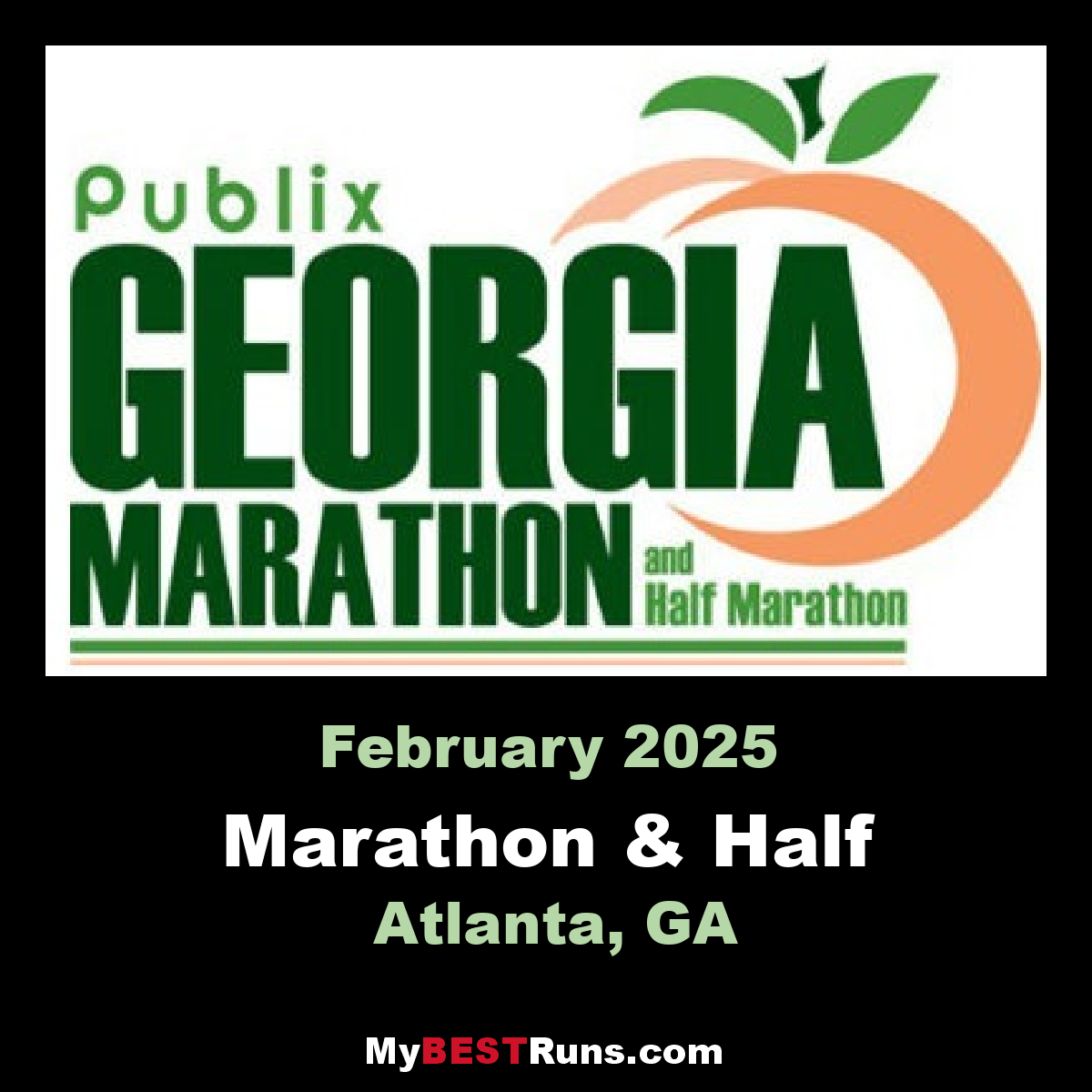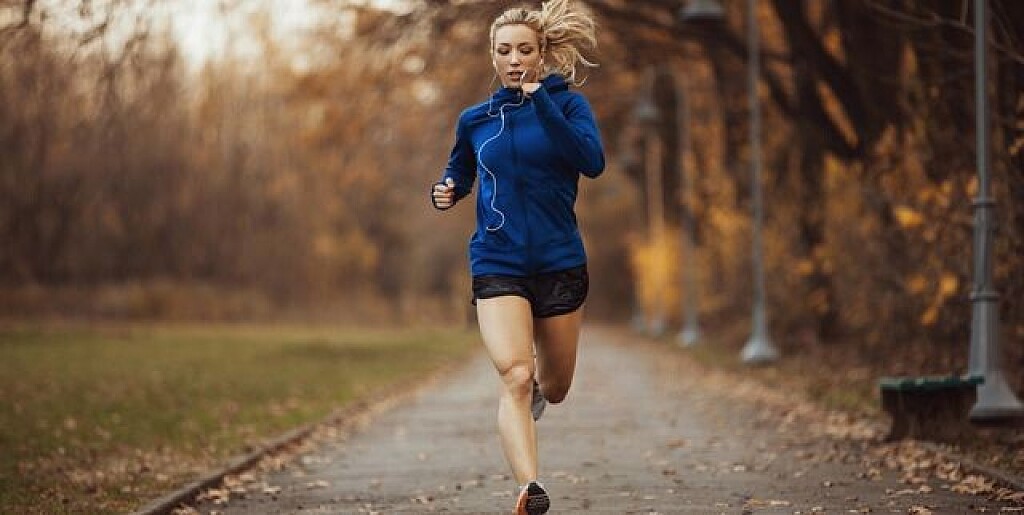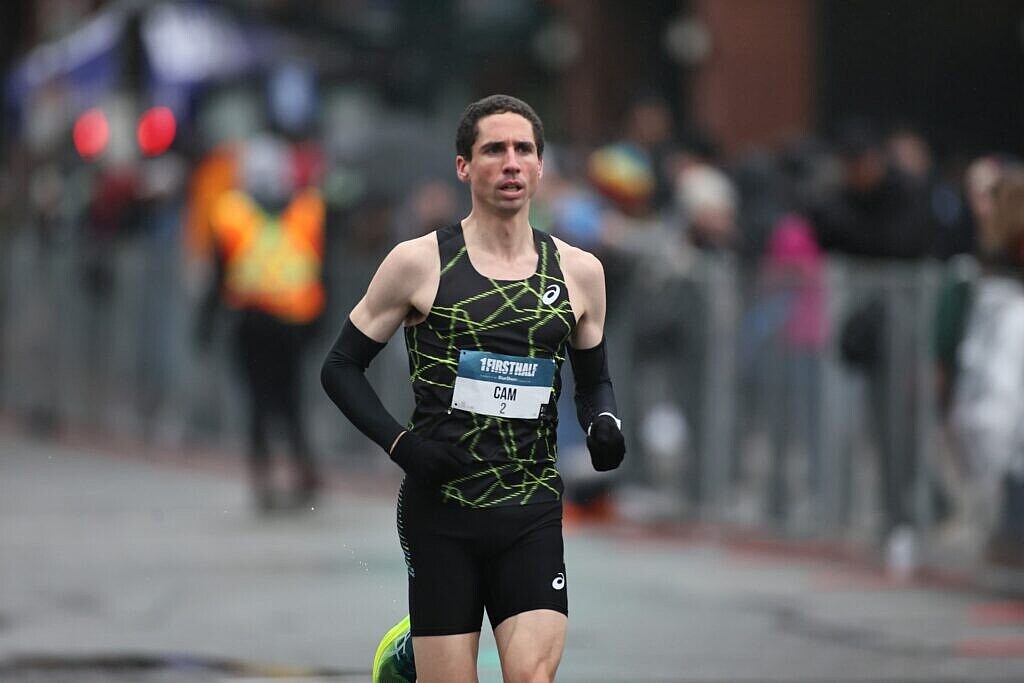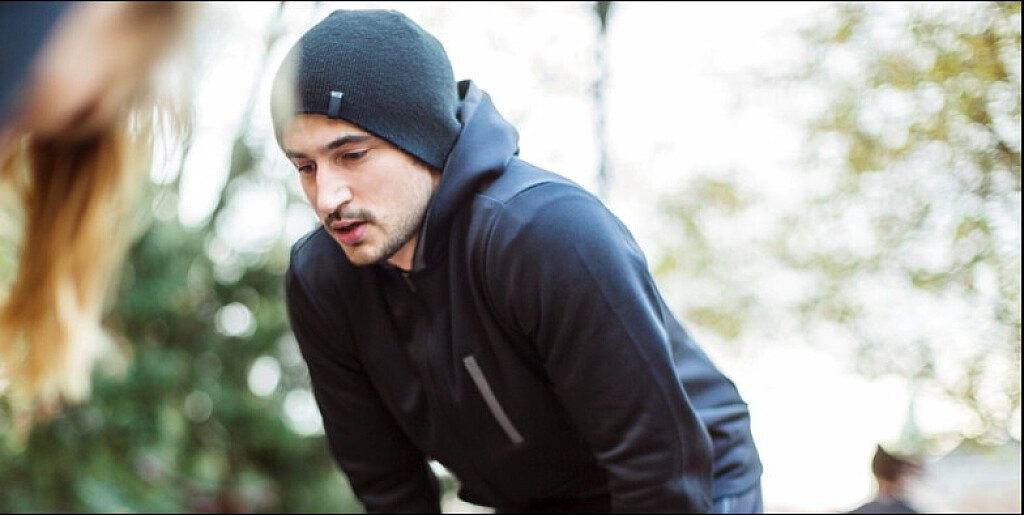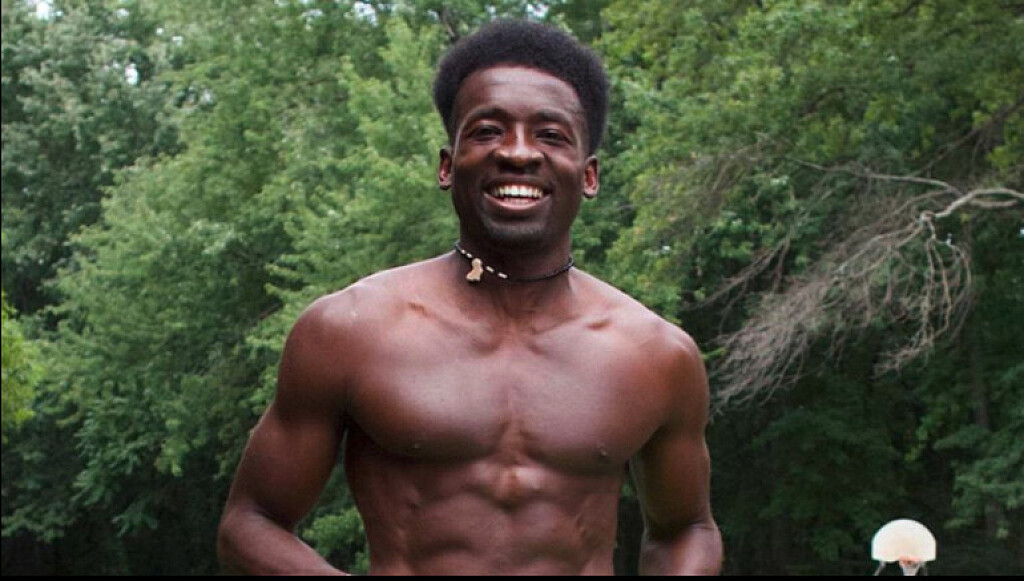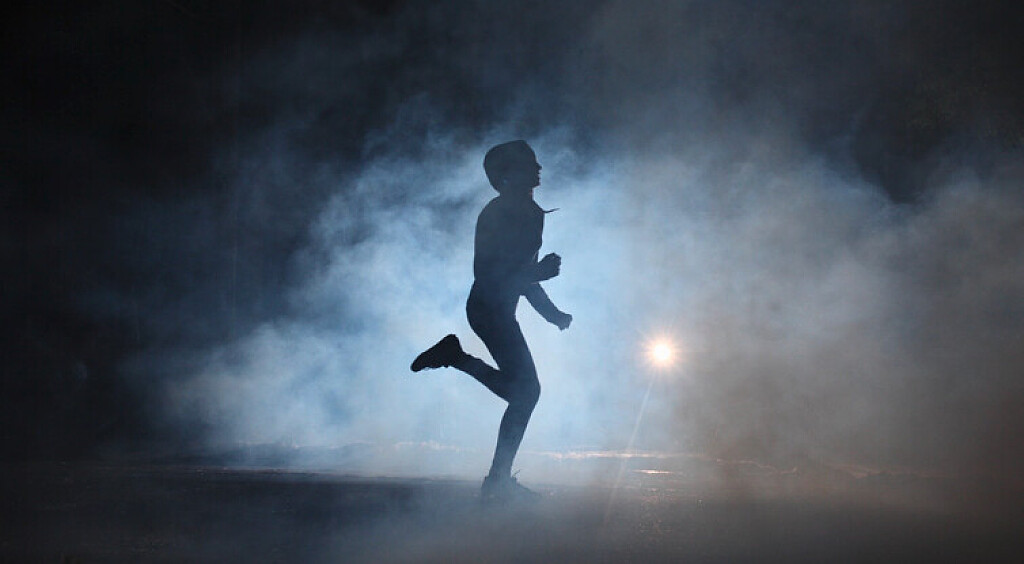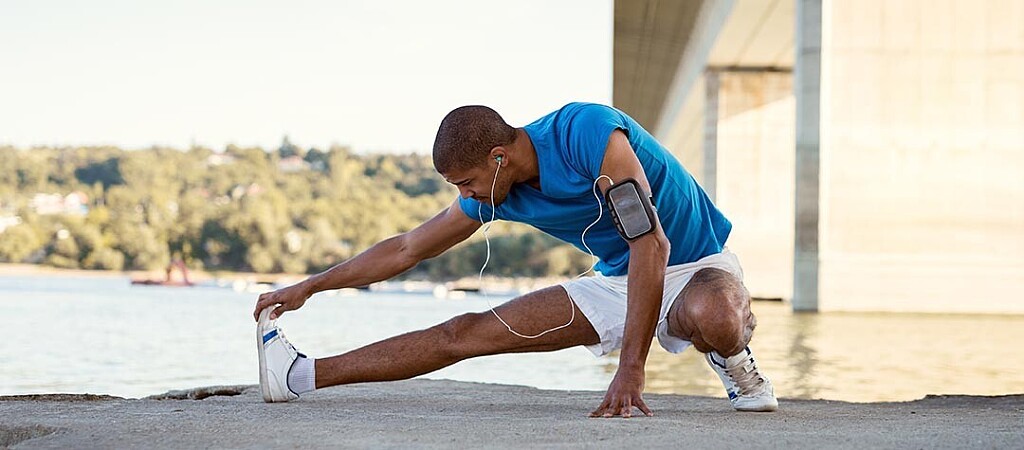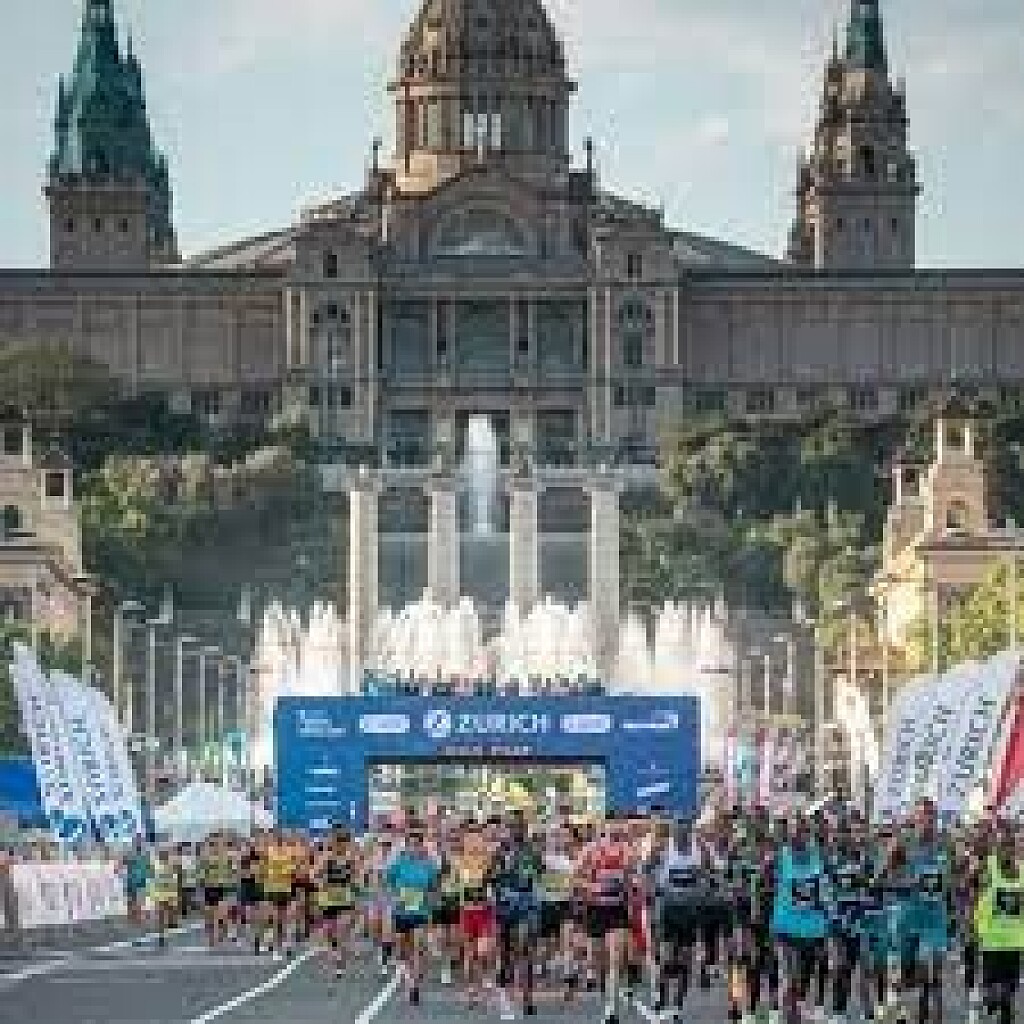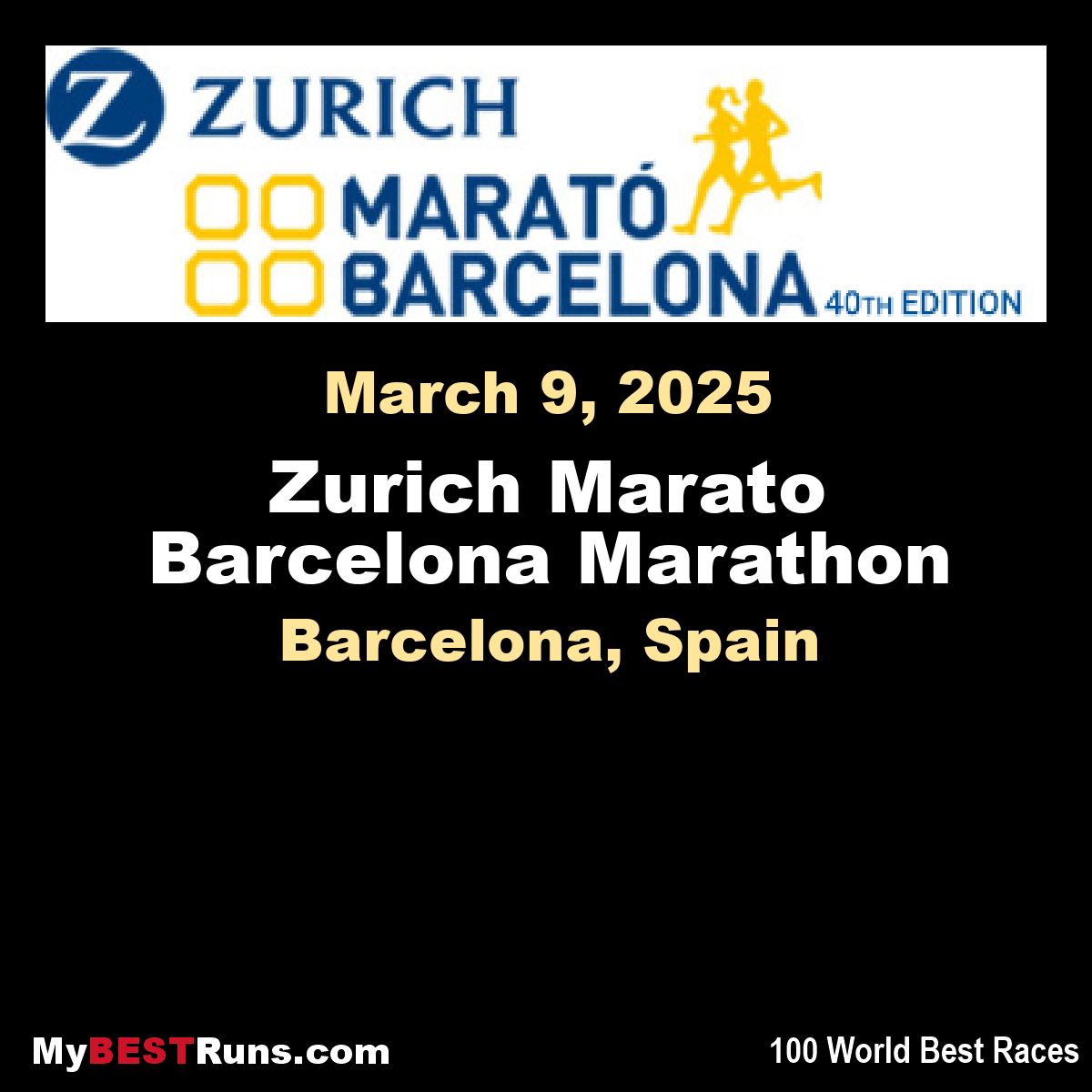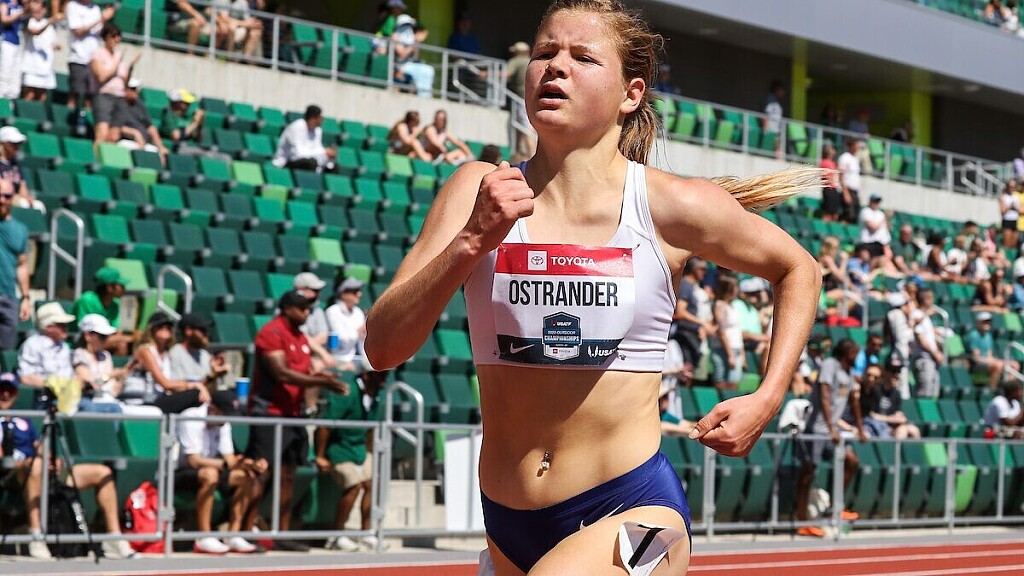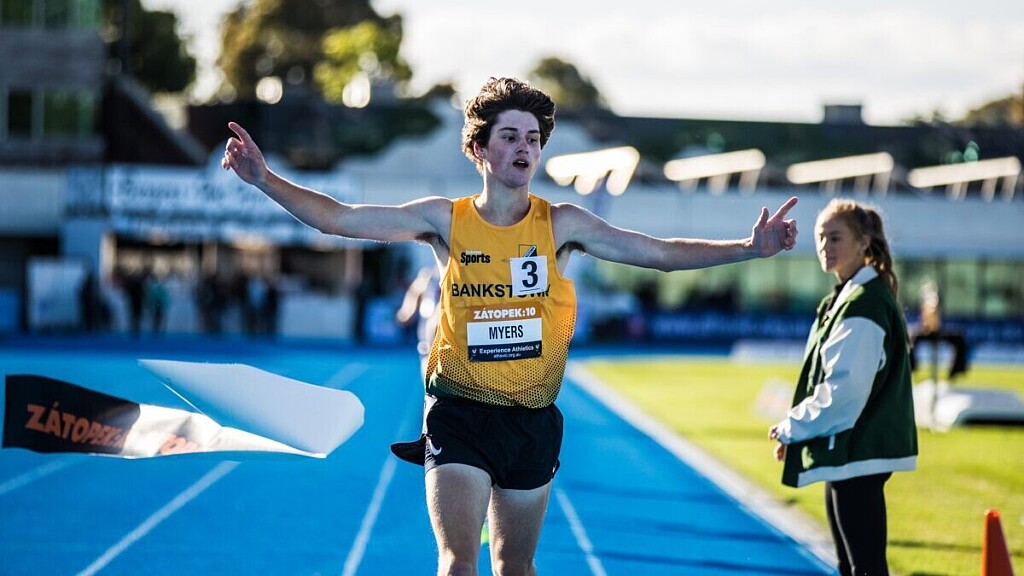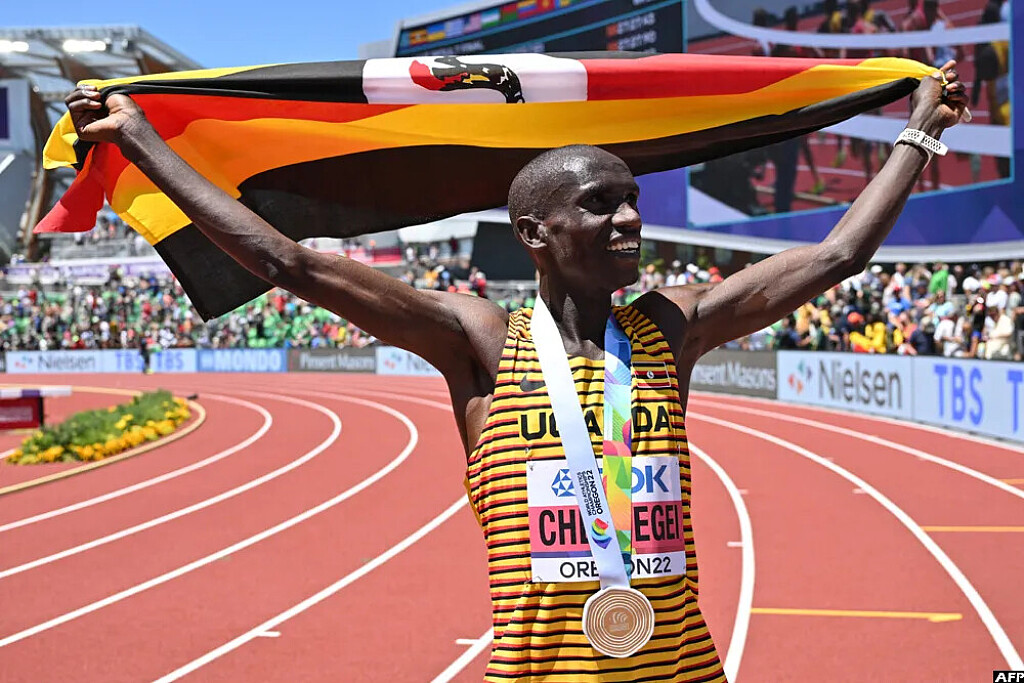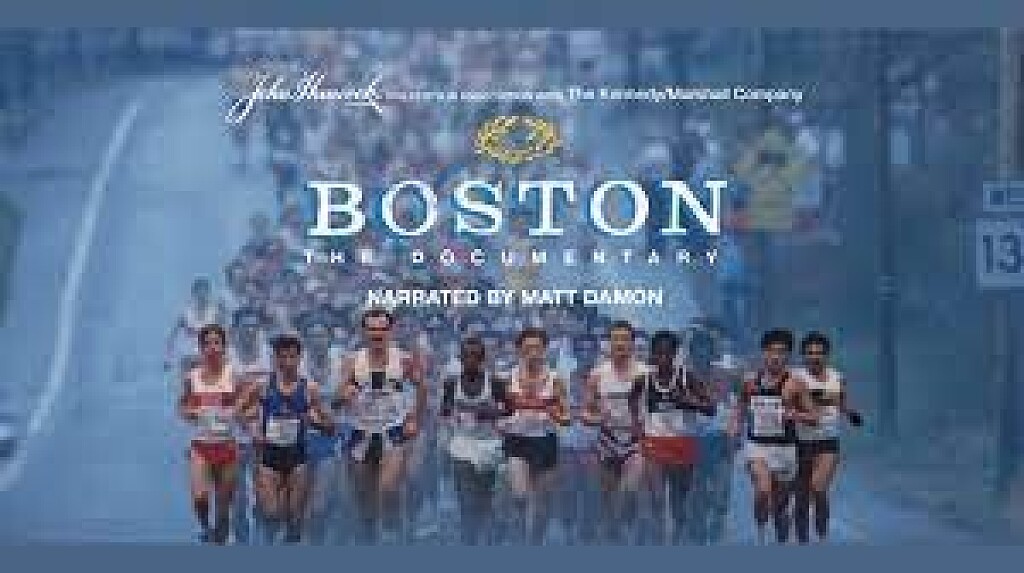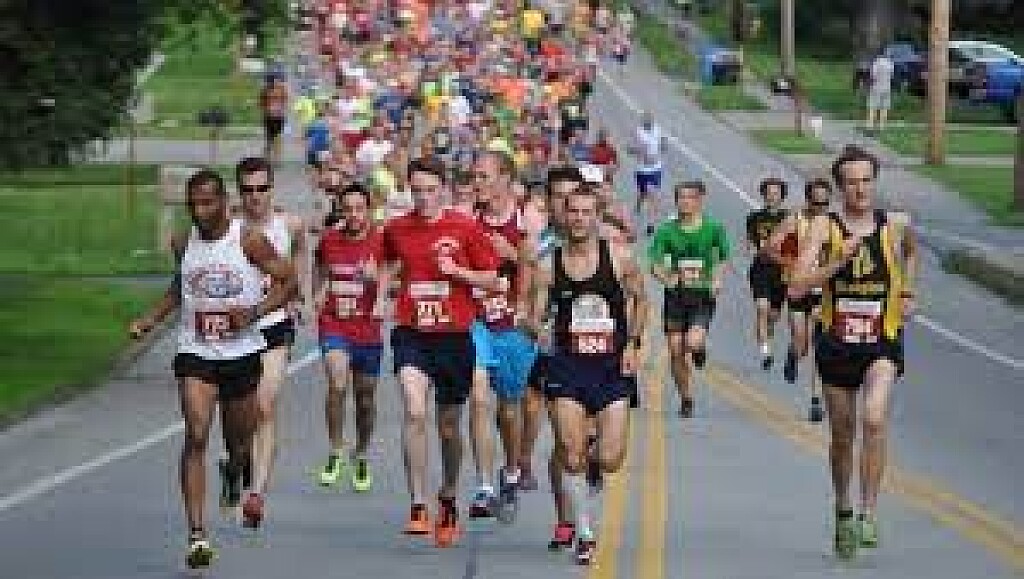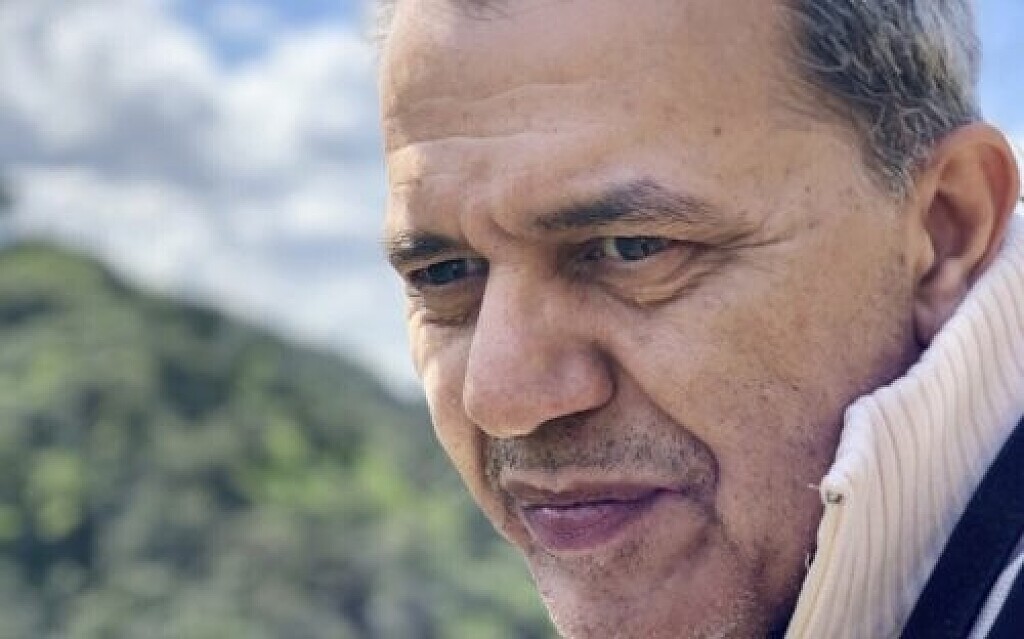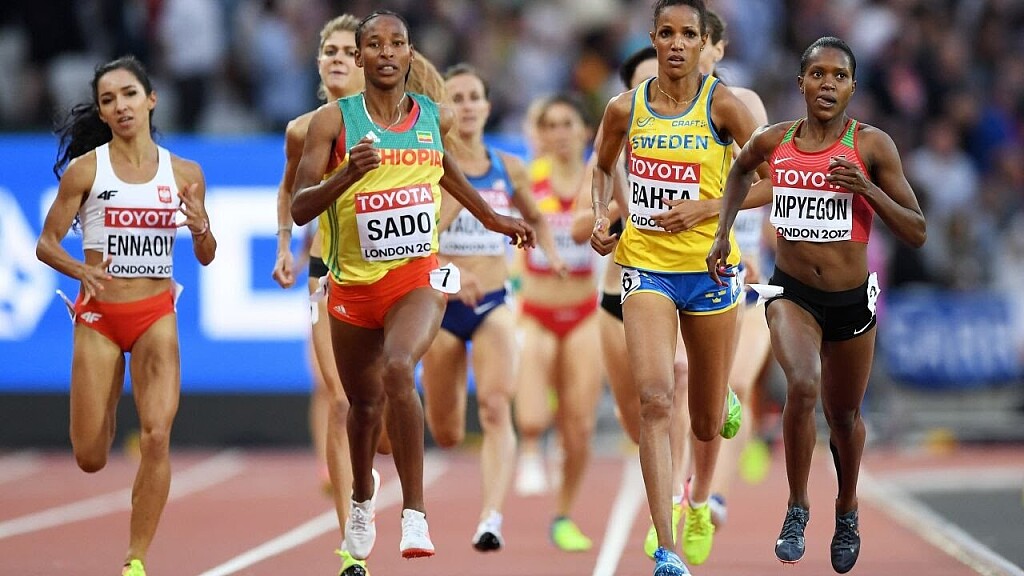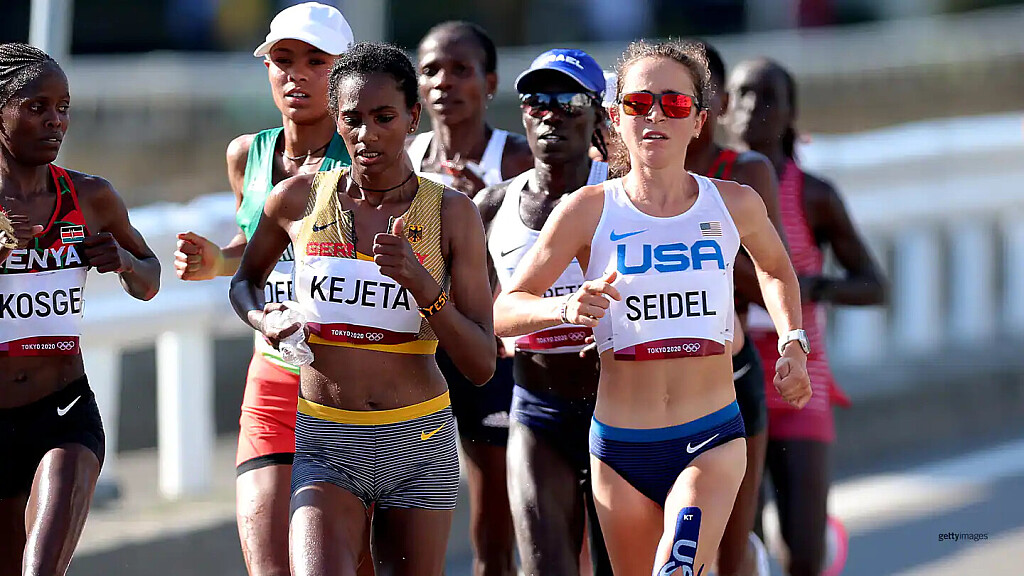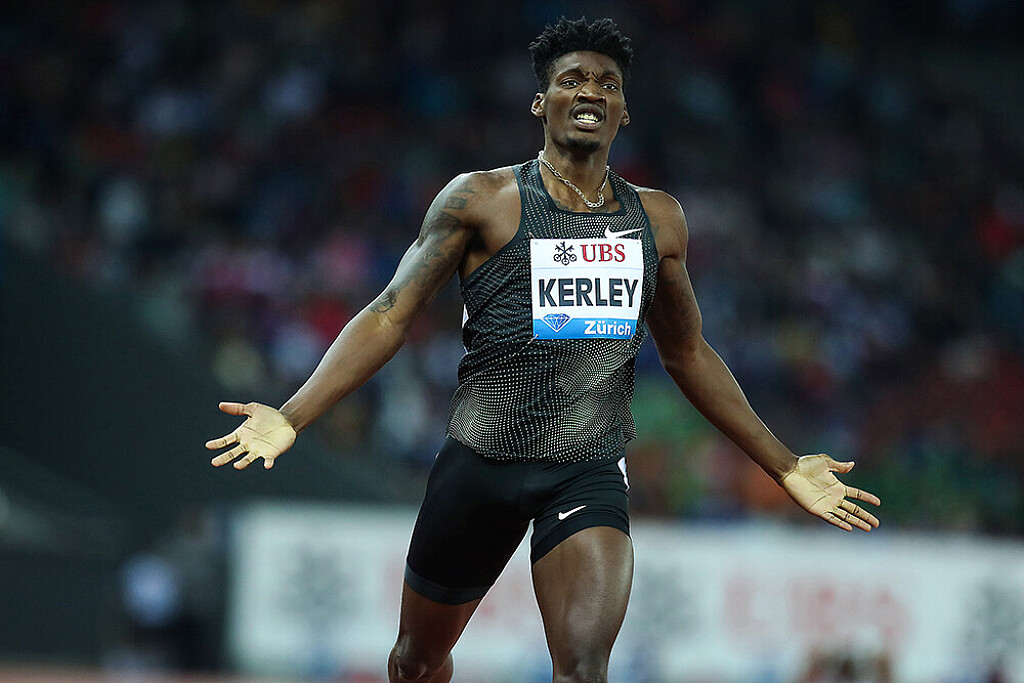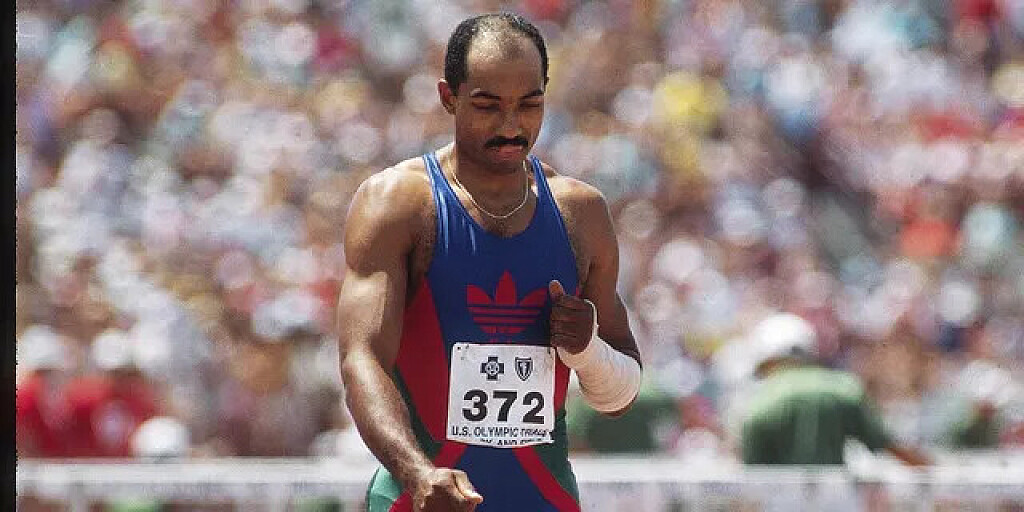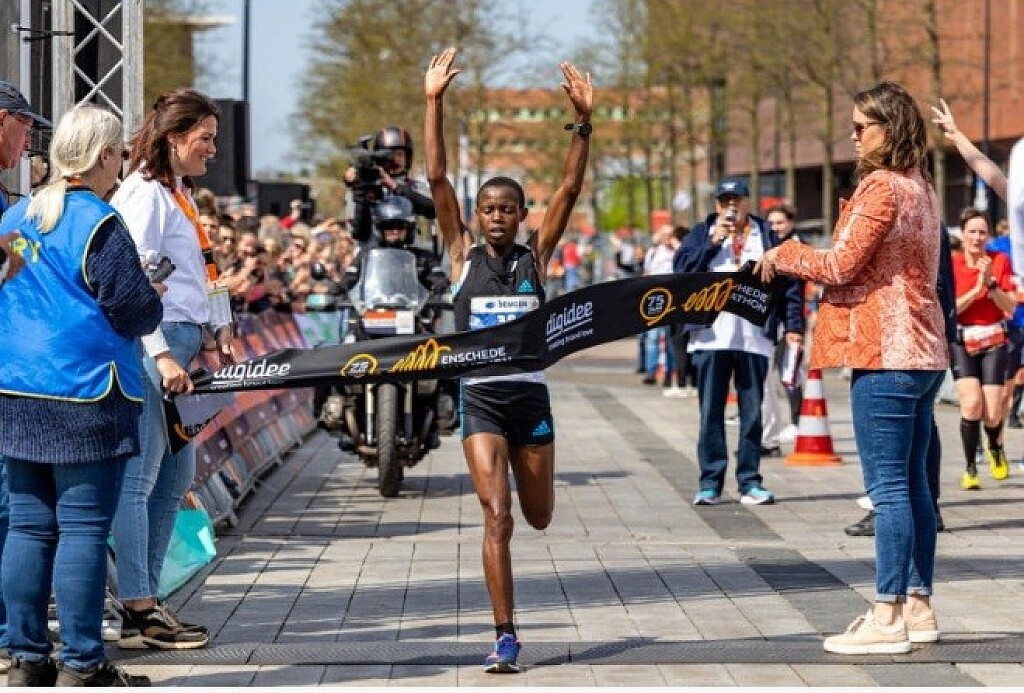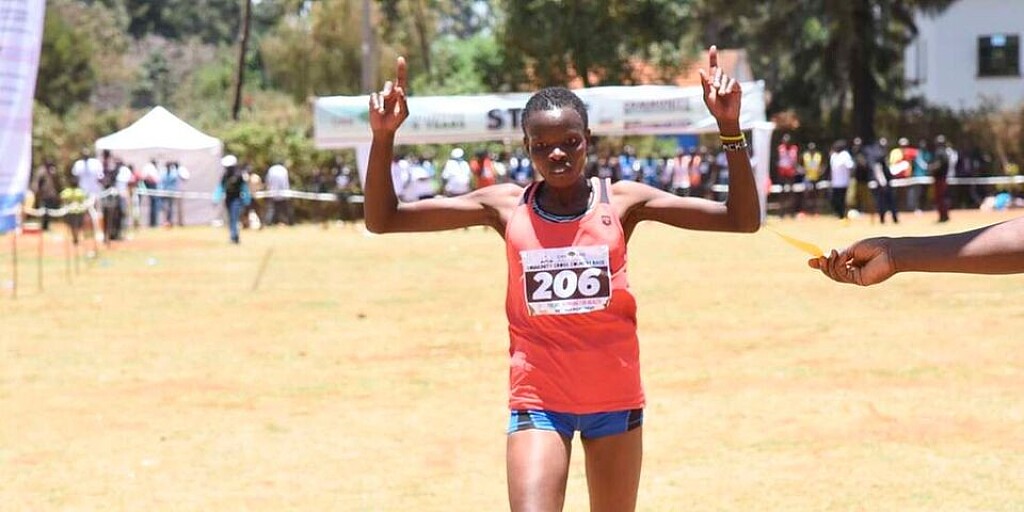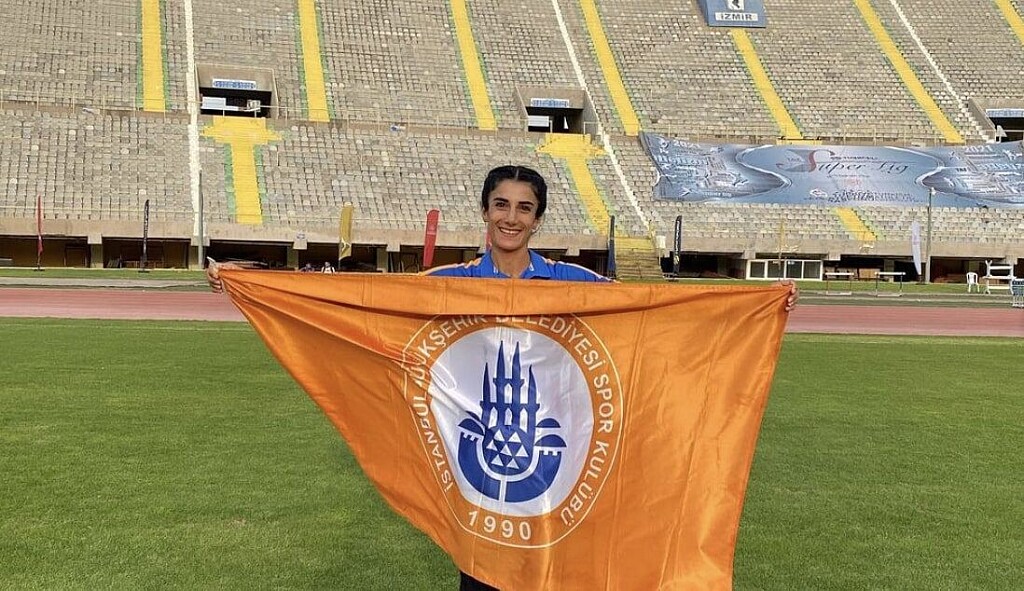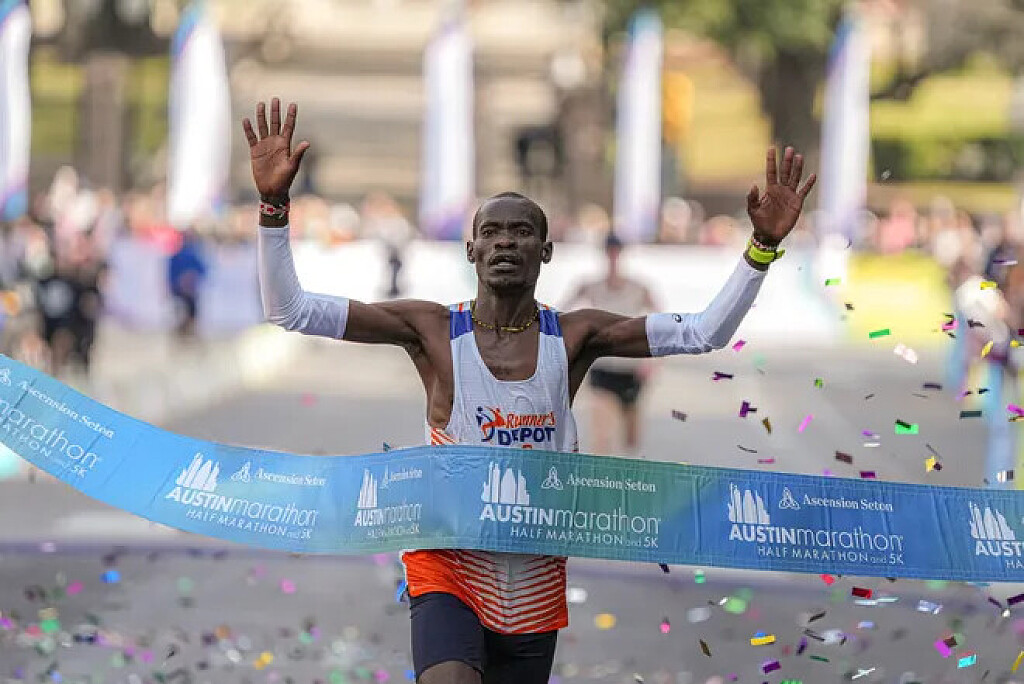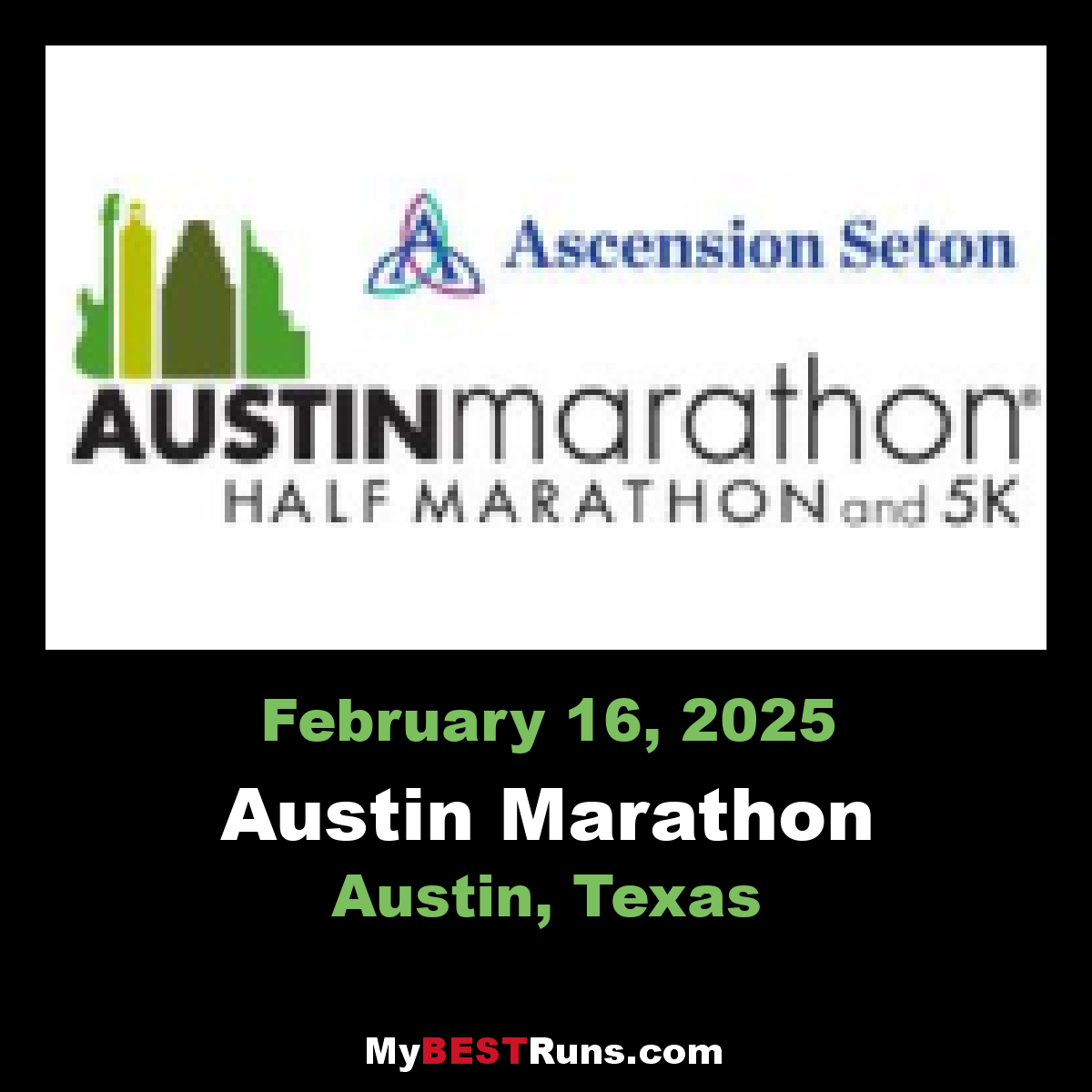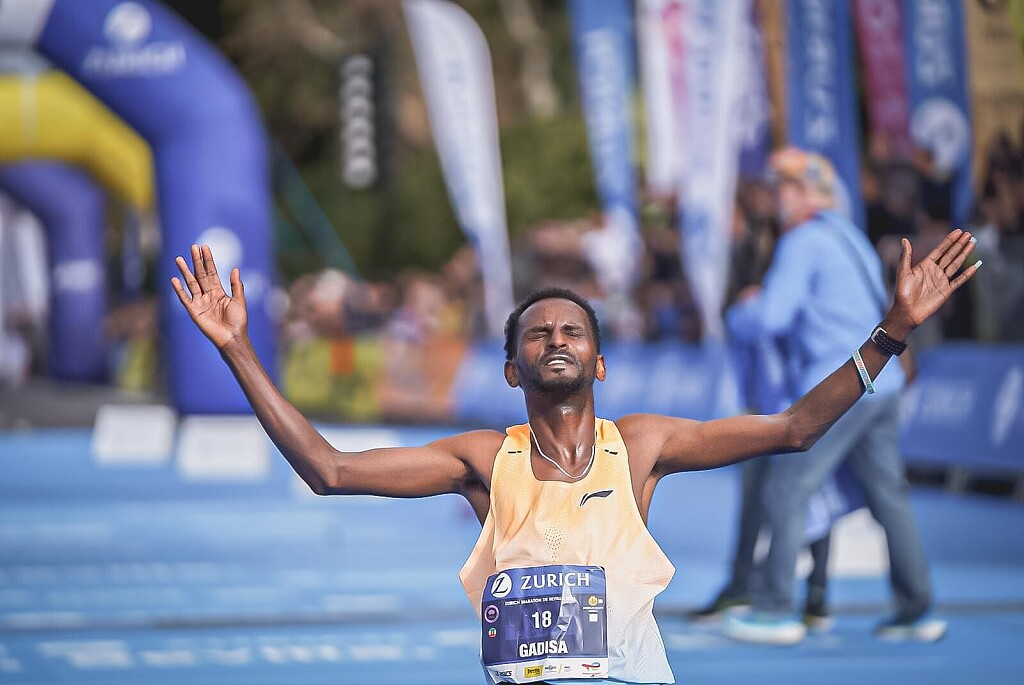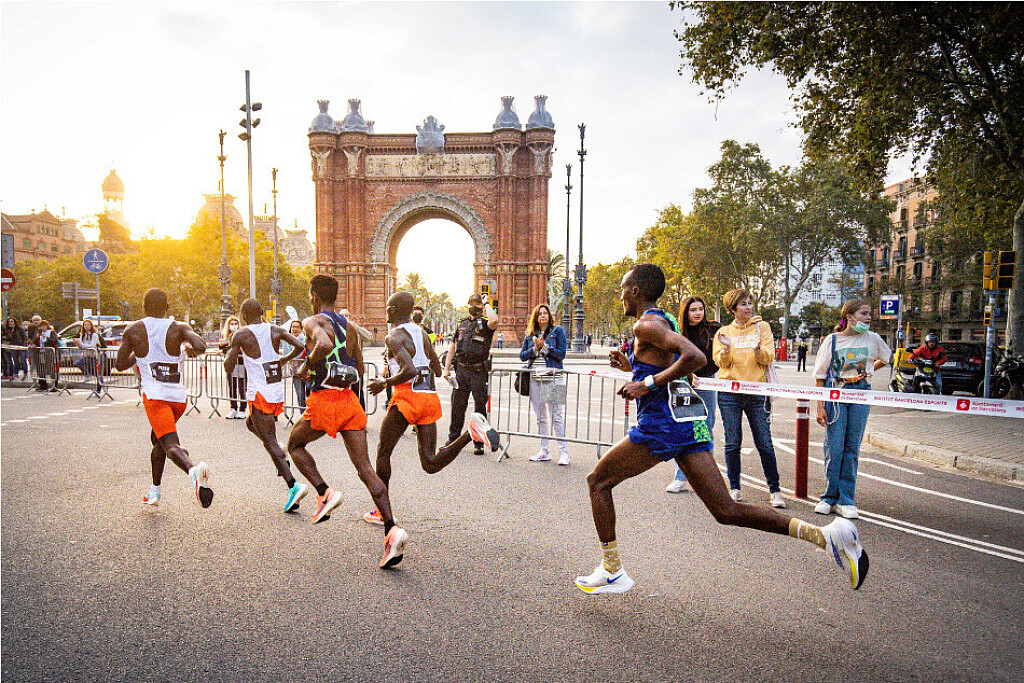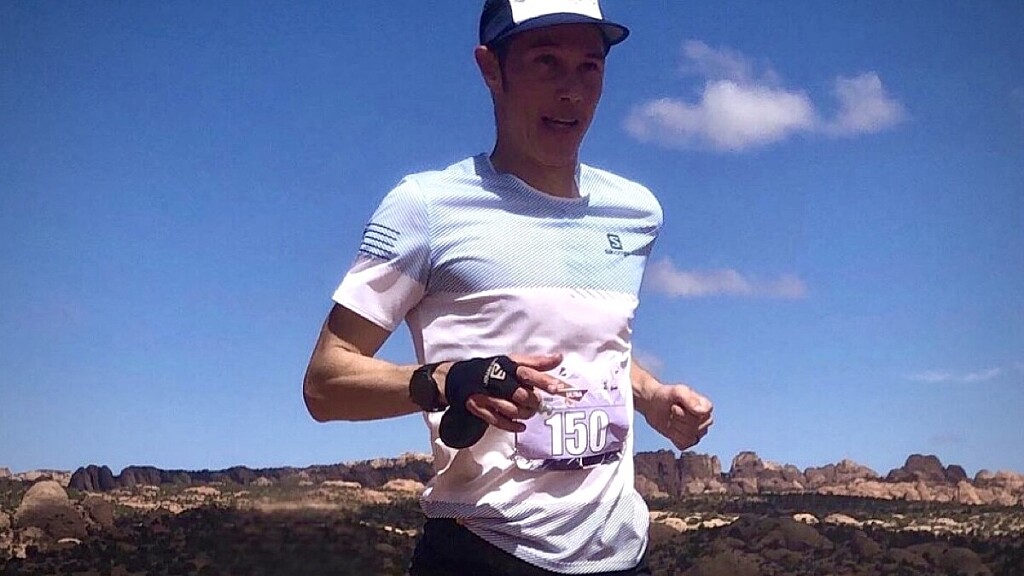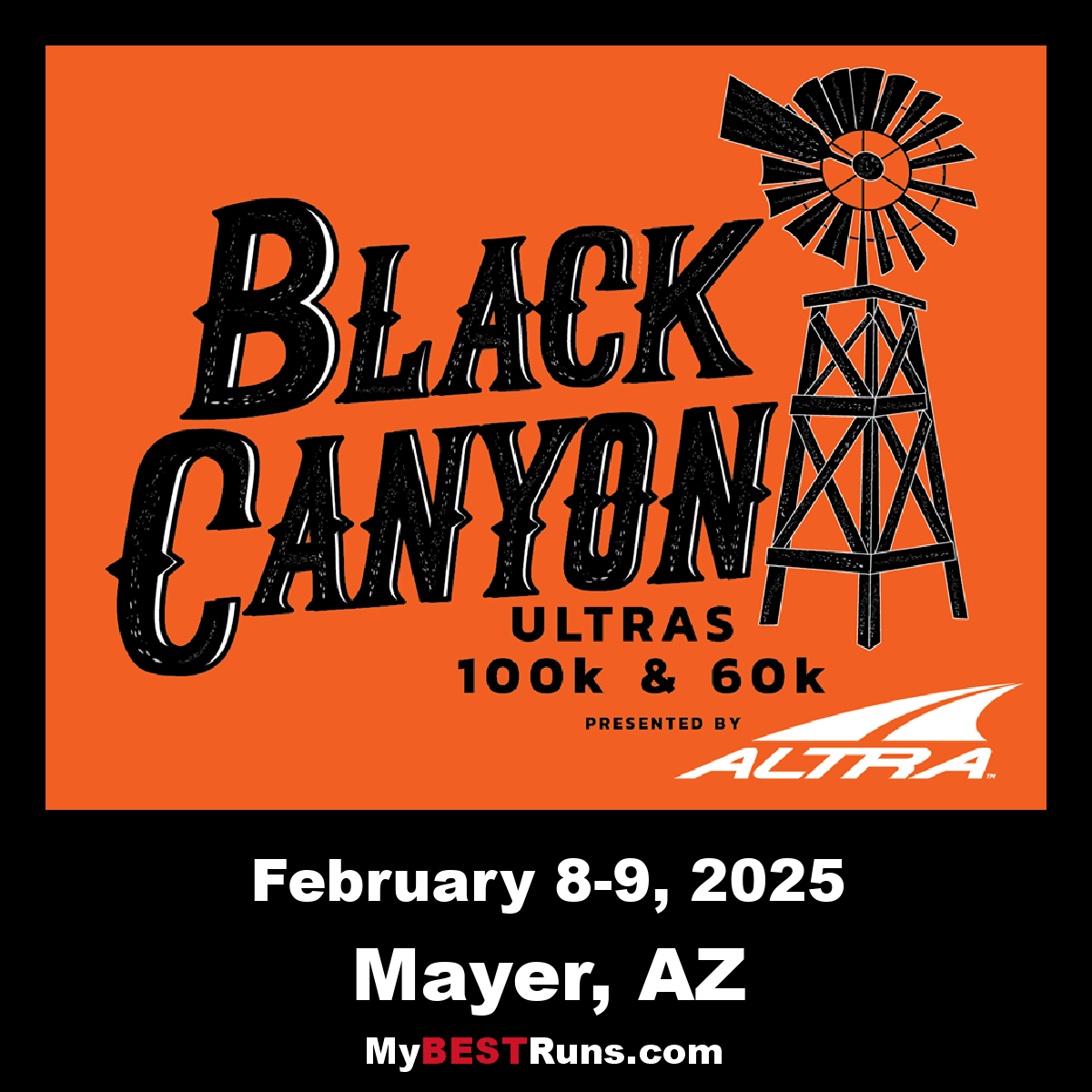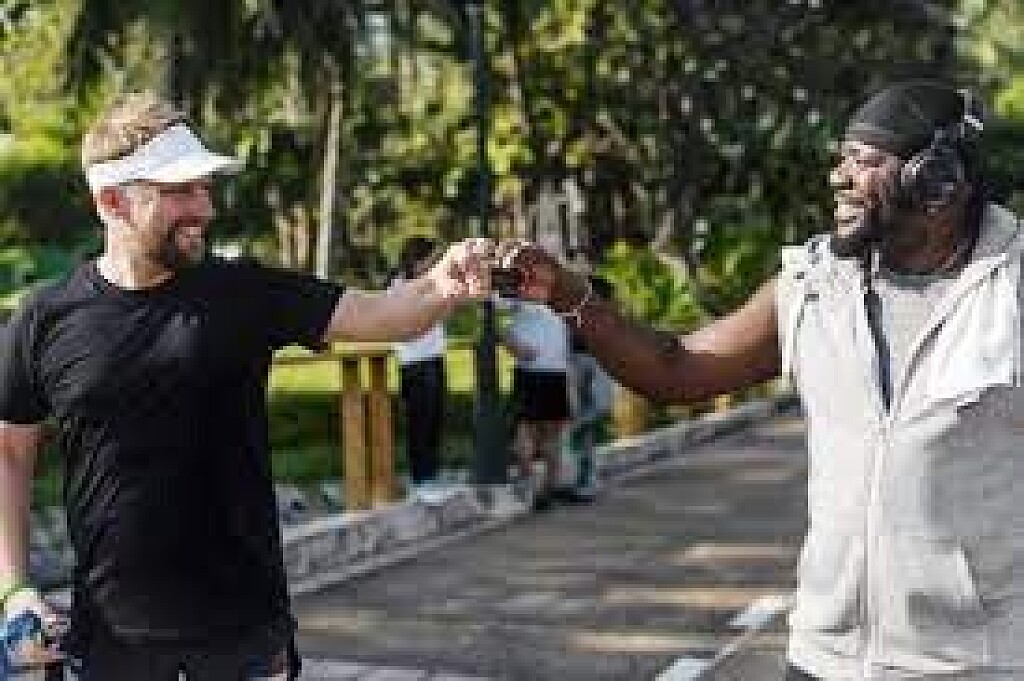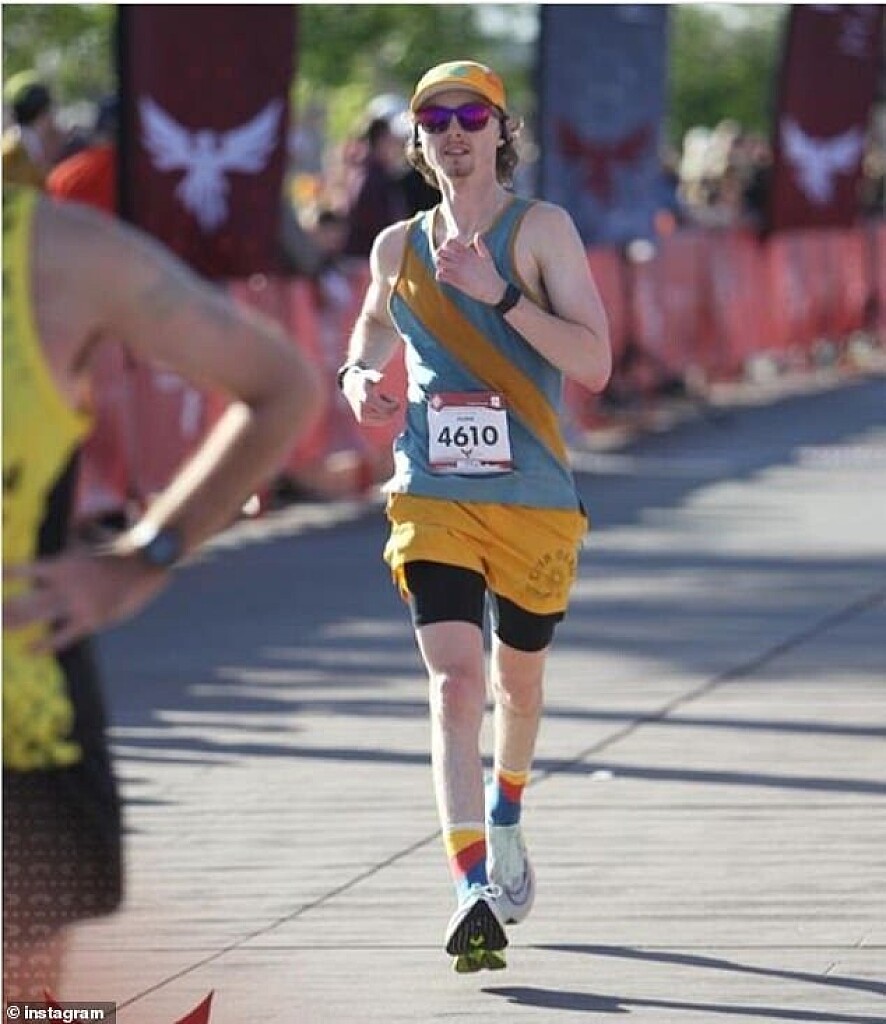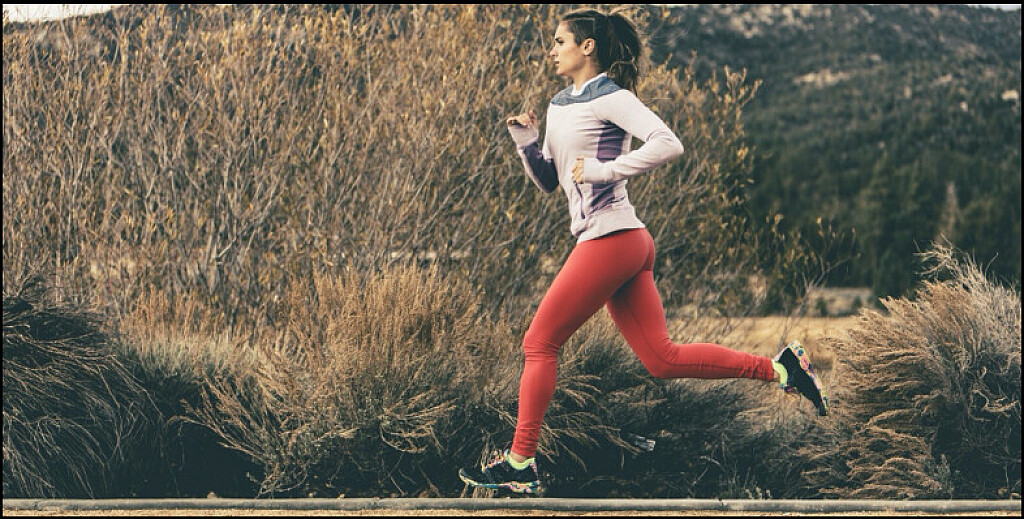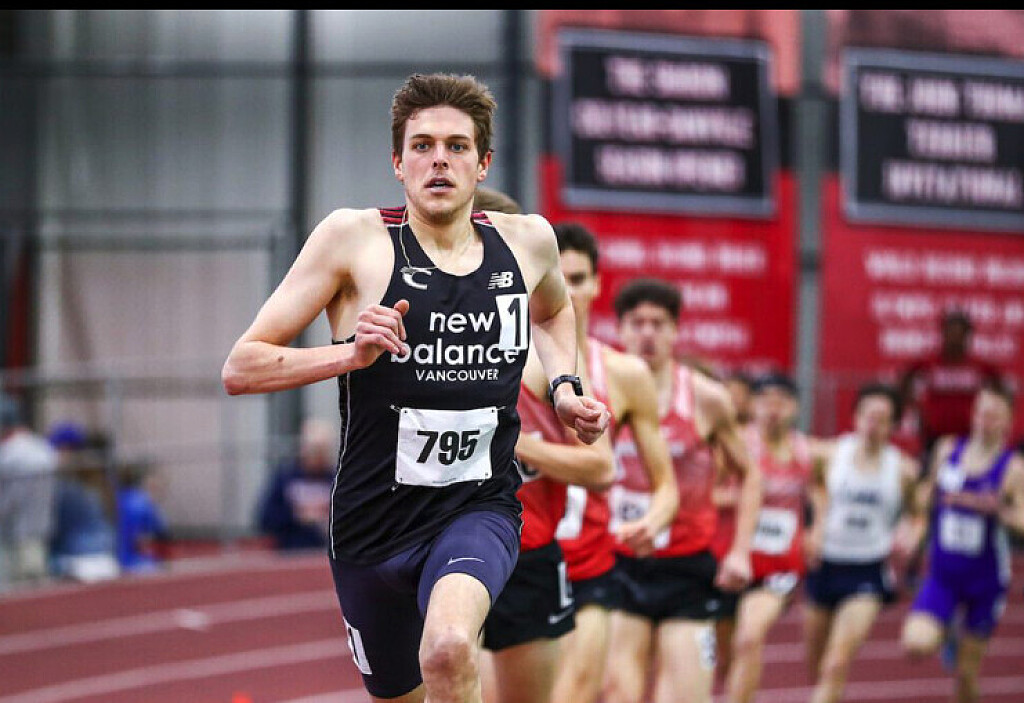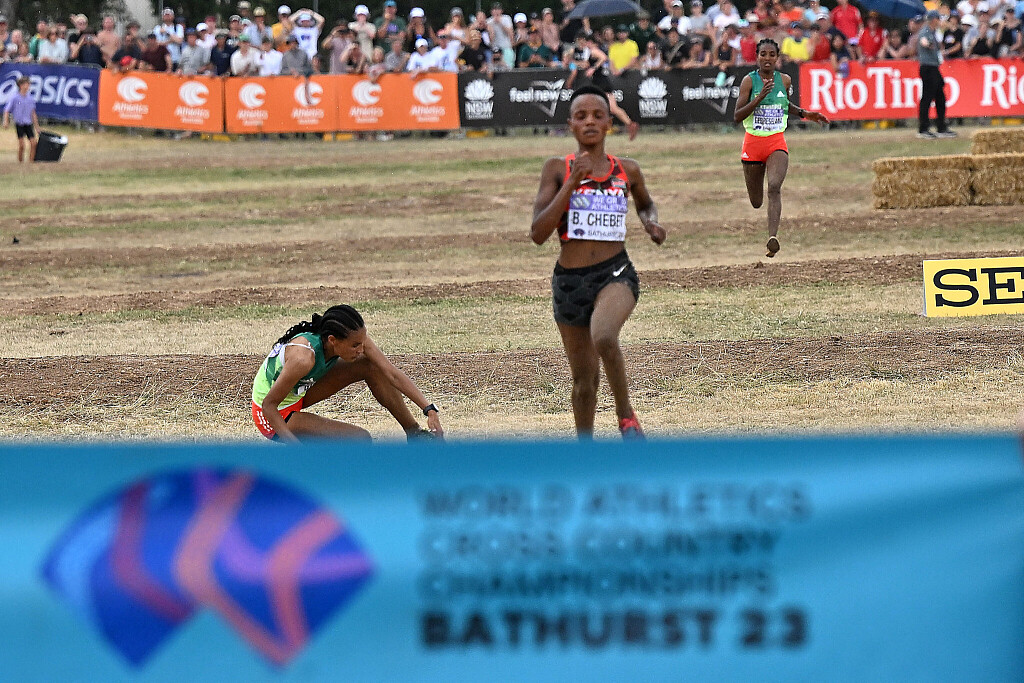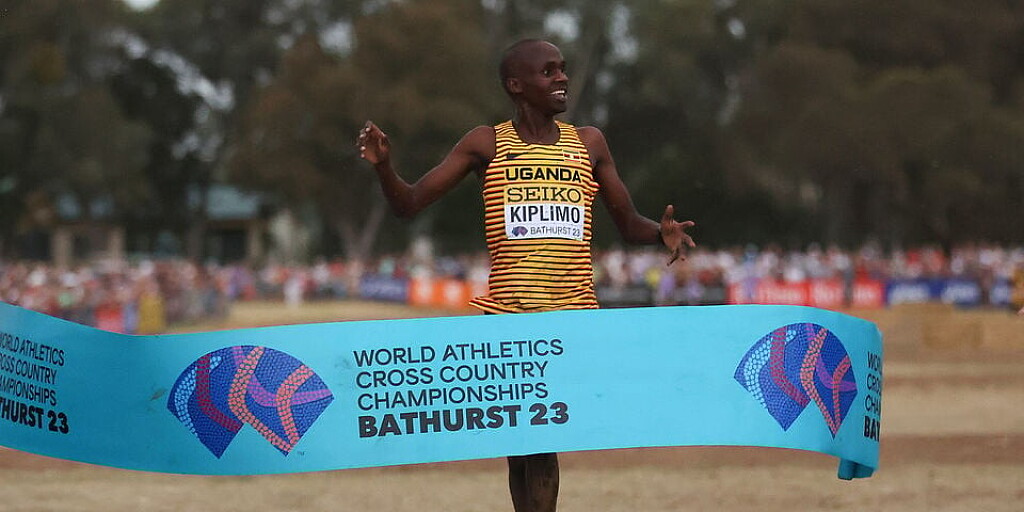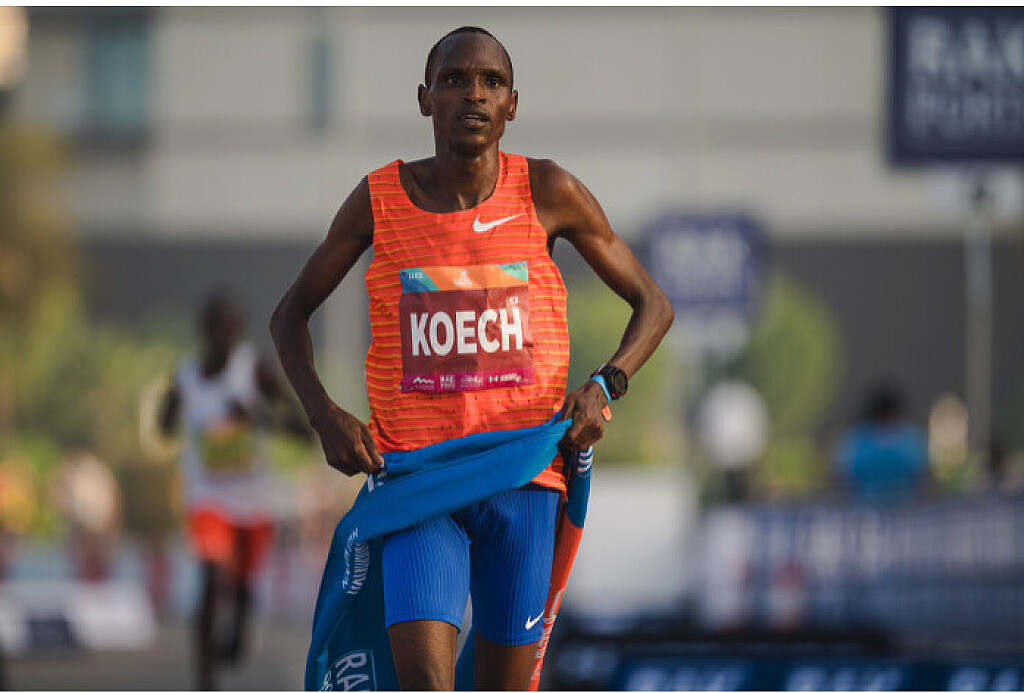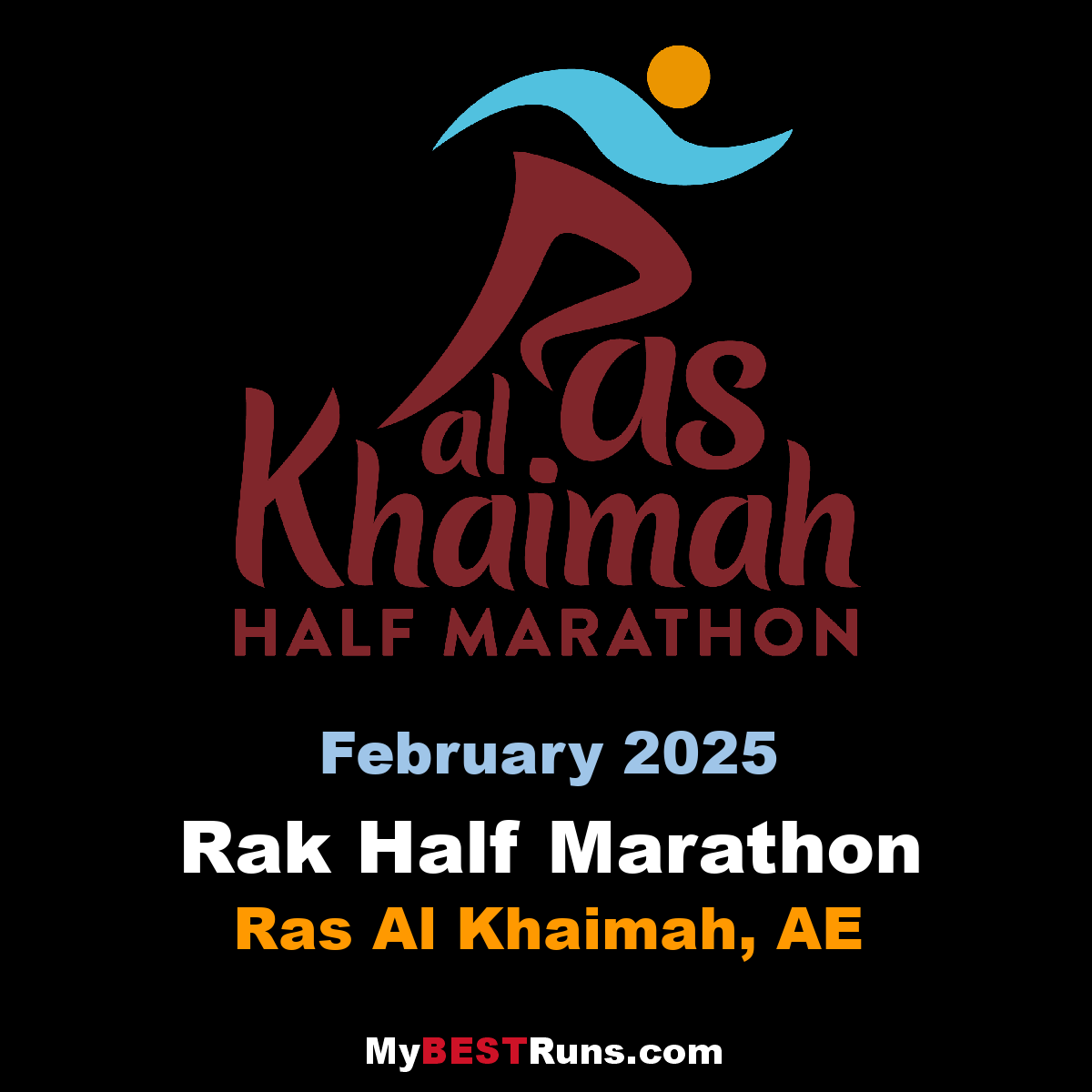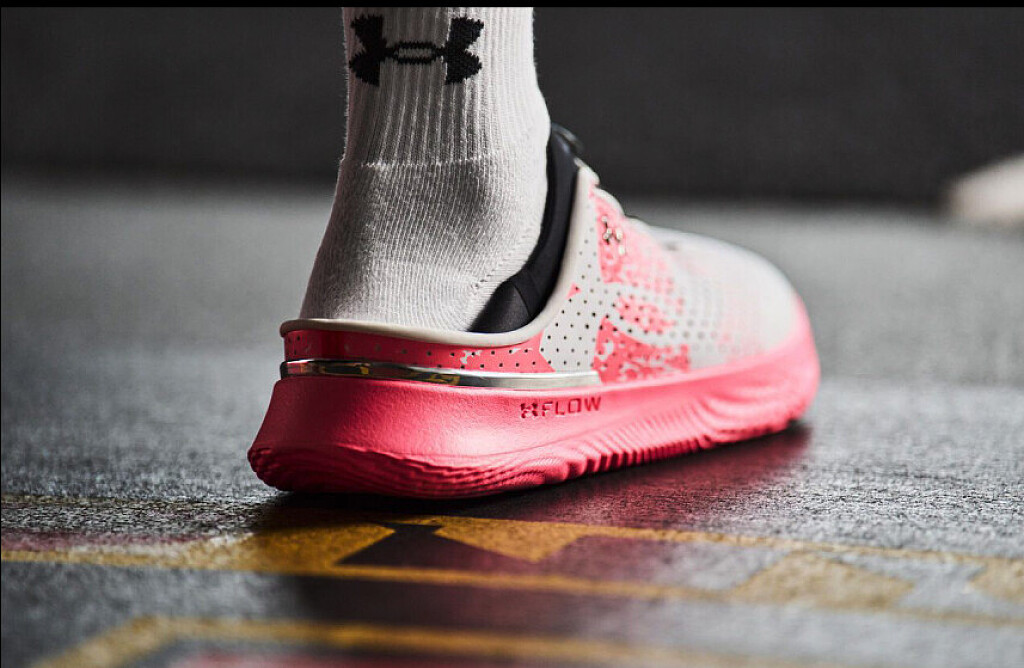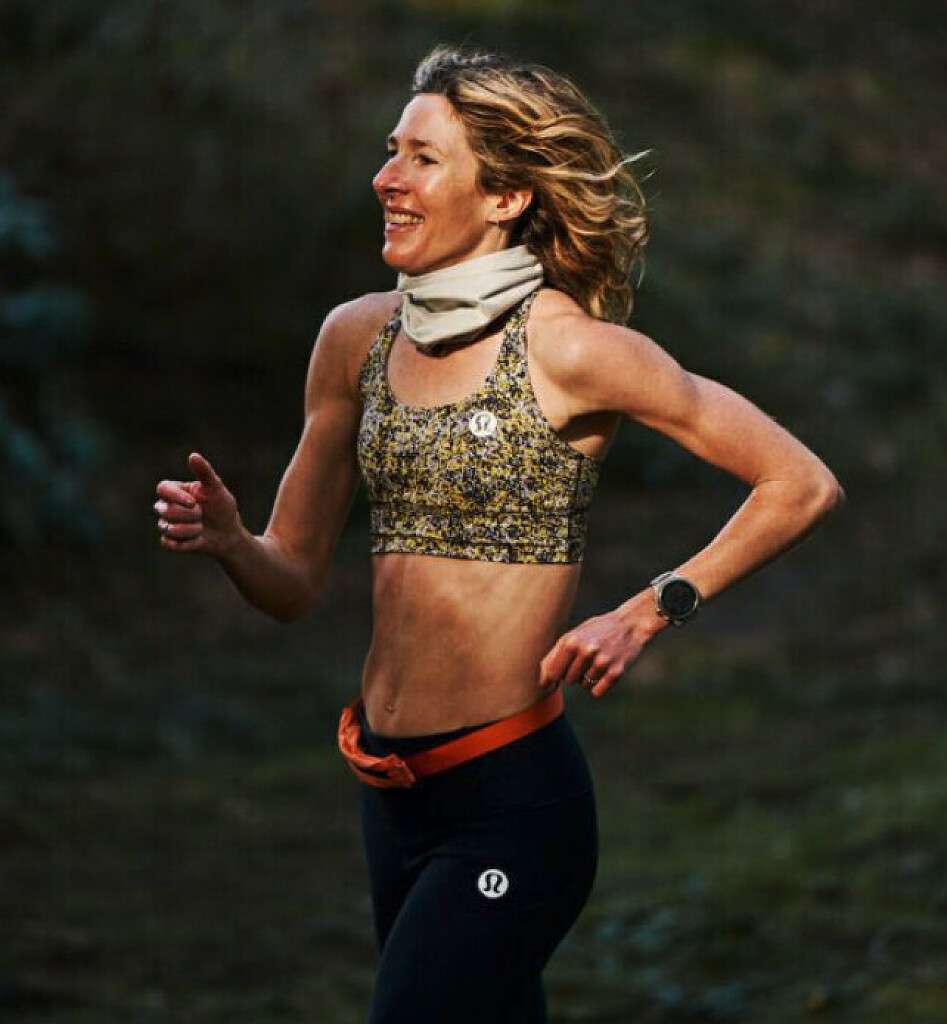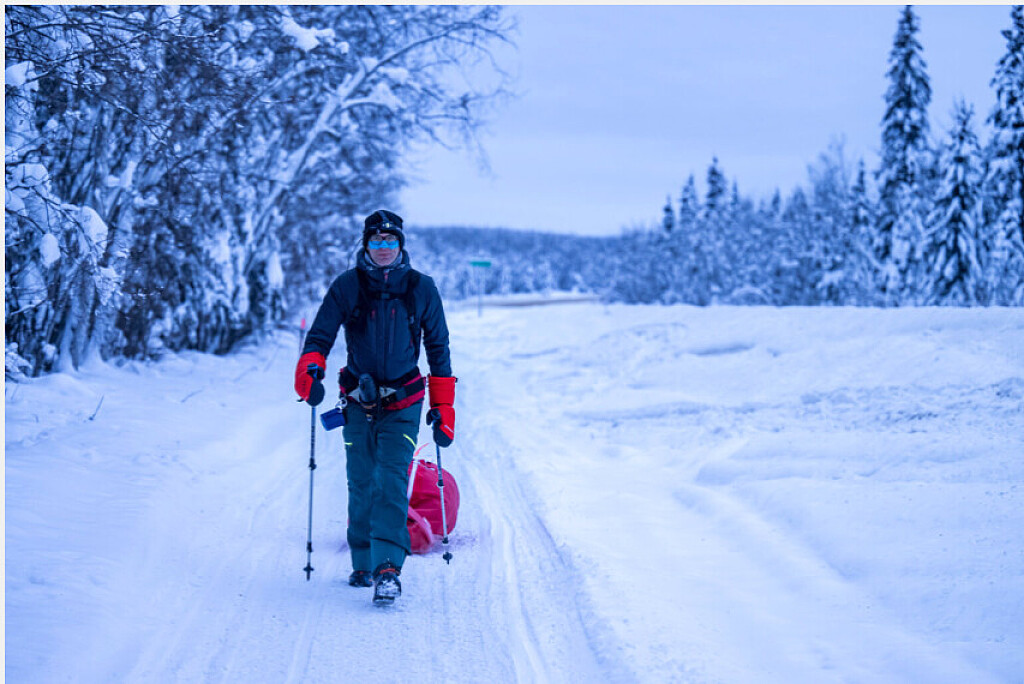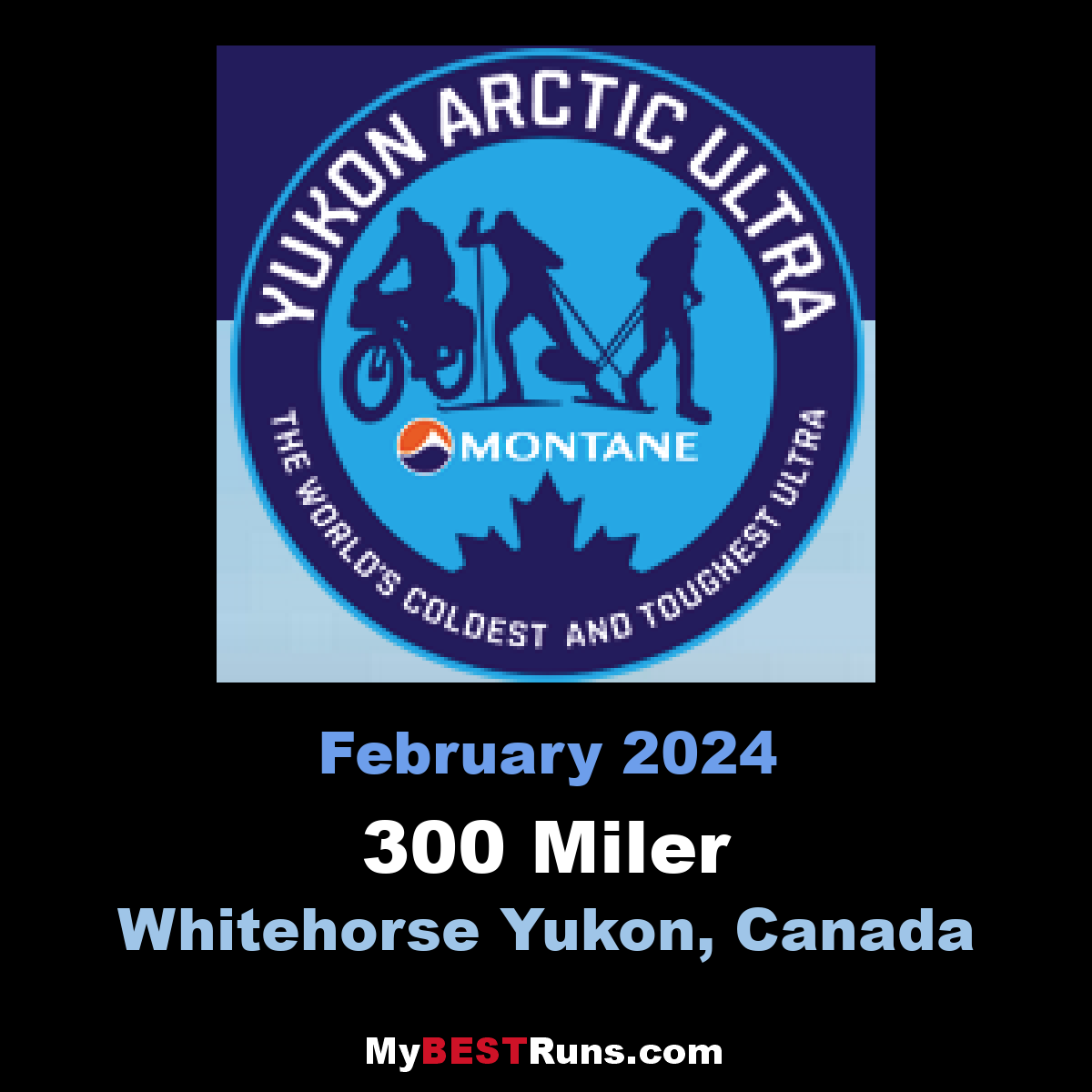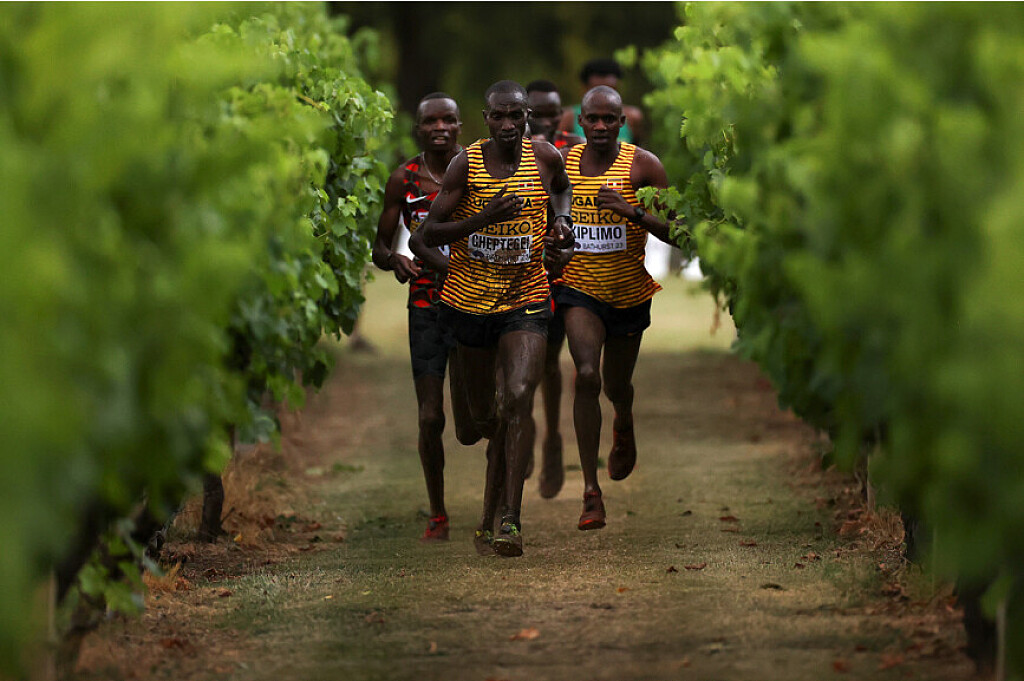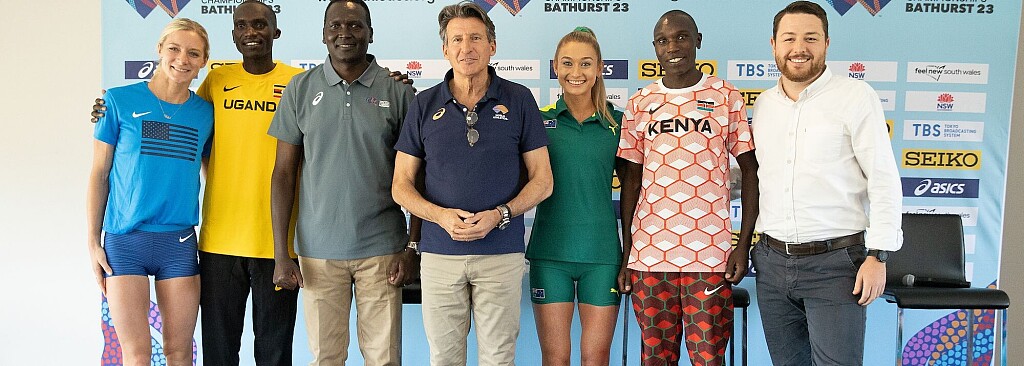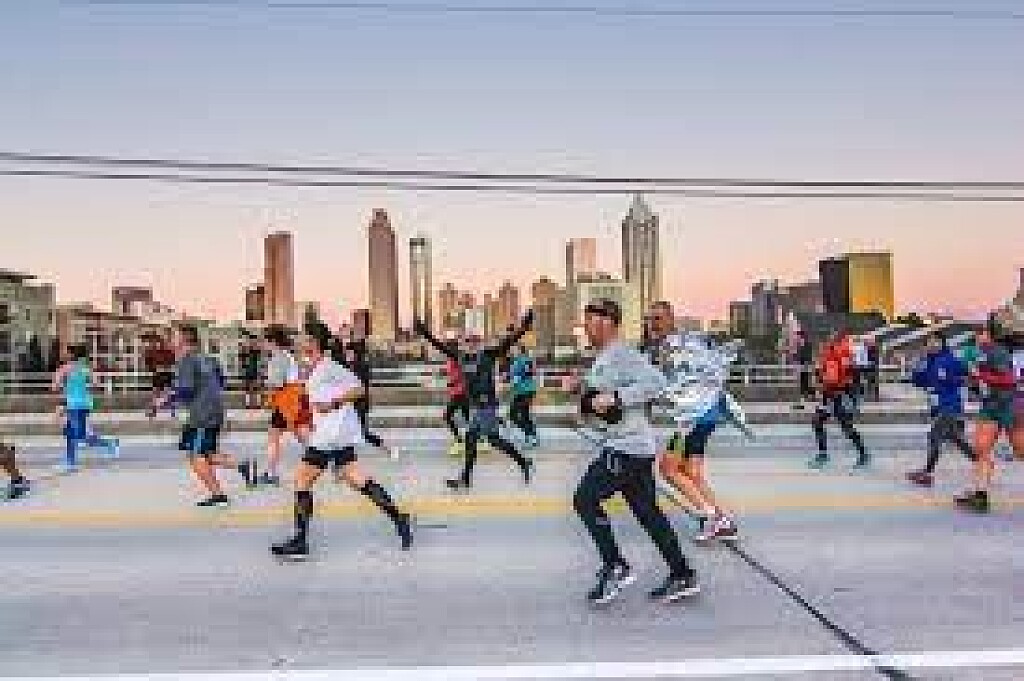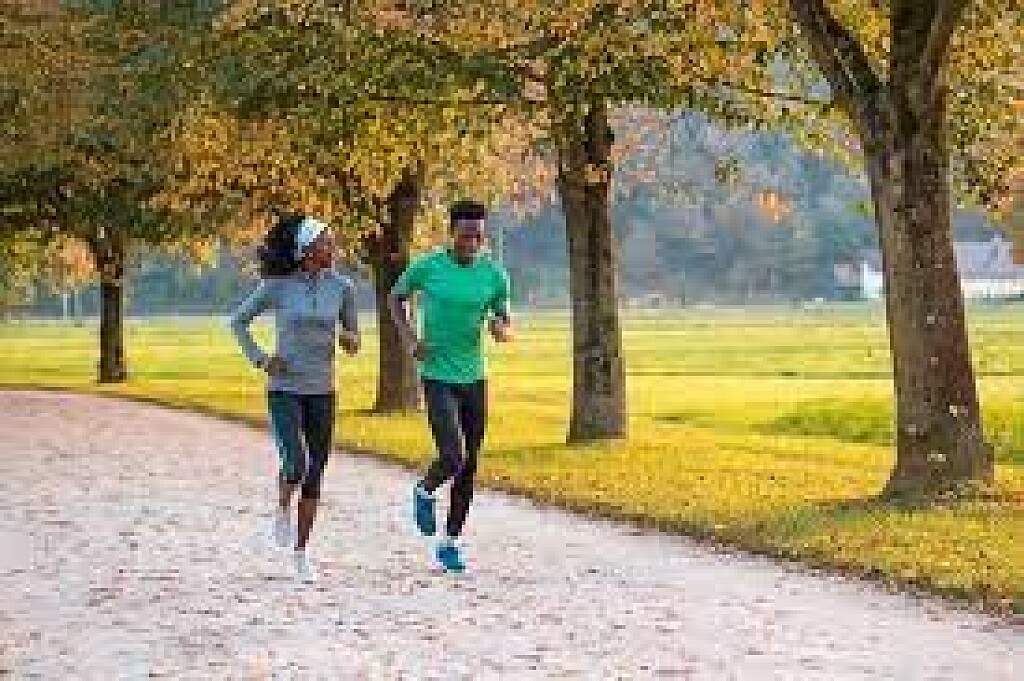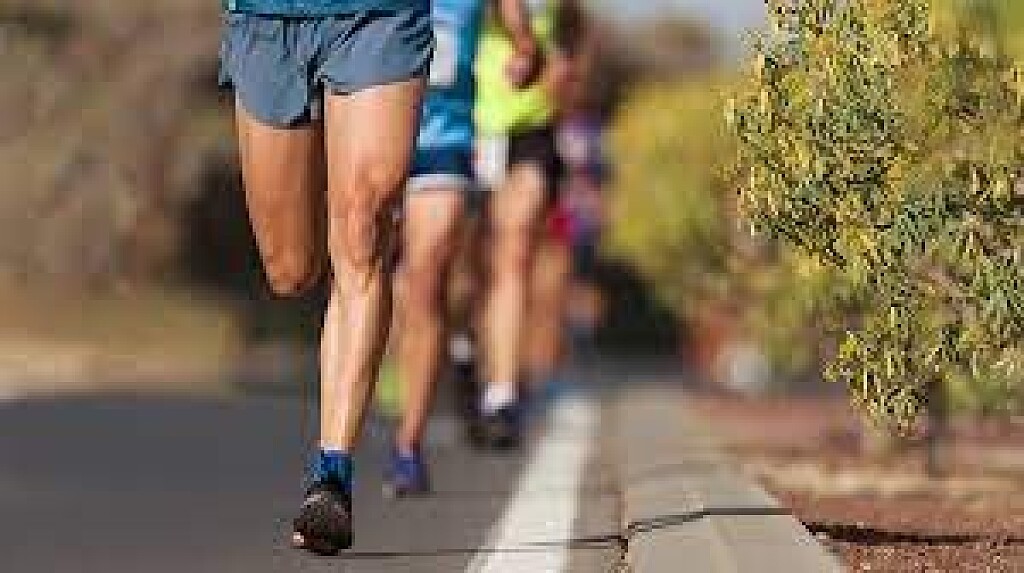Running News Daily
Running News Daily is edited by Bob Anderson in Mountain View, California USA and team in Thika Kenya, La Piedad Mexico, Bend Oregon, Chandler Arizona and Monforte da Beira Portugal. Send your news items to bob@mybestruns.com Advertising opportunities available. Over one million readers and growing. Train the Kenyan Way at KATA Running Retreat Kenya. (Kenyan Athletics Training Academy) in Thika Kenya. Opening in june 2024 KATA Running retreat Portugal. Learn more about Bob Anderson, MBR publisher and KATA director/owner, take a look at A Long Run the movie covering Bob's 50 race challenge.
Index to Daily Posts · Sign Up For Updates · Run The World Feed
Turn Your Running Shoes into Spiked Winter Weapons
If you live in a region where winter conditions-snow, ice, slush-make it tough to run outdoors because of slippery footing, you can invest in enhanced traction so you can keep training consistently. While you can sometimes get by running through snow and slush just by wearing trail running shoes with knobby lugs, there are three ways to improve your running shoes for snowy and icy wintry surfaces, ranging from affordable to relatively expensive.
DIY Running Shoe Spikes for Winter Traction


For about five dollars, you can modify your existing shoes for better traction on ice. An old pair of trainers can get a second life as your winter running shoes simply by inserting metal screws around the perimeter of the outsole to create custom spiked shoes.
How to screw spikes into your running shoes
Go to your local hardware store or home improvement center and buy a small box of -inch #6 hex head sheet metal screws (get at least 8 for each shoe).
Mark out where you'll insert the screws around the shoe. It's best to place them only in the perimeter of the shoe, even though some maximally cushioned shoes have a thick enough midsole that would keep them from poking the bottom of your feet.
Use a 1/16" diameter drill bit to drill starter holes for the screws, or start the process by pushing a nail or thick pin or needle into the first layer of the outsole.
Once the screw is started, use a (powered or manual) screwdriver to submerge the screw into the shoe so the flange is flush with the outsole.
For more aggressive traction, consider getting an Ice Spike kit for about $20-$25, or a La Sportiva Hobnails kit for $59.
It's important to note that none of these DIY options are perfect solutions for everyday winter running, because those screws can fall out or get torn out. But they can usually get you through the season, and that's all most runners really need. However, if you're looking for a hardier solution, try getting a pair of dedicated winter running shoes.
Over Spikes for Winter Running
Like snow chains for your car, after-market over spikes pull over your shoes for better grip. Winter running spikes offer improved traction, though they can feel slighty awkward under your feet, especially on harder surfaces. That's because there is a bit of a disruption of the foot-to-ground proprioceptive connection.
The Yaktrax Pro ($35) is best for running on snowy roads. It provides traction from metal wire coiled around a stretchy elastomer frame that criss-crosses the bottom of the shoe.
Black Diamond's Distance Spike ($99) is great on snowy roads or trails. The spikes are essentially a running-specific crampon device that includes a series of five aggressive metal claws connected by a small metal chain under the shoe and an elastic rubberized frame that is secured over the top of the shoe.
If deeper snow is on the way, try Kahtoola MICROspikes ($75). Almost identical to the Black Diamond product, the Kahtoola MICROspikes are slightly beefier and heavier. Kahtoola also makes a multi-purpose EXOspikes ($63) and a favorite for hard-packed snow, Kahtoola NANOspikes ($50). The Kahtoolas are the best models we've tested, but each is slightly different in its design, so research carefully to identify the best winter running spikes for the conditions you're facing.
Winter Running Shoes for Snow and Ice
Dedicated spiked shoes are best for runners who often find themselves on icy and snowy roads, bike paths and trails. They may be overkill for standard trail usage, however. Though they'll run pretty well on mostly dirt trails, these winter spiked shoes can actually be slippery on trails with a lot of rocks.
There are a few brands that make these specialty winter running shoes, with some of the top models being the Norda 001 G+ Spike ($270), Salomon Spikecross 5 Gore-Tex ($185) and IceBug Pytho6 ($190).
Each of those are rugged trail running shoes that have been enhanced with traction from tiny, carbide tipped metal spikes embedded in the outsole. They're moderately expensive, but if you're only running in them 25 to 50 times every winter, they'll definitely last for many seasons.
(02/26/2023) ⚡AMPby Trail Runner Magazine
Napoli City Half Marathon recap
Napoli City Half Marathon
To the Ethiopian world champion Edris and the Polish Mach the highest step on the podium of the 10th Napoli City Half Marathon
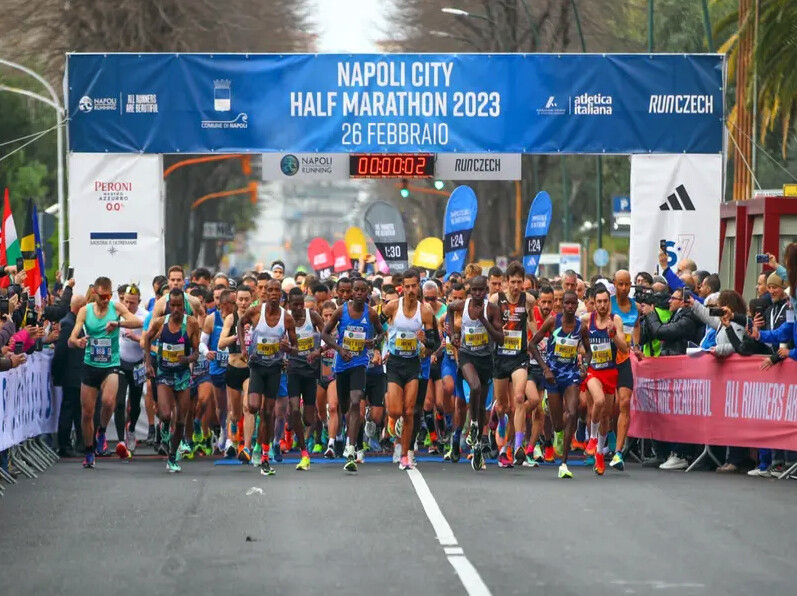
The climate did not betray expectations, it was a perfect day for the almost 5 thousand athletes engaged in the 10th Napoli City Half Marathon that highlighted the beauties of the city even more. From the charm of the Caracciolo seafront with the backdrop of Vesuvius and Capri to the passage on the very fast Corso Umberto before skirting the Maschio Angioino and returning to the finish line at the Sport Expo at the Mostra d'Oltremare, the logistics venue of the event.
In the middle of the fun and the spectacle for everyone there is also the real race, that of the big names who here at the Napoli City Half Marathon came to write their own in the golden register.
MEN'S RACE – Race that immediately decreed the winners who were at a 2’57” pace up to the 10th km, a trio consisting of the Ethiopian Muktar Edris, the Frenchman Mehdi Frére and the Kenyan Dennis Kibet Kitiyo. World champion Edris' first attack at the passage of the 13th km where Kitiyo passed with 23” delay leaving Frére to deal with Edris who did not disregard the anticipations. Confirmed, in fact, the victory of the Ethiopian Edris who cuts the finish line in 1h00’27” (2’51”/km) with a 16” advantage over the Frenchman Mehdi Frére, second in 1h00’43”. More detached the Kenyan Kitiyo who closes his work in 1h02’31” improving last year’s ninth position.
Even in the race of the Azzurri the positions were immediately frozen with Nekagenet Crippa (CS Army) who immediately ran for the highest step of the Italian podium, a goal centered with the time of 1h03’00” (2’59”/km) that earned him the sixth absolute position. They competed shoulder to shoulder up to the 13th km Stefano La Rosa (CS Carabinieri), Giuseppe Gerratana (CS Aeronautica Militare) and, slightly more detached, Xavier Chevrier (Atl. Valli Bergamasche Leffe). The Rosa then amounted a slightly higher pace that earned him the finish line in 1h04’35” with a few seconds in advance on Gerratana who with in 1h04’48 completes the blue podium.
“I am very pleased with the route I am doing being full load of miles for the marathon. I missed the final a little and I also suffered the wind. Now I still have three weeks before the Acea Run Rome The Marathon on March 19 and I am sure that my coach Piero Incalza will lead me to be ready for that date,” said Nekagenet Crippa, first Italian.
WOMEN'S RACE - The women's race was more eventful with the Bulgarian Militsa Mircheva who immediately put herself in the lead passing at the 10th km in 33’31" (3'21" / km) with a detachment of 14" on the pursuers, made up of the blue Anna Arnaudo (Battaglio CUS Torino Atl) and Rebecca Gear change at the 13th km where the Mircheva is tallonata by the Mach and at only 3” resists the Lonedo. The race ignites but to pop it up, with only one second of advantage, it is Mach who cut the finish line in 1h12’34” (3’26”/km) tallonata by Mircheva, second in 1h12’35” after a compelling final sprint. Third overall and first Italian Rebecca Lonedo (GS Fiamme Oro Padova) in 1h14’05” immediately followed by Federica Sugamiele (Caivano Runners) in 1h14’10”. More detached is the other blue Anna Arnaudo (Battaglio CUS Torino Atl) who closes the Italian podium with the time of 1h15’02".
“I really liked the route and also the result, even though the stopwatch didn’t satisfy me. I come from a training period in South Africa where I trained well, now I point at the Stramilano and then at the Italian Championships 10000m", said Rebecca Lonedo, first Italian on the podium.
"We are very pleased with how the event took place’ – said the President of Napoli Running Carlo Capalbo. “Naple presented itself dressed in an extraordinary light, and I am not referring to its beauty but to the fact that the people took to the streets and opened their hearts warmly hugging almost 5 thousand runners, this is the measure of our success. We will grow more and more, we will continue from here to look at the Naples that is projected among the world capitals of podiums," he added. ‘I thank everyone who ran, applauded, worked on this event, especially the volunteers who manage an immense amount of work, always with a smile,’ he concluded.
“We are really happy, we had a greater turnout than last year, this means that Naples is ready to grow more and more. The city responded positively, so many people were on the way to support the athletes, it is nice to give the whole world an image of sporty Naples, inclusive Naples - said the Sports Councillor Emanuela Ferrante -. We hope to have more and more participants and an even faster path that can still give us the glory of a new record.”
(02/26/2023) ⚡AMP
Napoli City Half Marathon
The Napoli City Half Marathon is the most growing running event in Italy. The race, certified by IAAF / AIMS/ European Athletics, is held inoptimal conditions with an average temperature of 10 ° C. From thewaterfront to the Castel dell'Ovo, the Teatro San Carlo to the Piazzadel Plebiscito, the course will lead you through the most fascinatingareas of the city,...
more...10th edition of the 10k FACSA Castelló report
This morning the tenth edition of the 10k FACSA Castelló race was held, in which the presence of elite athletes and the interest of international runners in visiting the city and improving their times stood out. The test has started at 9:00 am and has had a high density of participants who have achieved times under 28 minutes.
The Kenyan athlete Hillary Kiproech has been the first to cross the finish line with an impressive mark of 27:23, although she has not managed to surpass the test record reached in 2022 by Ronald Kwemoi (27:16).The podium was completed by Patrick Kabirech, also a Kenyan, in second place, with a time of 27:26, advancing practically together throughout the race, and Kenyan David Kimaiyo in third place, with the same time of 27:26.
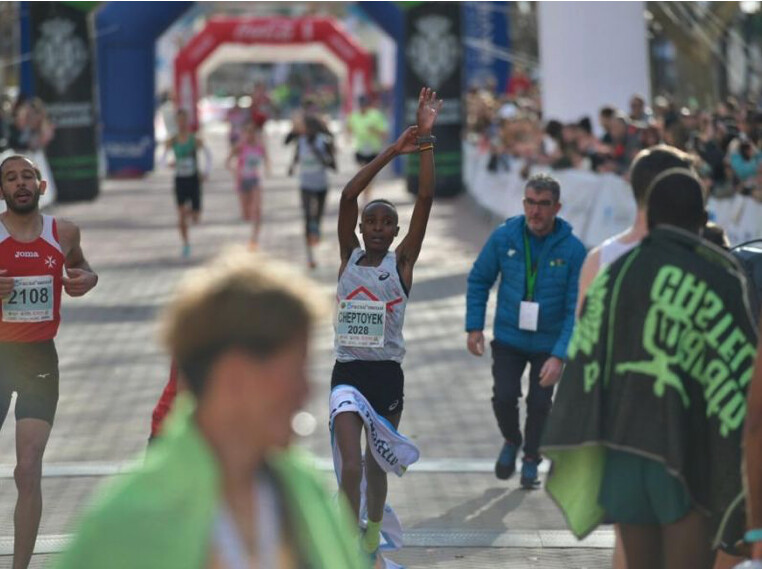
As for the men's category, it should be noted that the German record has been broken thanks to Amanal Petros, fourth classified, with a time of 27:32.In the women's category, the Ugandan athlete Joy Cheptoyek has managed to stop the clock at 30:50, but she has not been able to surpass the record time of Yalemzerf Yahualaw, who set the world record last year (29:14) and therefore , the test record.
The second classified was the Kenyan Edith Jepchumba, with a time of 30:53, and in third place was the Japanese Rino Goshima, stopping the clock at 30:55 and thus establishing a new Japanese record.
Regarding the regional classification of this edition, the winners in the men's category have been Rubén Belloví (30:55), Pablo Alba (30:59) and Guillem Segura (31:04), while in the women's category they have been Vanessa Romero (35:07), Bárbara Ramón (35:31) and Carmen Amaro (37:45).
As for the athletes from Castellón, those who have climbed to the podium are Rubén Belloví (30:55) and Pablo Alba (30:59), and in third place, Alejandro Benages (32:26), while in the female category, the first three positions have been occupied by Nuria Conejos (38:41), Patricia Cabedo (39:58) and Lorena Martínez (40:27).
It is important to note that in this edition, the 10k FACSA Castelló has achieved international recognition, the World Athletics Road Race Label, like its older sister, the bp Castelló marathon, which has revalidated it. Both races are a worldwide benchmark and have attracted more than 3,100 athletes in this edition.
The excellent results obtained in recent years are largely a consequence of the redesign of a circuit that is increasingly faster, straighter and flatter. These results reflect the upward trajectory of the sporting event.
(02/26/2023) ⚡AMP10k Facsa Castello
The 10k Facsa Castello is a sporting event that has grown exponentially to become one of the most revelant of the regional calendar. Every year, more participants! The 10K FACSA Castelló has maintained an exponential increase year after year in the number of registered participants, also accompanied by excellent evaluations by our runners. The test has established itself as one...
more...A Record-Breaking Day at the Osaka Marathon
With five 180˚ turnaround points and serious hills in its last 12 km the Osaka Marathon course isn't the fastest around, but that didn't hold back record-breaking runs in both the women's and men's races. Great conditions, 5˚~7˚C, light clouds and very light winds definitely helped.
The women's race went steadily on 2:22 pace, an early group of six shaking down to just four, Japan's Momoko Watanabe (Tenmaya), favorite Vivian Kiplagat (Kenya) and Ethiopian duo Helen Bekele Tola and Beyenu Degefa, by 30 km with Australian a few seconds behind. Bekele made the winning break, pulling away to win in a course record 2:22:16. Watanabe, who came into the race with a best of only 2:30:42 PB, led Degefa in the home straight but lost out in the last kick. Degefa was 2nd in 2:23:07 and Watanabe 2:23:08 for 3rd, clearing the 2:24:00 auto-qualifying standard for MGC Race Olympic marathon trials qualification.

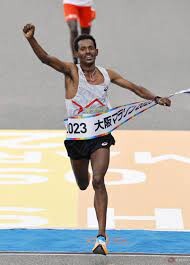
Only getting faster with age, the 43-year-old Weightman ran Kiplagat down for 4th in 2:23:15, beating her PB from last fall's Berlin Marathon by 45 seconds. Weightman is also entered to run next weekend's Tokyo Marathon. Misaki Nishida (Edion) and Yuri Karasawa (Kyudenko) also caught Kiplagat, Nishida taking 5th in a PB 2:25:51 to qualify for the Olympic trials and Karasawa running 2:27:27 in her debut but missing qualification by 27 seconds. The pre-race favorite, Kiplagat fell to 7th in 2:28:44.
The shinkansen effect was in full effect in the equally well-paced men's race, a quartet led by Tomoki Ota (Toyota) running with almost zero variation through 25 km in 1:15:00 and pulling along a pack of almost 50. After Ota stopped at 25 km the pacing over the next 5 km was a bit shakier, but after hitting 30 km in 1:30:13 and the remaining pacers dropping out Eritrean Merhawi Kesete initiated a series of attacks that saw six different athletes take the lead over the hilliest section of the course. Among them was former Toyo University Hakone Ekiden star Kazuya Nishiyama (Toyota), who made moves to the front twice while on 2:06 pace in his debut.
With 5 km to go Ugandan Victor Kiplangat threw off his hat and surged, pulling South African Stephen Mokoka, Tanzanian Alphonce Felix Simbu and #1-ranked Ethiopian Hailemaryam Kiros with him. Behind them a chase trio of Nishiyama and fellow first-timers Charles Kamau (NTN) and Yohei Ikeda(Kao) congealed, all three of them sub-61 half marathoners and on the cusp of hanging on to a 2:06 debut. Kiplangat, 2:05:09 in Hamburg last fall, did all the work up front, shaking off Mokoka and Simbu but unable to get rid of 2:04:41 man Kiros.
With just 200 m to go Kiros surged, taking the win in a 2:06:01 CR with Kiplangat just 2 seconds back. Simbu was 3rd in 2:06:19, but behind him Kamau closed hard to run down Mokoka for 4th, 2:06:37 in his debut to the veteran Mokoka's 2:06:42. Mokoka had a near-miss on the South African NR, finishing just 9 seconds off Gert Thys' 2:06:33 at the 1999 Tokyo International Marathon.
Both only 24 years old, Nishiyama and the Toshinari Takaoka-coached Ikeda were next in 2:06:45 and 2:06:53, each of them well under the old debut marathon NR of 2:07:31 set by last year's Osaka winner Gaku Hoshi. With Nishiyama having dominated Hakone's First Stage at Toyo and Ikeda having been the top Japanese finisher on its most competitive stage his fourth year the relationship between Hakone success and later marathon performance is clearer than ever. 2021 Olympic team alternate Shohei Otsuka (Kyudenko), another Hakone stage winner, closed hard to take 8th in 2:06:57 and make it three Japanese men under 2:07.
Already qualified for the Olympic marathon trials after a 2:11:41 debut for 2nd at August's Hokkaido Marathon, Yugo Kashiwa (Toyo Univ.) ran the 2nd-fastest collegiate time ever, 2:08:11, for 20th. Like Mokoka, Mongolian Jamsran Olonbayar came painfully short of the Mongolian NR, missing Ser-Od Bat-Ochir's 2:08:50 record by just 8 seconds at 2:08:58 for 29th. Tokyo Olympian Yuma Hattori (Toyota) had his best race since the 2019 trials, finishing 34th in 2:09:47, but will have to try again before the end-of-May deadline to hit a trials qualifier. Further back, visually-impaired T11 WR holder Shinya Wada broke his own best with a new world record of 2:24:29.
Including Nishiyama and Ikeda a total of nine men qualified for October's MGC Race Olympic marathon trials, along with Watanabe and Nishida in the women's race. The top 18 went under 2:08 and top 29 under 2:09, both bettering the numbers at the legendary 2021 Lake Biwa Marathon where 15 men were sub-2:08 and 28 sub-2:09. But this year's Osaka came up short of Lake Biwa's depth further down, with only 35 men sub-2:10 versus 42 at Lake Biwa. But with over 50 men on the entry list at Tokyo next week having run sub-2:10 in the last three years the stage is set for something even wilder there.
(02/26/2023) ⚡AMPby Brett Larner, Japan Running News
Osaka Marathon
Let’s run for fun in the shadow of Osaka Castle, the symbol of the city!This is a fun running event, which welcomes international runners from all corners of the global alongside families, friends and Japanese runners; all running together through the colored leaves of Osaka Castle Park on a crisp autumn morning. The fun and pleasure of running is universal! ...
more...Runners set world, state records at Publix Atlanta Marathon
ATLANTA — With nearly 8,000 participants, world and state records were set in the Publix Atlanta Marathon weekend. From distances of 50 meters to 26.2 miles, runners of all ages shattered records.
On Sunday, during the half marathon, Kenyans Nicholas Kosimbei and Dorcas Tuitoek made history. Kosimbei ran the fastest half marathon ever in Georgia shattering the previous mark of 1:03:59 and finishing more than two minutes ahead of his nearest rival with a time of 1:00:36.Tuitoek also shattered the record with a time of 1:08:22 in the women's half marathon race just seven seconds under the Georgia state record set by Molly Seidel last year, who went on to win a bronze medal in the Olympic Games marathon.
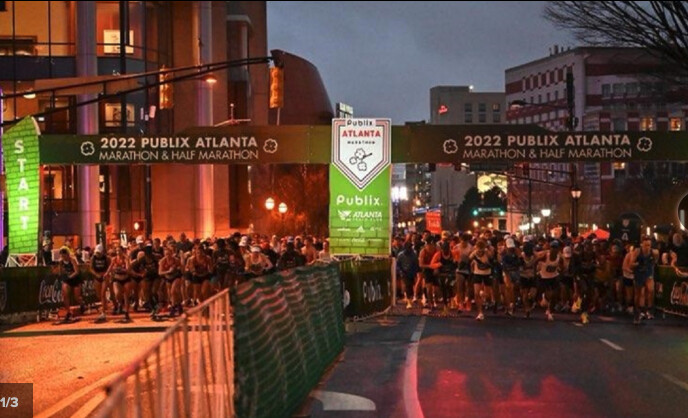
Additionally, Matt McDonald of Cambridge, Massachusetts, finished 6th overall in the half marathon at 1:05:32 and Dakotah Lindwurm of Eagan, Minnesota, finished with a time of 1:12:27. Chris Nasser of Atlanta won the Push Assist Division at 1:17:14.
“It’s fun to run by so many of my old spots,” McDonald said. “Almost every mile, I had some memory of some good time in that neighborhood, whether it was Georgia Tech where I did my Ph.D. or Piedmont Park where I did all my workouts.”
Shlomo Fishman of Silver Spring, Maryland, finished in 1st place in the Atlanta Publix Marathon with a time of 2:37:32.
“At Mile 18, I just decided I needed to get out of the rain,” Fishman said, who ran a personal best in his first marathon victory. “So, I picked it up a little bit and just went for it.”
In the women's marathon race, Amanda Furrer of Bethlehem, Pennsylvania, finished in 1st place with a time of 3:02:47, despite starting in Wave C, eight minutes behind the first non-elite runners. “I was alone for a while, so the cyclist on the course just started telling everyone my name. So people kept cheering for me. It was awesome!” Furrer said.
On Saturday, the 5K was won by Luke Mortensen, 39, of Athens, at 16:11 and Ellen Flood, 24, of Atlanta, at 17:25. Flood is also a former Georgia Tech runner.
Atlanta Track Club also hosted the USATF 5km Masters Championships, with 225 athletes ages 40 and over competing for both overall and age-group titles. Bryan Lindsey, 41, of Zionsville, Indiana, and Jessica Hruska, also 41, of Dubuque, Iowa won the overall titles. A world record was set by 97-year-old Betty Lindberg of Atlanta, a legend of the Atlanta Track Club. Her time of 55:48 set a world age-group record winning her 95+ division and destroying the previous mark by more than 30 minutes.
The 3K Atlanta Publix Kids Marathon was won by 13-year-old Nuriel Shimoni Stoil of Atlanta and 14-year-old Valeria Zambrano of Marietta.
(02/26/2023) ⚡AMPPublix Georgia Marathon
The Publix Georgia Marathon & Half Marathon is the perfect opportunity to visit the city of Atlanta. Atlanta's ONLY marathon, the event is a must do for adventure marathoners looking to cover all 50 states. A true Southeast tradition, you'll experience the spirit of the city as you travel through four college campuses, ten welcoming neighborhoods and dozens of iconic...
more...Smash your spring 5K with this 15/30 interval session
With the spring racing season around the corner, there are less than six weeks to squeeze in speed workouts before race day. If you’re training for a 5K, there’s no better way to prepare yourself to run fast than adding short fartlek interval sessions to your training regimen.
Fartlek (interval) training involves frequent changes in speed and effort, where the total distance and time are structured or random to get you comfortable with a range of paces.
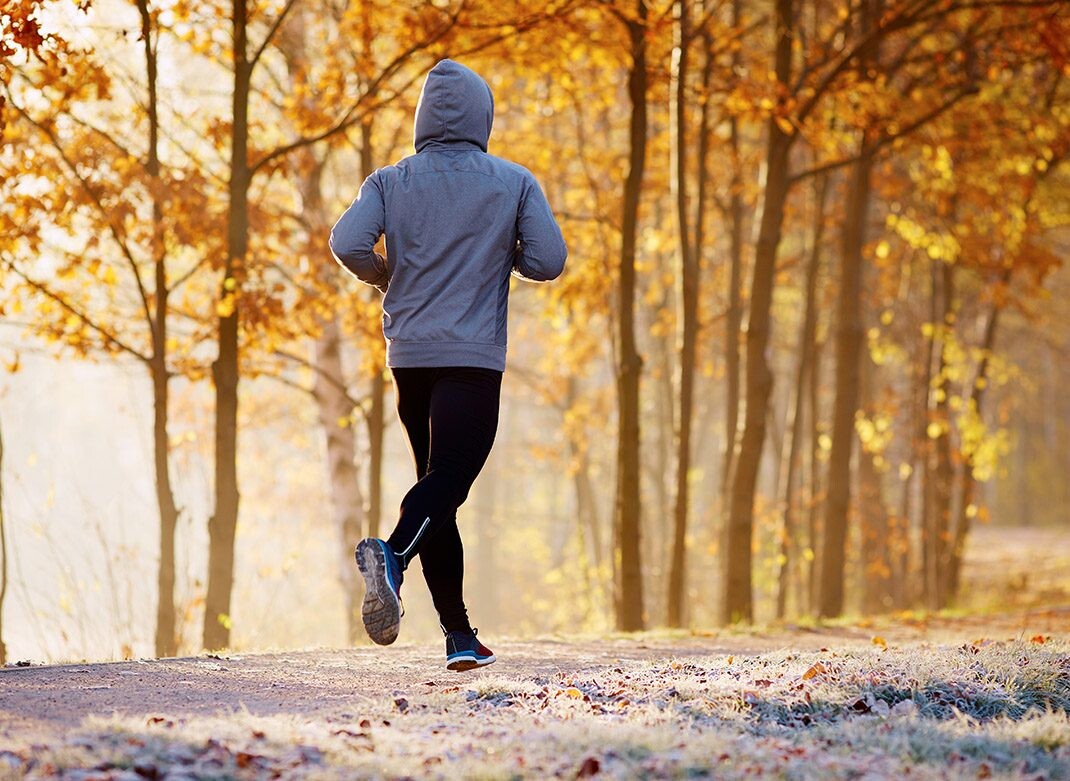
Short interval sessions are great for runners training for a 5K, or generally looking to improve their speed and racing tactics. The constant change of pace simulates the ups and downs of a 5K or mid-distance track race, helping you get comfortable with changing speeds on a dime.
The workout
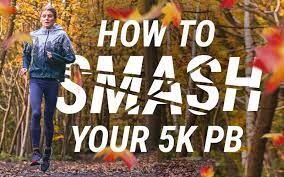
15 to 20 reps of 15 seconds fast, 30 seconds float jog (continuous)
Each 15-second rep should be done at a comfortably-fast pace (at 5K pace or faster)—and the 30-second float should be done at a half marathon/marathon pace, a little faster than you would do easy runs.
The purpose of this workout is to train your body to become more familiar with faster paces on shorter, faster recovery. If training for your first 5K, aim for 15 reps and make sure you start slow. If you need to walk between reps, it’s a sign that you are pushing too hard during the 15-fast or 30-float.
An experienced 5K runner should aim for between 20 and 25 reps to simulate the pace changes of the race. Another great thing about this workout is that it can be done on any surface (road, track or trail), or the treadmill.
Adding one or two fartlek interval workouts to your weekly training regimen will quickly improve your speed and endurance, helping prepare your body and mind for faster efforts on race day.
(02/25/2023) ⚡AMPby Marley Dickinson
Cam Levins has signed with Asics
It is official–Canada’s fastest marathoner, Cam Levins, has signed a sponsorship deal with the Japanese sporting brand Asics.
The 2:07 marathoner spent the entire 2022 season unsponsored, after leaving Hoka in late-2021. His fourth-place finish in the men’s marathon at the 2022 World Athletics Championships was the highest finish by a Canadian in the men’s marathon at a major championship in the IAAF/World Athletics era.
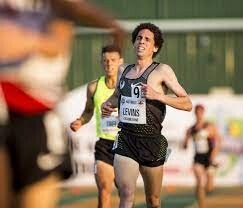
Levins’s time of 2:07:09 shattered his previous Canadian marathon record of 2:09:25 from the 2018 Toronto Waterfront Marathon.
The 33-year-old continued his string of solid performances earlier this month when he smashed the Canadian half marathon record by 42 seconds at the Vancouver First Half, running 60:18. This was the first time a Canadian runner has gone under the 61-minute mark over 21.1 kilometers.

Levins is on the elite list for the 2023 Tokyo Marathon on March 5, and indicated to Kate Van Buskirk on Canadian Running’s The Shakeout Podcast that he’s “ready for something really special there.”
“I am excited to head back to Japan for another opportunity to compete in a major marathon,” Levins said on Instagram.
The last time Levins was in Japan, it was for the 2020 Olympic marathon in Sapporo, where he ended up finishing a disappointing 72nd. “The Olympics were a low point for me,” Levins said in an August 2022 interview. “I felt I was right there, but I realized I was so far behind the best in the world.”
The men’s field for Tokyo features nine sub-2:05 runners, including 2022 Amsterdam champion Tsegay Getachew; London 2021 champion Sisay Lemma and his former training partner and Japanese 5,000m (and formerly, marathon) record holder, Suguru Osako.
Levins currently lives and trains in the Portland, Ore. area, and is coached by Victoria’s Jim Finlayson.
(02/25/2023) ⚡AMP
by Marley Dickinson
5 one-liners to use on runners
Runners are complex individuals. One of the best ways to get to know a runner you’d like to date is by doing the thing they love with them. But how do you break the ice? There are plenty of cheesy running lines out there, but you need to make sure your icebreaker is 1) clever, and 2) effective.
If you are on dating apps, it’s easy to get excited when you come across someone who shares your hobby. Asking a runner, “What are you training for?” or “What’s your Strava?” can seem too forward. Instead, try any of these running-inspired one-liners to spark your sense of humour and showcase your knowledge of the sport.
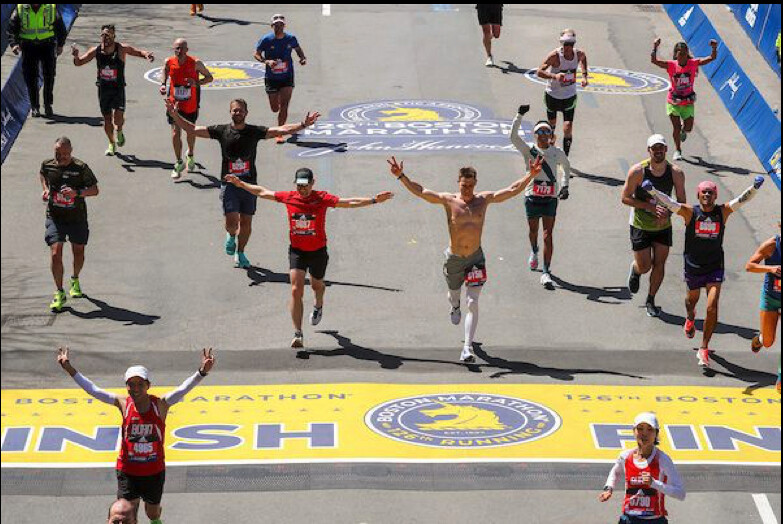
Is your middle name Garmin? Because you make my heart race!
Simple. Witty. What more could you ask?

Roses are red, violets are blue. Do you mind if I come on a run with you?
Who doesn’t love a good rhyme–or a running partner? According to Women’s Health, any fitness challenge between two parties is great for emotional bonding, attraction and motivation. Plus, you get to help each other chase training goals.
Is this a speed workout? Because you just took my breath away!
It might be a bit on the cheesy side, but in our eyes, it’s a 10.
You must be a marathoner, because you’ve been running through my mind all day!
This line could also work on ultrarunners–but they’re likely still out there.
Your PB isn’t the only number I’m interested in.
A personal best can last a year or two, but nowadays, a phone number can last forever… unless they change it.
(02/25/2023) ⚡AMPby Running Magazine
These Phrases May Be a Tipoff for Poor Mental Health in Athletes
New research finds that your self-talk could be an indication of emotional challenges.
A recent study published in the journal Psychology of Sport and Exercise found a connection between athletes with internal irrational beliefs, as shown by negative self-talk, and increased anxiety and depressive symptoms.
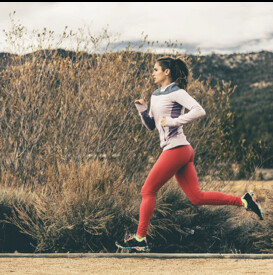
Negative thoughts about sport can also become habitual, which can hinder self-confidence and lead to other mental health struggles.
Experts offer ways for runners to address these negative thought patterns.
Ample research has connected regular exercise with mental health benefits—for example, a study in The Lancet notes that those who work out consistently had fewer days of poor mental health compared to those who don't exercise. However, that doesn’t mean athletes are immune to emotional difficulties.
New research published in the journal Psychology of Sport and Exercise suggests athletes may have unique stressors, including concern about injury risk and anxiety about competitions. To determine how issues like these affect self-confidence, researchers looked at more than 400 athletes across a variety of sports, including a breadth of ages and experience levels.
They found that athletes’ belief systems, and especially beliefs that seemed irrational, were connected to lower self-confidence with increased incidence of anxiety and depressive symptoms. Researchers identified these beliefs through phrases such as “others think I’m not good at what I do, that shows I’m worthless,” or “my position on this team isn’t secure,” or “I’ll never make it.”
When negative self-talk like this becomes habitual, it creates a foundation of self-doubt that skews more thoughts in a negative direction, according to lead author Paul Mansell, Ph.D.(c), researcher at the school of sport, exercise, and rehabilitation sciences at the University of Birmingham in the U.K.
“This creates a maladaptive thought process that begins with irrational beliefs and leads to automatic, negative thoughts that may undermine an athlete’s self-confidence,” he told Runner's World. “This can lead to psychological distress and depression symptoms.”
Becoming more aware of these thoughts can be a step toward identifying mental health challenges, he added. Being able to pivot toward a more rational, self-supportive stream of thoughts can not only be protective in terms of reducing anxiety and depression risk, it can also give an athlete a stronger sense of control, said Mansell.
One starting point to address these thoughts: Envision all the resources available to you—teammates, trainer, coach, therapist, friends, family, and so on—that help you cope with the demands of stressful situations.
It’s also helpful to remember that more positive small talk may actually change your brain chemistry, according to Loretta Graziano Breuning, Ph.D., author of Habits of a Happy Brain. Although she wasn't involved in the recent research, Breuning has studied the way negative self-talk affects hormone regulation.
“When people default to negative thinking, that can increase your level of cortisol, the hormone responsible for stress response,” she told Runner's World. “When cortisol increases, it lowers hormones related to calmness and joy, like dopamine and serotonin. Over time, this becomes an automatic response.”
The mind gets into patterns, she added, and it does take effort to shift in a different direction. She suggested writing down thoughts centering around your exercise or competition performance, because seeing them in such a concrete form can be surprising.
“In many cases, people may not realize how negative they’ve become until it’s right there in front of them,” said Breuning. “Consciously and deliberately changing the way you talk to yourself is an important step not just for your sports performance, but also for your mental health overall.”
(02/25/2023) ⚡AMPby Runner’s World
Hellah Sidibe Runs Frustration into the Ground
The former soccer phenom was burnt out and angry. Then he started running every day, no matter what.
Hellah Sidibe shared his story with producer Sarah Vitak for an episode of The Daily Rally podcast. It was edited for length and clarity.
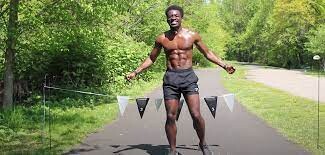
I went into this dark area in life where I was just mad. Why is this happening to me?
It all came down to, all right, I’m pissed at everything, but let me stop making excuses. Just look at myself, and just deal with what I can handle, what I’m in control of. That’s how it started.
My full name is Hellah Sidibe, but I have a nickname: Hellah Good. I got that nickname back in college. I played Division I soccer. Every time I would take the ball and start sprinting down the line, they’d just say, oh, he’s Hellah good.
Growing up in Mali, West Africa, soccer was the number one sport. We just loved playing, and we loved watching the top players on TV. We were trying to play like them: we were trying to score goals and celebrate the way they do.
We lived in an area where there’s dirt, so we would use our feet to trace and make marks. You would literally make the whole soccer field. In order to still see the line, we would go into our kitchens. When we make food, we make food with wood and charcoal. Everybody would fill that up in a can from their house and bring it to the field. The path that we created with our feet, we’d spray that chalky gray-white powder along those lines so it looked like the white soccer lines.
We’d pick teams. Say: you’re Brazil, you’re Argentina. We’d always take the South American teams because they were the best in the world at the time, when I was young. We would pick players, and we would be like, you’re Thierry Henry, you’re Luís Figo. I’d say, I’m Ronaldo Nazário. Sometimes you’d just paint their numbers on your back, on your bare skin.
We would recruit our own team within the neighborhood. The next neighborhood was within a five-minute walk, and we’d go play them. Their neighborhood we would call allez, which is away. And there was no pressure. We did it because we wanted to, and no one was yelling at us.
When I came to the U.S., it got a little competitive. There started being consequences. If you didn’t do something right, the punishment was: let’s make you run. So I got to college, and it added more to that because I was playing under a coach. His mindset was that we might not be the most skillful team in the country, but we’re gonna be the fittest team in the country. It was to a point in that sometimes the track team would joke around and say, are you guys with the UMass track team or the soccer team? Because whenever they went by the field, they’d see us just huffing and puffing.
So I started hating running. I would cramp up in my calves, my lungs would be burning, and my hamstrings would be on fire. I started having a fear of it. It wasn’t a fear where I hated the game, but it was fear of going to practice for that specific reason. You’re getting yelled at like it’s not enough, even though you feel like you’re giving your absolute best.
Out of almost 400 players, I was one of 20 picked up to face the US youth national team. All of those teams were after me: phone calls from teams, telling me, we want this player. We like his skillset. I was approached by Sporting Kansas City my senior year, and they were one of the top teams in the MLS and won the MLS Cup the year that I finished college.
I was told: you’re gonna get picked up in the draft.
There were domestic roster spots and international roster spot at the time. I don’t know if that’s changed; I haven’t really looked into it. It was the rule that only eight international players could be picked up per team, and the rest had to be domestic players.
The assistant coach at Sporting Kansas City was like, hey Hellah, I’m sorry to tell you this, but the reality is right now. We’d rather have a young player that is a U.S. citizen that’s not as talented as you, but we can develop them and we don’t have to worry about the paperwork side of it. But also we can pick up a big European player that can sell jerseys and tickets that can take the spot. Versus, I’m somebody who hasn’t made a name for himself.
He was just telling me the reality. It wasn’t even his decision.
Just seeing that—it is frustrating, and it’s tough. Your goal is to play the game that you love, and it’s getting pulled away from you.
I just started hating everything. I’m not a doctor, but I do think there was some depression looking back. When you’re in that spot, nothing matters. Someone could smile at you or could even want to hug you, and you want nothing to do with that.
It was a looking-at-myself-in-a-mirror moment. What can you do with yourself right now? What are you in control of? I literally had that conversation with myself. Being an athlete, you always fall back on your physical ability because it makes you feel a certain way mentally. You like challenging yourself. You like competing on the field.
I was just like, what are you gonna do now? You tell yourself you’re going to go to the gym every day for a week, and you can’t even last three days. Do something, and hold yourself accountable for once. Be consistent.
So that is what led me in 2017 to when I said, what is a fear of mine that I wanna face? And running was the first thing that hit my mind.
It was a two-week goal of ten minutes a day within the first week. I didn’t care about distance. It was time. I would just start my watch, and then after ten minutes I’d be done, so I’d be just over a mile.
The ten-minute goal wasn’t because I couldn’t do more than ten minutes; it was just attainable. I just knew that it wasn’t so much where I was going to hate it.
That didn’t last more than a week. Even within the first week, I was going as far as four miles, which is way longer than ten minutes. But I would get lost in it. It wasn’t about pace or distance or anything. It was about just being out there in the present moment.
I ran every day for two weeks. And then I said, I don’t want to get ahead of myself, but I can see myself doing this for the rest of my life. Let me do it every day for a year.
And now we’re here, running every day for 1,989 consecutive days. About to hit 2,000 consecutive days. And running across the U.S., doing a hundred-mile race, and still loving it like day one.
When things aren’t necessarily working out in life, it does mean it’s the end of you. It just means that it’s preparing you for something even greater. You just have to focus on what you can control and keep putting one foot in front of the other. Right now, I would not trade this for anything. Nope, I would not.
Hellah Sidibe is a runner, speaker, and content creator. He has run for more than 2,000 consecutive days. In 2021, he ran across the United States. In September of 2022, he competed in the Leadville Trail 100 Ultra Marathon. You can learn more about him at hellahgood.com.
(02/25/2023) ⚡AMPby Outside On Line
I Cold Plunged Every Day For a Month—Here’s What I Learned
One yoga teacher immersed herself in freezing water for 31 days. Here's her advice for how you can do it, too.
For the month of January, Finocchiaro subjected herself to a daily cold plunge in the ocean and chronicled her efforts on TikTok. She had started practicing regular cold water immersions at the beginning of the pandemic, inspired by the Wim Hof method, as a way to help manage her seasonal depression. She saw her mental energy increase with each plunge.
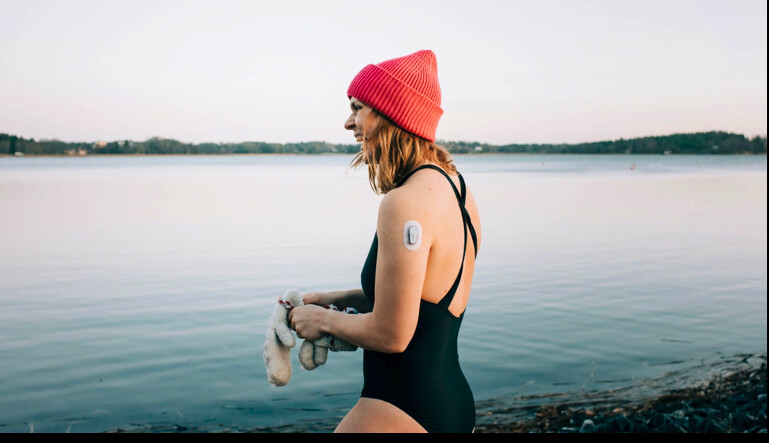
This winter, as a byproduct of her anxiety and the stress of being a small business owner, she saw her mood drop even more. “As soon as you turn your passion into your career, it’s not as easy to relax during a yoga class,” she says. “So, I’ve had to turn to other coping mechanisms for my anxiety and depression.”
In an attempt to better her mental health, Finocchiaro decided to embark on a monthlong challenge of doing a cold plunge every day. She headed to the ocean most early mornings for her immersion although sometimes squeezed her plunges in during the afternoon due to her work schedule. Once on the dock or sand, she would ditch her warm puffer jacket, strip down to a bathing suit, and wade into frigid waters.
For the yoga teacher and studio owner, it’s a part of her day when she’s focused on doing something for herself.
Her elevated mood kept her coming back to the water—even on the coldest days. “Once you’re done with a plunge, you have all this energy,” she says. “For me, it clears my mind and gives me the energy to get through the rest of the day.” Throughout the month of January, she found herself able to forego that afternoon cup of coffee, revitalized instead by her quick dip.
Chris Minson, a professor of human physiology at the University of Oregon, conducts research on thermoregulation—the impact that extreme heat and cold have on the body. While most of his studies focus on the benefits of heat, he says there’s some evidence that a euphoric feeling may follow an acute cold immersion. However, he says more research needs to be conducted on the topic in order to find out more about how long these feelings can last and the mechanisms behind them.
The impact of the freeze may go beyond that feeling of joy. In a new study that has yet to be released to the public, he and his team of researchers found that when looking at a positive-negative affect (i.e. how good you feel about things versus how bad you feel about things), people felt less negative following a brief cold water immersion, he says.
Not ready to subject yourself to a cold plunge? You may be able to reap similar benefits from extreme heat immersion, such as a sauna or hot tub. Evidence suggests that even one session of heat therapy a week reduces rates of depression, Minson says. Ultimately, it’s about find the right kind of temperature treatment for your body.
With her her month-long challenge behind her, Finocchiaro says she’ll still continue to regularly plunge, even if it isn’t every day. “I’m not trying to prove something,” she says. “For me, it’s about connecting to nature and getting outside even when it’s 30 degrees and snowing or raining. It’s about embracing the winter.”
It’s also about introducing others to the joy of cold immersion. During her monthlong commitment, she started leading community plunges with her students after her Saturday yoga class, a practice she plans to continue throughout the winter.
Cold plunging isn’t nearly as simple as a summer dip. Following are a few things to keep in mind if you’re thinking about heading out for an icy immersion.
Your front dive may be gorgeous, but you’ll want to forgo it when entering cold water. Minson says if you immediately immerse your head in freezing water, you’ll experience an instinctive “gasping response,” which causes you to try to breathe in a lot of air. When this occurs in deep water, the possibility of drowning increases. Instead, slowly wade into the water.
While you may be excited (or nervous!) for your cold immersion, Finocchiaro says it’s essential to remain calm in order to avoid hyperventilating. For her, that means moving into the water with presence and ease. “My first few times, I ran in and was so excited, but then I started hyperventilating and couldn’t get myself to calm down,” she says. She alleviated that by walking in slowly and mindfully, drawing on the very same breathwork that she teaches. A meditation practice can also be beneficial in grounding you in the present moment.
Finocchiaro recommends getting used to the concept of a freezing plunge by testing out a cold shower. Even just tacking on a few initial seconds of cold to the beginning or end of your daily rinse can help you acclimate to the frigid temperatures of a cold plunge. If you don’t have access to a body of water, a regular cold shower can also replace a plunge.
Minson encourages his students to try the cold shower challenge by foregoing the typical hot shower for an icy one. While many of the students stop taking the cold showers after the challenge, a few report that they continue for the sense of elation after the ritual.
Your cold plunge doesn’t have to be (and shouldn’t) be lengthy. Finocchiaro says she’ll typically stay in the water for no more than a minute or 90 seconds. It won’t take long for you to feel the affects.
(02/25/2023) ⚡AMPby Outside On Line
How to Achieve Your Running Goals? Become an Aerobic Monster.
OlympYou’re a busy person who wants to optimize every minute of training to achieve your goals.
I can help you. I’ve coached Olympians, national- and world-record holders, and national and NCAA champions. Each reached the pinnacle of the sport by making the most of the miles they ran while avoiding injury and burnout. To do that, you need to understand the demands racing requires of your body and train effectively to adapt your body to meet those demands.
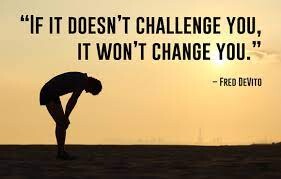
The races that most runners train for are almost entirely aerobic events. Yes, even the mile or the 5K. To succeed at those distances, you need to be able to sustain a hard pace for several minutes, and often for more than an hour.
You need to be an aerobic monster.
I like to explain this idea by talking about a common race goal. Many of the women I coached collegiately wanted to break 5:00 in the mile. I would ask: “Can you run 75 seconds for one lap of the track? Of course you can, pretty easily. How about 2:30 for two laps? Yes, but it’s starting to get hard. How about 3:45 for three laps? Now that’s getting really hard. Could you then run a fourth lap in less than 75 seconds? Almost certainly not right now.”My point was that a short segment at your desired race pace isn’t a big deal. (If it is, you probably need a less ambitious goal.) If a reasonable goal for you is to break 20:00 for the 5K, then running 400 meters in 1:36 or 800 meters in 3:12 won’t be a major strain. You have the basic speed to run that pace comfortably. It’s sustaining the pace that’s the challenge. Being able to do that requires training that builds your high-end aerobic capacity. That’s what I mean by being an aerobic monster.
So, what does this mean in practical terms? Mileage isn’t everything, but most runners will become stronger aerobically by carefully and gradually increasing the volume of running they can handle. Increasing your mileage from year to year while still being able to hit your times in workouts and races will improve your VO2 max (ability to pump a lot of blood to working muscles), lactate threshold (ability to clear lactate and therefore not have to slow), and running economy (amount of oxygen needed to hold a certain pace).
By “handle” mileage increases, I mean being able to run at something more than a crawl without getting hurt or worn down. A little extra soreness or tightness is common at a newly higher mileage. A sharp new pain, soreness, tightness that doesn’t go away once you’re warmed up, is a warning sign. Similarly, if your goal is to run 6:00-per-mile pace for a 10K, but you’re so tired from upping your mileage that you struggle to run a 6:00 mile in training, you’re overdoing it. And if you’re no longer a coherent person during the rest of your day, with no energy for your real-world responsibilities, you’re definitely running too much (says the guy who in college studied standing up because he would fall asleep immediately if he read sitting down).
But there’s more to being an aerobic monster than simply how much you run. Take two runners who average 40 miles per week. One might run almost the same distance every day at about the same medium-effort pace. He’ll be a decent aerobic athlete. Another’s week might include a long run, a tempo run, and some shorter recovery days. She’ll be an aerobic monster.
Long runs and tempo runs are key to building your ability to hold a strong pace. I’d much rather have you run 12 miles on Sunday and four miles on Monday than eight miles each day. Tempo runs are especially effective at raising your lactate threshold, the point at which your effort goes from aerobic to anaerobic, causing you to slow in the next few minutes if you tried to keep holding a given pace. A steady diet of tempo runs will make you able to run aerobically at a faster pace and will lengthen the time you can hold that faster pace. A bonus: As you become more of an aerobic monster, your everyday runs will get faster at the same effort level, leading to that much more of a training effect.
To get an idea of what this all means in practice, consider the training of Heather MacLean, an Olympian I coach who was ranked ninth in the world in 2022 at 1500 meters.
Heather’s longest race lasts just four minutes. Yet much of her training before her peak racing season could be confused for that of a 5K or 10K specialist. For most of the year, she does a weekly long run and regular tempo workouts. Why? Because the same principle that was true for the collegiate runners who wanted to break 5:00 for the mile is true for Heather to break 4:00 for 1500 meters. (Her best is 3:58.)
The average pace to do so—64 seconds per 400 meters—isn’t a challenge for her to hold for one lap. What she needs is the ability to run the first three laps of the three-and-three-quarter-lap race aerobically, so that she can sprint against the best in the world in the final 300 meters. How did she get there? In large part, not by running all-out 400-meter repeats twice a week, but by the steady accumulation of long runs and tempo runs for months on end.In a typical year, one of Heather’s main targets is the outdoor U.S. championship in late June or early July. On that schedule, it’s only in April and May that her workouts start to look more like what you might expect for a world-class miler. But even then, she still does a good long run most weeks, and many of her track workouts include long repeats at 5K race pace. If she doesn’t have a tune-up race in a given week, she’ll usually do a tempo run. All of these elements preserve the aerobic monster status she built in the previous several months
You’ll know you’re becoming an aerobic monster when your training starts feeling more doable. You’ll find you’re finishing your long runs at a good pace, rather than hanging on and hoping they’ll end soon. On hard sessions, you’ll definitely be working hard, but you’ll feel stronger while doing so, and you’ll recover more quickly between repeats. You’ll simply feel more capable than before; any given run won’t seem to take as much out of you.ian and veteran elite coach Mark Coogan's central advice on making the most of your miles
(02/25/2023) ⚡AMPby Outside On Line
Five home remedies for faster recovery
Recovery is key for all runners. The faster you recover, the sooner you’ll be able to hit the road again and get back to training. Now, there are plenty of things you can do to promote recovery, and while some of them can get pricey and may not be accessible (like massage guns), there are a lot of options you can do at home on your own. Here are five things you can do to give your body the best chance at recovering well and recovering quickly.
1.- Warm-up and cool down
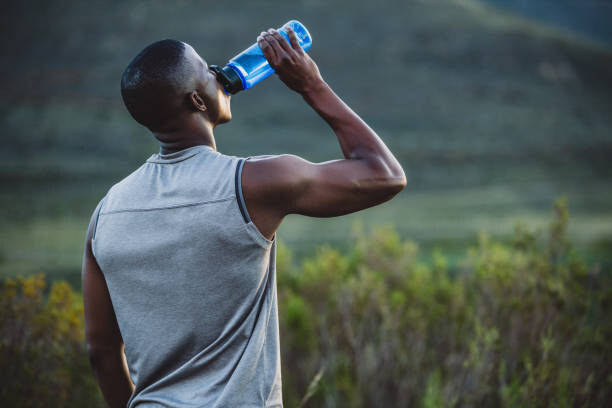
This is so simple, you literally just have to tack on 15 minutes of running before and after your workout, but it’s a difficult sell for so many runners. We get it, when you start your run, you just want to get right to it, and when you finish, you want to get home, but bookending your workouts with just a few extra minutes will go a long way in helping you recover. Do your body a favour and commit to your warmups and cooldowns. You won’t regret it.
2.- Keep hydrated
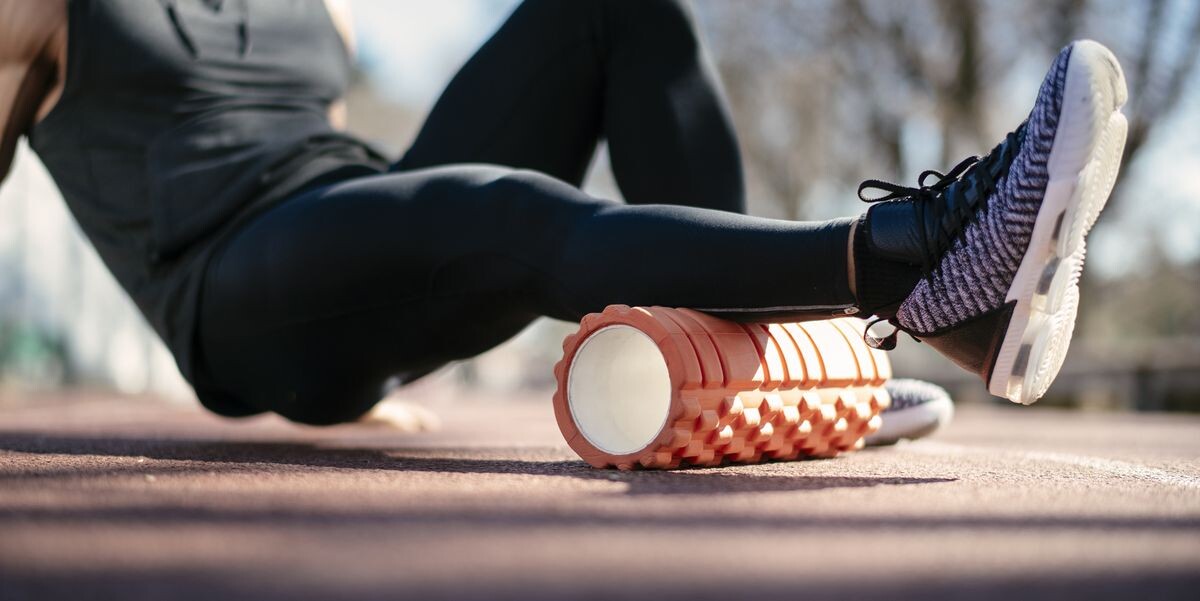
Another easy but extremely important thing to do post-run is to drink water. If you finish your run at home, the first thing you should is grab a glass of water. If you’re running on the treadmill or at the track and have to drive home after your workout, plan ahead and pack a bottle so you can rehydrate on the way.
3.- Prioritize sleep
We know you’ve heard this before, but it’s worth repeating: sleep is so important. Getting seven to eight hours of sleep is essential for non-runners, but it’s especially key for you. Sleep is when your body does its best work in repairing itself after the strain you put it through during the day, and getting solid rest is essential to your recovery.
4.- Eat
Just like your post-run glass of water, it’s a good idea to eat something soon after you get in from a workout. If possible, find something with protein and carbs. Both of these will replenish the energy you used up during your run and aid in your body’s rebuilding and recovery.
5.- Foam roll
If you have a foam roller, use it, and if you don’t have one, consider changing that. Rolling out your legs (and any other body parts that feel tight) is a great way to prime your legs for a good recovery and get them ready for your next workout.
(02/24/2023) ⚡AMPby Ben Snider-McGrath
The Zurich Marató Barcelona gets the IAAF Gold Label for 2023
The Zurich Marató Barcelona is in luck. The Barcelona Marathon takes another step forward in its quality status and achieves for the next edition in 2023 the highest distinction awarded by the International Association of Athletics Federations (IAAF) to athletics road races, the Gold Label. This race meets all the requirements to be part of this select club of athletics events.
Undoubtedly, it is an important impulse for a race that gathers thousands of participants from all over the world. This distinction will represent a qualitative leap for the race and, above all, a reward for the work carried out over the last years by all the groups involved in the organization of this event. Likewise, with this quality label, the city of Barcelona strengthens its organizational capacity for massive sporting events.
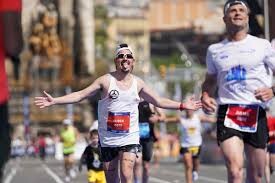
Requirements for this distinction
When a race is awarded with Gold, Silver or Bronze Label, quality and comfort parameters are guaranteed for all participants. In order for the IAAF to award these labels, races must meet a series of conditions, such as having previously received the Silver Label and in 2022 an Elite Label, which is the case of the Barcelona race.
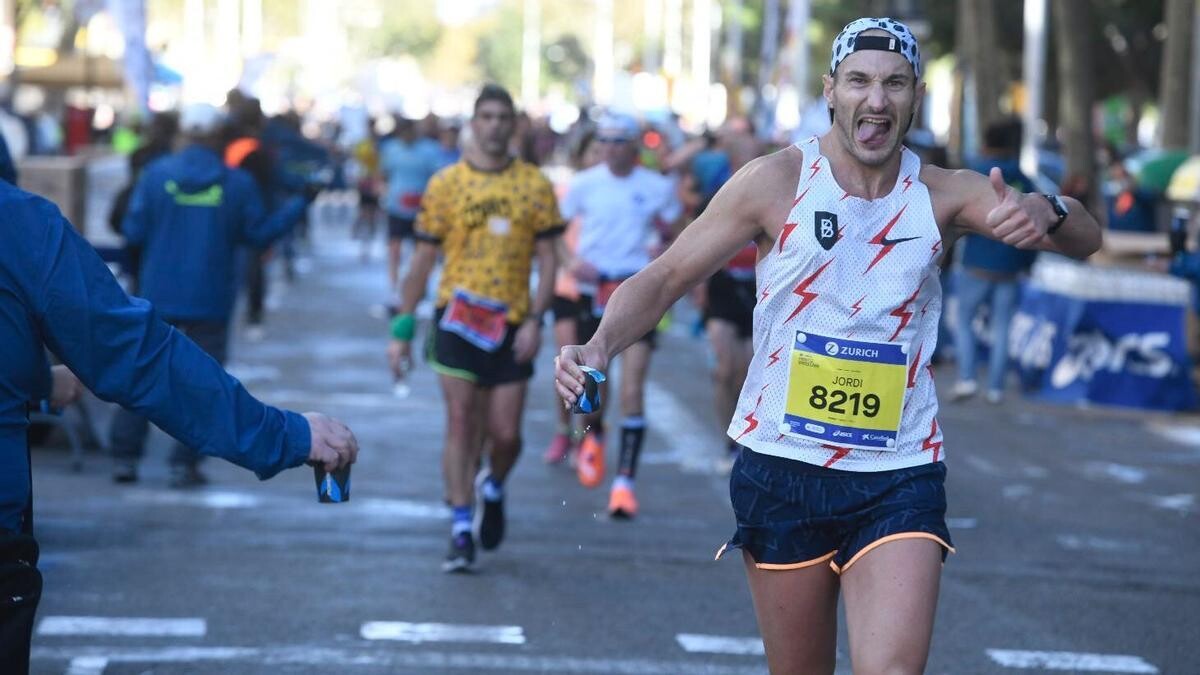
One of the most demanding requisites is to guarantee the high sporting level of the elite athletes. Events with a major elite, but also with high-level services for popular runners (refreshment points, physiotherapy and recovery services, etc.).Also, the Zurich Marató Barcelona has the World Athletics International Measurement Certificate, which means that all the times will be recorded in the race will be recognized by World Athletics and will count towards the World Ranking.
Sporting requirements for Gold Label racesGold Label races must have at least five athletes per gender (regardless of Country/Territory) with Gold Label status or above on the start list. These are athletes who are classified as gold level elites. These athletes must, at the same time, meet a number of sporting requirements in recent months in IAAF competitions.
For events of this category, this implies the guarantee of a high competitive level. In addition, 10 doping control tests will be carried out, 5 for men and 5 for women.
Zurich Marató Barcelona will return to its traditional date next March 19. A date strategically chosen so that its participants can live in Barcelona the best possible experience: a flat, fast, 100% urban circuit, with the perfect weather to run and together with thousands of participants from all over the world.
(02/24/2023) ⚡AMPZurich Marato Barcelona
The race is popular both with pro athletes and amateurs and provides a unique running experience in and around Zurich. The route runs for the most part along Lake Zurich and consequently is not only attractive as a sports event, but also visually. The start and finish lines are at the upper lake basin and go through downtown Zurich, which...
more...Three-time NCAA champion in the 3,000m steeplechase Allie Ostrander signs with Kilian Jornet’s NNormal brand
American steeplechaser Allie Ostrander announced on Wednesday that she has signed with Kilian Jornet‘s new outdoor sports brand, NNormal. The partnership comes after Ostrander took a one-year break from professional running. In addition to the news of her new relationship, it was announced that she is transitioning from track to trail running in the coming season.
Ostrander had a very successful NCAA career with Boise State University in Idaho, winning three straight NCAA titles in the 3,000m steeplechase. In 2019, she turned pro and signed with Brooks, but her promising career was put on hold following a string of injuries and a struggle with an eating disorder.

She made a comeback in 2021, attempting to qualify for the Tokyo Olympics, and although she fell short at the U.S. Olympic Trials, she managed to run a 3,000m steeplechase PB of 9:26.96 on route to her eighth-place finish. At the end of 2021, Ostrander ended her contract with Brooks and once again stepped away from professional running so she could put her “mental and physical health first.”
Although Ostrander was not racing during her break, she has continued to be vocal about her struggles with mental health. As she wrote on Instagram, this is a big reason she signed with the team at NNormal, who told her they want to support her athletic endeavours and her mental health initiatives. Ostrander said that the support presented by NNormal was not offered by all brands she met with. She noted that some brands pointed to her past struggles with eating disorders as a reason they were weary to take her on.
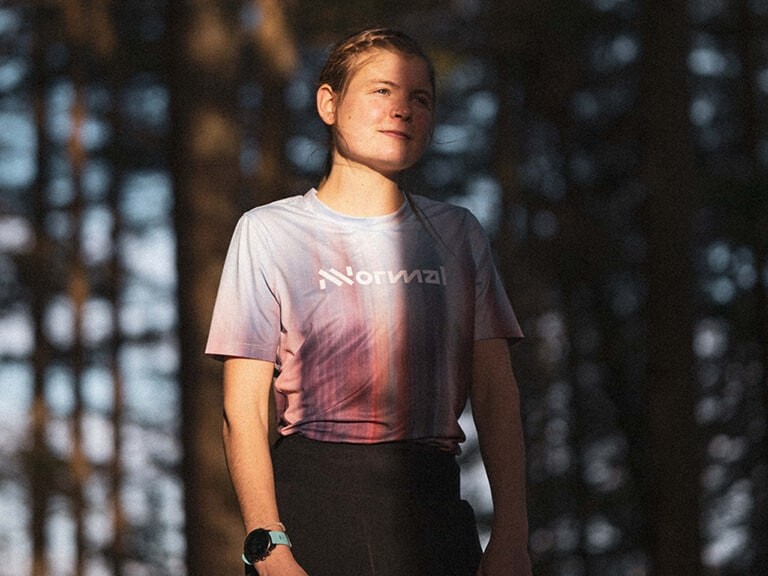
With NNormal, though, Ostrander wrote that she knew it was “a brand that would support me through the highs and lows of sport and that cared about something other than race results.” She has yet to announce where she will begin her career as an NNormal athlete, but wherever it is, the running world will be excited to see her back in action.
(02/24/2023) ⚡AMPby Ben Snider-McGrath
Australian high schooler runs 3:55 mile, beating pros
At the first World Athletics Continental Tour Gold meet of the 2023 season in Melbourne on Thursday, a Grade 11 student from Canberra, Cameron Myers, became the second-youngest person in history to break the four-minute mile barrier, at 16 years and 259 days, setting a new U16 world record of 3:55.44.
Myers placed third in the men’s mile at the Maurie Plant Classic, behind 2022 Commonwealth Games 1,500m champion Olli Hoare and New Zealand’s Sam Tanner, and beating a lengthy list of pros, including 2016 Olympic 1,500m champion Matt Centrowitz.
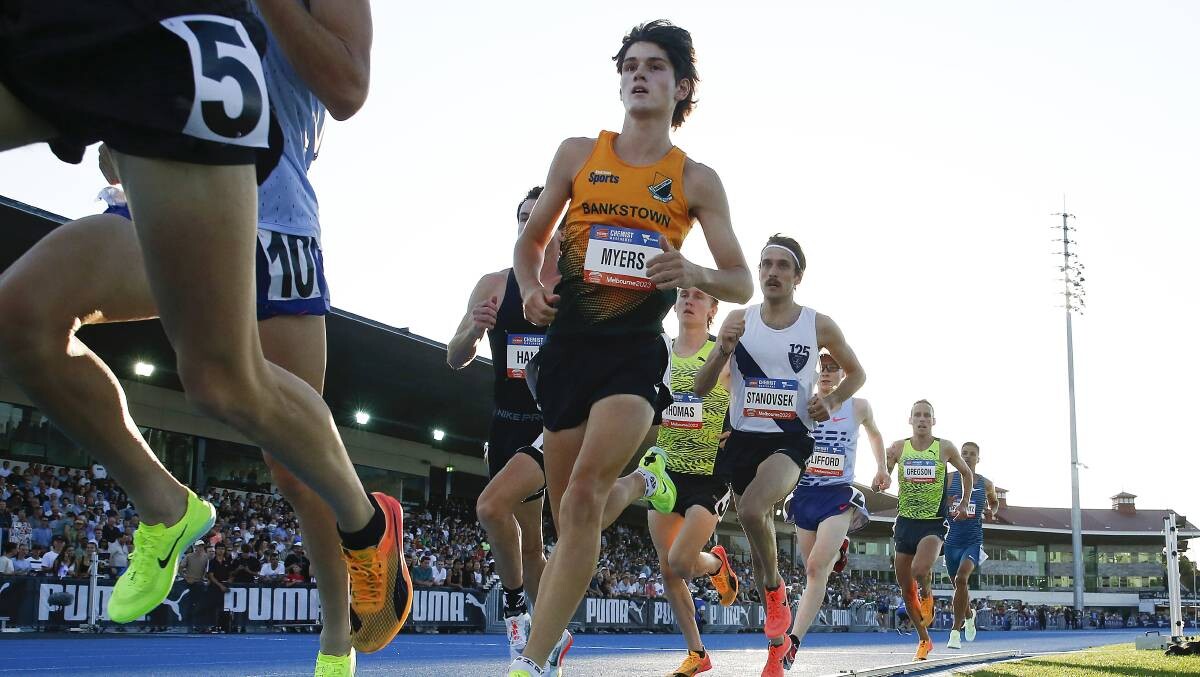
The 16-year-old is the second youngest runner in history to break four minutes in the mile; the youngest was Norway’s Jakob Ingebrigtsen. Ingebrigtsen first went sub-four at age 16 years and 250 days, when he ran 3:58.04 at the 2017 Prefontaine Classic in Oregon. Myers, who is only nine days older than Ingebrigtsen was then, produced a quicker time than Ingebrigtsen when he first went sub-4.
Myers’s run stripped an incredible 12 seconds off his previous mile personal best of 4:07.04. His time also broke Ingebrigtsen’s U16 world record of 3:56.29 from the 2017 Bislett Games in Oslo.
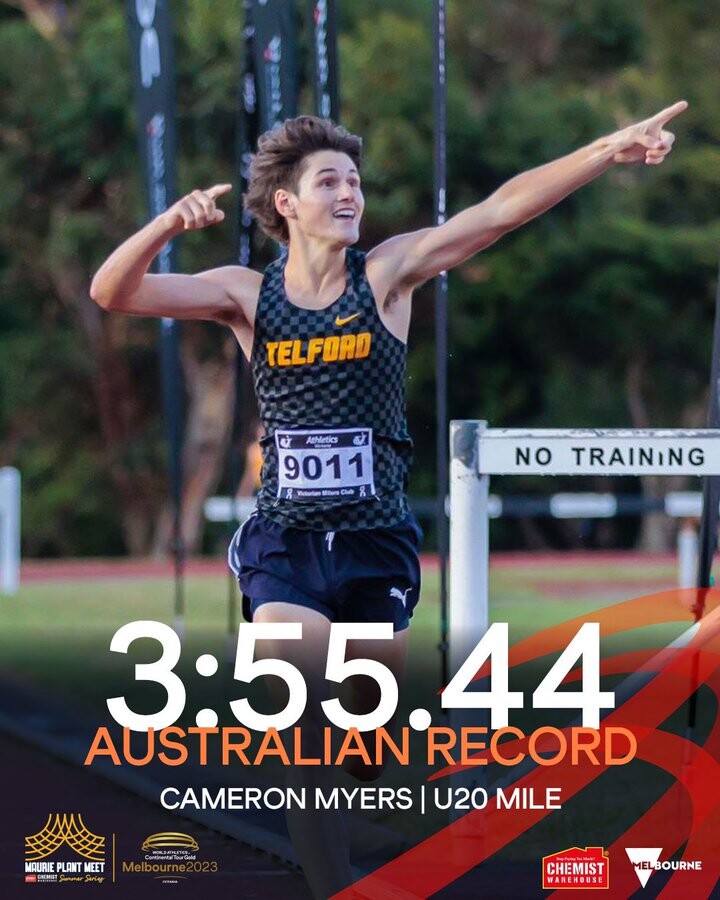
“At 16, it’s impressive to see Myers running better than most college athletes in the U.S.,” said Hoare to reporters post-race. “He’s an amazing talent for Australia moving forward, and I’m excited for him.”
Hoare won the mile in 3:52.24, coming off a bronze-medal performance in the mixed relay team event at the World Cross Country Championships in Bathurst last weekend. Hoare’s time was the third-fastest mile time in history by an Australian.
Two Canadian athletes also competed in Melbourne–John Gay placed 10th in the men’s 3,000m in 8:03.91, while Erin Teschuk was 13th in the women’s 1,500m. Both athletes represented Canada at the 2023 World XC Championships five days ago.
(02/24/2023) ⚡AMPby Marley Dickinson
Joshua Cheptegei will battle Jacob Kiplimo and Galen Rupp at 2023 United Airlines NYC Half
The 2023 United Airlines NYC Half on Sunday, March 19 will feature professional athletes from 17 different countries, including 19 Olympians, 11 Paralympians, and seven past event champions, making it one of the most diverse fields in the race’s history.
The men’s open division will be headlined by Olympic champion Joshua Cheptegei, half-marathon world-record holder Jacob Kiplimo, and Olympic medalist Galen Rupp. Defending champion Senbere Teferi, Olympic and World Championships medalist Hellen Obiri, and three-time event champion Molly Huddle will lead the women’s open division. A trio of past TCS New York City Marathon and United Airlines NYC Half champions – Susannah Scaroni, Manuela Schär, and Daniel Romanchuk – will feature in the strongest wheelchair field in event history, which will also welcome Paralympic medalists Catherine Debrunner and Jetze Plat for the first time.
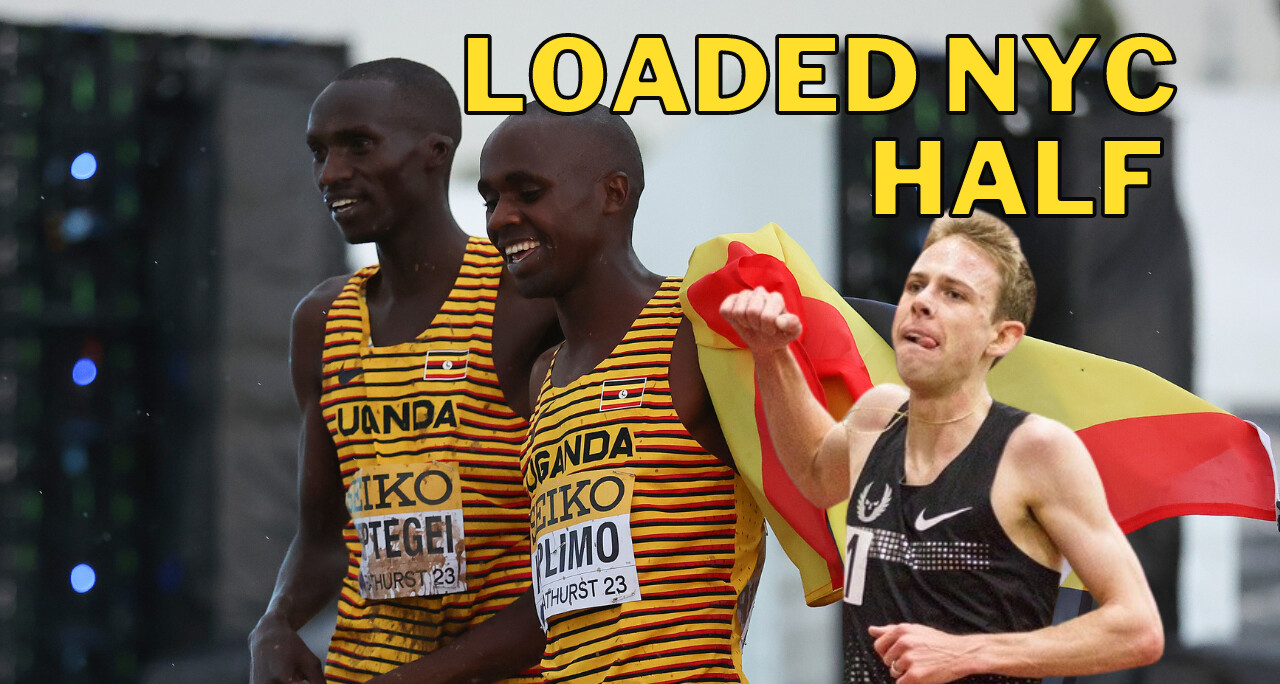
These athletes will lead more than 25,000 runners at the United Airlines NYC Half, which goes from Brooklyn to Manhattan, passing historic landmarks, diverse neighborhoods and sweeping views of the city along the way before ending in Central Park.
Men’s Open Division
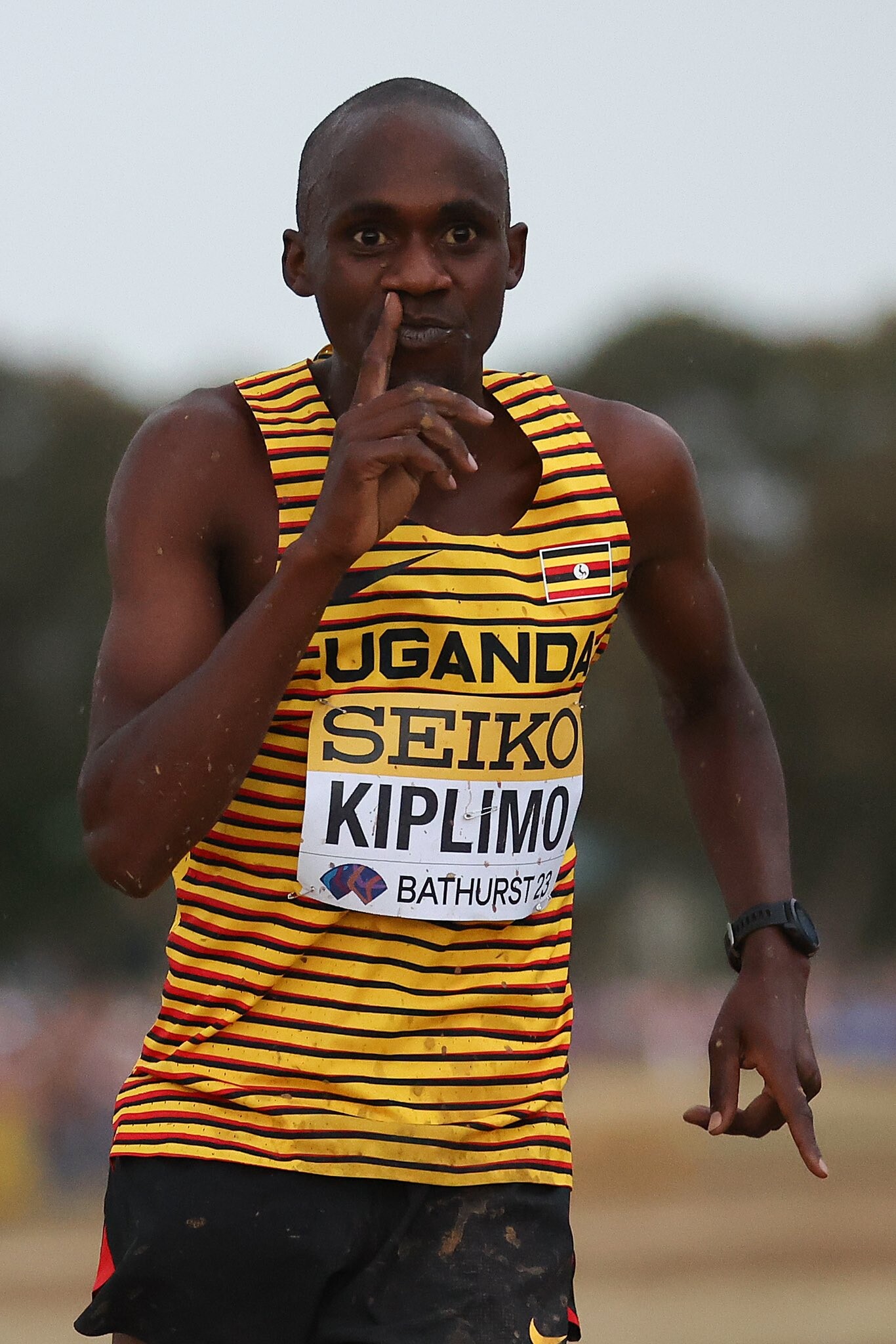
A pair of Ugandans, two-time Olympic and four-time World Championships medalist Cheptegei and Olympic medalist and two-time World Champion Kiplimo, will race head-to-head in the men’s open division as they take on an NYRR race for the first time. At 26 years old, Cheptegei is the reigning Olympic gold medalist in the 5,000 meters and world champion in the 10,000 meters, as well as the world-record holder in both the 5,000 and 10,000 meters. In November 2021, Kiplimo set the half marathon world record of 57:31 to win the Lisbon Half three months after taking a bronze medal at the Tokyo Olympics in the 10,000 meters. Then last year, the 22-year-old won bronze in the 10,000 meters at the World Championships. He won the gold medal, ahead of Cheptegei’s bronze, at the World Cross Country Championships in Bathurst, Australia, on February 18.
“I’m very excited for my first race in New York City, the United Airlines NYC Half,” said Cheptegei. “One of the primary goals for 2023 is to defend my 10,000-meter gold medal from the World Championships, and this half marathon is an important part of those preparations. The race seems like a great tour of New York City and it’s very cool that we get to run through Times Square. There’s so much running history in New York, and the city has seen so many champions battling it out in iconic races. I want to add to that history.”
“It will be my USA road racing debut at the United Airlines NYC Half next month, and I will try hard to become the first champion from Uganda,” Kiplimo said. “My gold medal from the World Cross Country Championships last weekend shows that everybody will need to be at their best to beat me. I have been told that the NYC Half course is difficult, and a record may not be possible, so I will focus on being the first across the finish line in Central Park.”
Challenging the Ugandan pair will be two-time U.S. Olympic medalist and Chicago Marathon champion Rupp, last year’s United Airlines NYC Half runner-up Edward Cheserek of Kenya, and past event champions Ben True of the United States and Belay Tilahun of Ethiopia.
Women’s Open DivisionTwo-time Olympian Huddle will be racing the United Airlines NYC Half for the first time since taking her third consecutive victory in the event in 2017. Huddle won the race in 2015, 2016, and 2017, with her winning time of 1:07:41 from 2016 setting an event record that stood until last year. The former American record-holder in the half marathon was fifth at the Houston Half Marathon in January, nine months after giving birth to her daughter.
“In a lot of ways, my three-straight wins at the United Airlines NYC Half really began my transition to full-time road racing. I’m excited to return to the race for the first time in six years, with a different mindset towards training and racing since the birth of my daughter,” Huddle said. “I’m inspired to teach her the value of hard work and resilience, and where better to do that than the city that has seen some of my career’s greatest successes?”
Huddle will line up against Ethiopia’s two-time Olympian Teferi, who last year broke Huddle’s event record, finishing in a time of 1:07:35 to win the race, and returned to Central Park three months later to win her first Mastercard New York Mini 10K. She is also a two-time World Championships silver medalist and the 5K world-record holder for a women-only race.
Two-time Olympic medalist and seven-time world championships medalist Obiriof Kenya, three-time Olympian and four-time European Championships medalist Eilish McColgan, andtwo-time U.S. Olympian and 2018 Boston Marathon champion Des Linden will also toe the line.
The event will be covered locally in the tri-state area by ABC New York, Channel 7 with live news cut-ins between 6:00 a.m. to 10:00 a.m. Additionally, the four professional fields will be covered by a livestream, distributed internationally from NYRR’s digital channels, abc7ny.com, and the ESPN App, beginning at 7:00 a.m. ET.
(02/23/2023) ⚡AMPby NYRR Press Release
United Airlines NYC Half-Marathon
The United Airlines NYC Half takes runners from around the city and the globe on a 13.1-mile tour of NYC. Led by a talent-packed roster of American and international elites, runners will stop traffic in the Big Apple this March! Runners will begin their journey on Prospect Park’s Center Drive before taking the race onto Brooklyn’s streets. For the third...
more...Documentaries every runner should watch
If you’re tired of wasting time scrolling through Netflix searching for the right movie or show to watch, we’ve got you covered. There are plenty of movies out there on running, but we’ve selected five of the best documentaries for you to watch. Before you get started on these films, though, be warned: sudden bursts of inspiration are highly likely while watching these flicks, so be ready to feel the need to go for a run after viewing.
The Barkley Marathons: The Race That Eats Its Young
This film was released in 2014, and it tells the story of the Barkley Marathons, race founder Laz Lake and the runners who dream of finishing the event. Producers followed the 2012 event, before which only 10 people had completed the Barkley Marathons, but that number is up to 15 today. The documentary brought this race into the mainstream, and although viewership was likely primarily runners, it captivated non-running audiences as well.
Boston: The Documentary
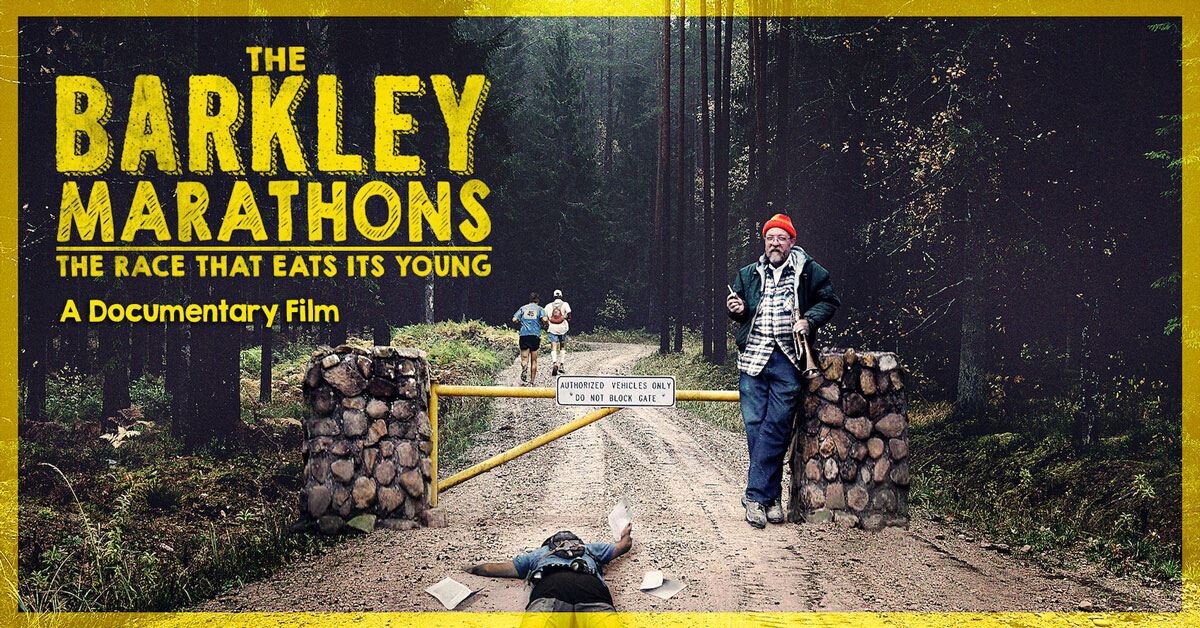
This 2017 documentary covers the history of the Boston Marathon, from its humble beginnings in 1897 right up to modern times. The film, which is narrated by Boston native Matt Damon, follows legends of the race (like the event’s first official female participant, Kathrine Switzer), 2014 winner Meb Keflezighi and four-time winner Bill Rodgers, as well as other past champions. In addition to the race’s history, the documentary looks to the future as organizers worked past the tragic events of 2013 and towards the Boston Marathons yet to come.
The Runner
In Oct. 2022, The New Yorker released a short, 17-minute documentary called The Runner that follows an Indigenous Canadian ultrarunner named Darius Sam. The film documents a 100-mile run in 2020 that Sam set out to complete to raise money and awareness for mental health. Since then, Sam has continued with ultrarunning, and in 2021 he became the youngest male to run the Moab 240, a behemoth of a race through Utah. Sam’s efforts have also led to a whopping $150,000 raised for mental health charities.
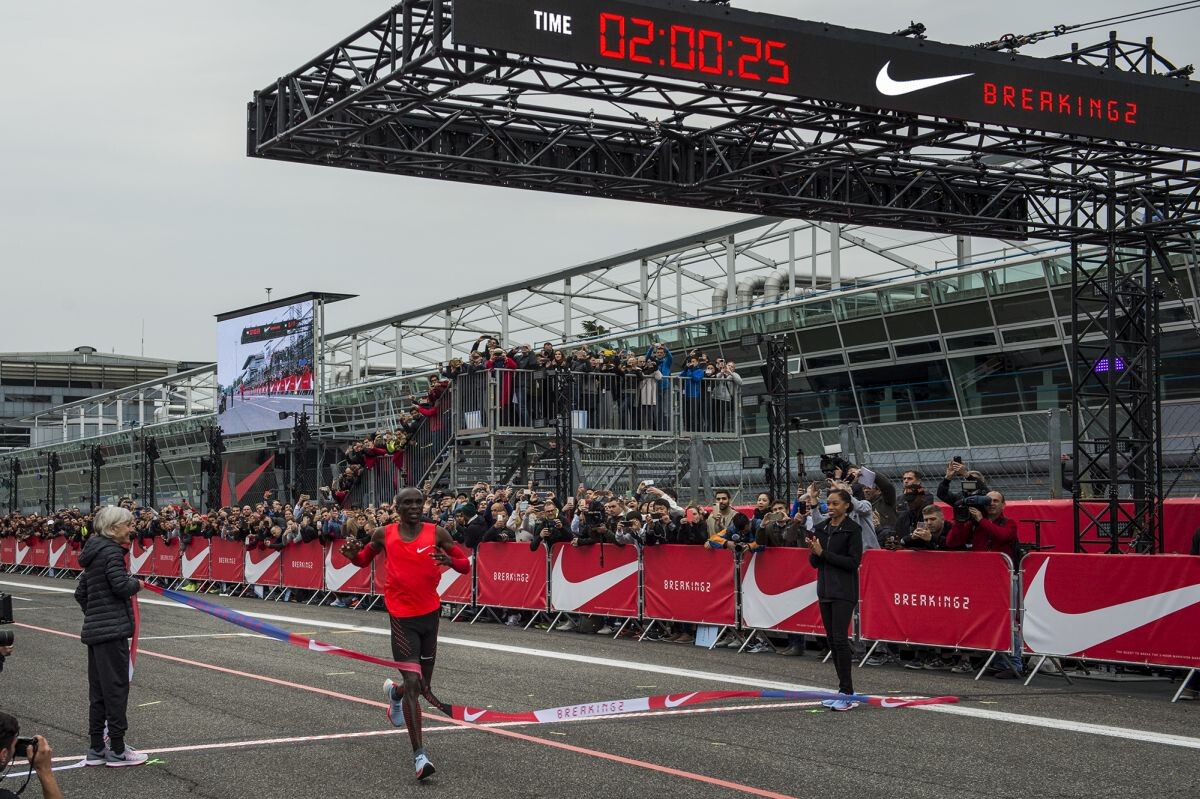
Breaking2
This documentary was produced by National Geographic and Nike, and it followed the build-up to the first-ever sub-two-hour marathon attempt, Nike’s Breaking2 project, in Italy in 2017. The film dives into the lives of the three Breaking2 athletes (Eliud Kipchoge, Zersenay Tadese and Lelisa Desisa), the months of planning that went into the attempt and the run itself. Although it ended up being unsuccessful (Kipchoge ran 2:00:25), it was still thrilling to watch, and the documentary is just as exciting.
Icarus
Although this Oscar-winning documentary is not a running-specific film, it should still be at the top of every runner’s must-watch list. The Netflix film intended to focus on doping and how difficult (or easy) it is to get away with cheating in elite sports, but it quickly turned into a story about doping in Russia, which ultimately led to the downfall of a years-long program that involved countless Russian athletes and sports officials.
(02/23/2023) ⚡AMP
by Ben Snider-McGrath
Seven ways to cram for your spring race
Remember when, a few months ago, you signed up for that race this spring? It seemed like such a good idea at the time! You were going to train consistently, and work so hard. It was going to be great. But now, the race is almost here, and you’ve barely trained. What are you supposed to do? It’s too late to back out of the race, but there’s also next to no time to work in some proper training. But all is not lost; here are a few things you can do to help you get the race done.
1.- Run
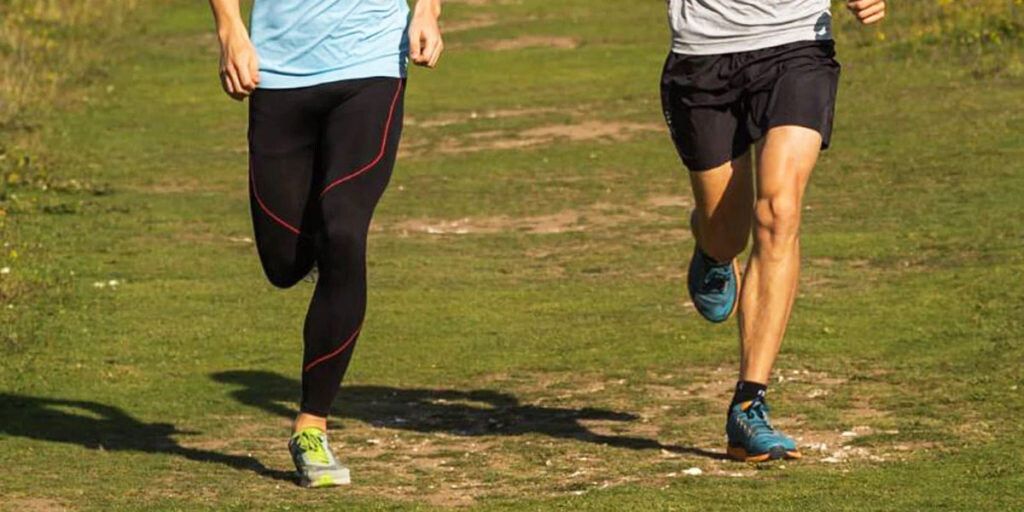
If you haven’t been running much in preparation for this race, then the first thing you should do is start running. Take it easy and use what little time you have left to build up to a respectable distance. Depending on when your race is, you could even throw in a hill workout or two, just to remind your body what it’s like to run hard. Resist the temptation to hammer some extreme workouts–if you’re out of shape, that would just be asking to get injured.
2.- Don’t pack your schedule

At this point, you have to accept that it’s too late for you to change your level of fitness very much before race day–you’re just looking to finish without having to walk. That’s why you should NOT jam-pack your schedule with as many sessions as you can. You may get a bit of a fitness boost from that training, but it will mostly just tire you out before your race. Or, even worse, you could wind up getting injured. So, yes, fit some runs in, but don’t do too much.
3.- Make sure everything works
Use what little time you have left to make sure that all of your gear is going to work well for you. Also take this time to test any nutrition plan you may have for the race, because the last thing you want is to be halfway through your run and to find out that the gel you were planning to use makes you sick. Test everything you plan to use on race day–and soon!
4.- Stick with what you know
The time for trying new things has passed. It’s probably too late to try out different types of gear and new training methods, so stick with what you know and avoid any pre-race mishaps.
5.- Eat well and stay hydrated
You may not be able to boost your fitness much before your race, but you can put your body in the best position for success, by eating well and keeping hydrated, right up to race day. On the day itself, stick to your nutrition plan (which you will already have tested) and take in as much water as possible while on the course.
6.- Sleep
Another way to set yourself up for success is to get plenty of sleep. Force yourself to go to bed a little early, and definitely don’t skip sleep for a training session–adults need seven to nine hours every night. Getting sleep and staying well rested is going to help you much more at this point than any workouts will. Hit the hay, not the track.
7.- Manage your expectations
You may have had a goal time in mind when you first signed up for this race, but after little or no training, you need to re-evaluate and manage your expectations. You can still aim for a specific time, but have a couple of backup goals, so you’re not beating yourself up if you don’t hit the highest one. For example, let’s say you were planning for a PB (and your current PB is from two years ago). You can still make that a goal, but have your backup goal to be to beat your most recent time. A third goal, should you miss those two, could simply be to finish without taking any walk breaks–and a fourth could be to finish, period. It’s important to have something in mind that you can be proud of, even if everything else goes out the window on race day.
(02/23/2023) ⚡AMPby Running Magazine
Iraqi sprint coach receives lifetime ban for drugging athlete
On Wednesday, the Athletics Integrity Unit (AIU) announced the lifetime ban of Iraqi national sprint coach Karokh Salih Mohammed for giving an athlete the prohibited substances stanozolol and clenbuterol without the athlete’s knowledge.
The athlete, Danah Hussein of Iraq, is a two-time Olympian, eight-time national sprint champion and the country’s record holder in the 100m (11.24) and 200m (22.51). Hussein was her country’s flag bearer at the London Olympics in 2012.
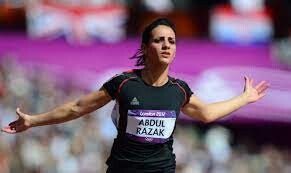
Hussein tested positive during an in-competition urine test following her gold medal-winning finish in the 100m final at the Arab Championships in Rades, Tunisia, on June 17, 2021. She qualified to represent Iraq at the 2020 Tokyo Olympics, but was forced to withdraw, due to a provisional doping suspension.
According to the report, Mohammed was advised by a friend of the benefits of using stanozolol and clenbuterol in combination to enhance an athlete’s performance and help them lose weight. He went ahead and purchased the drugs, knowing they were on the Prohibited Substances List.
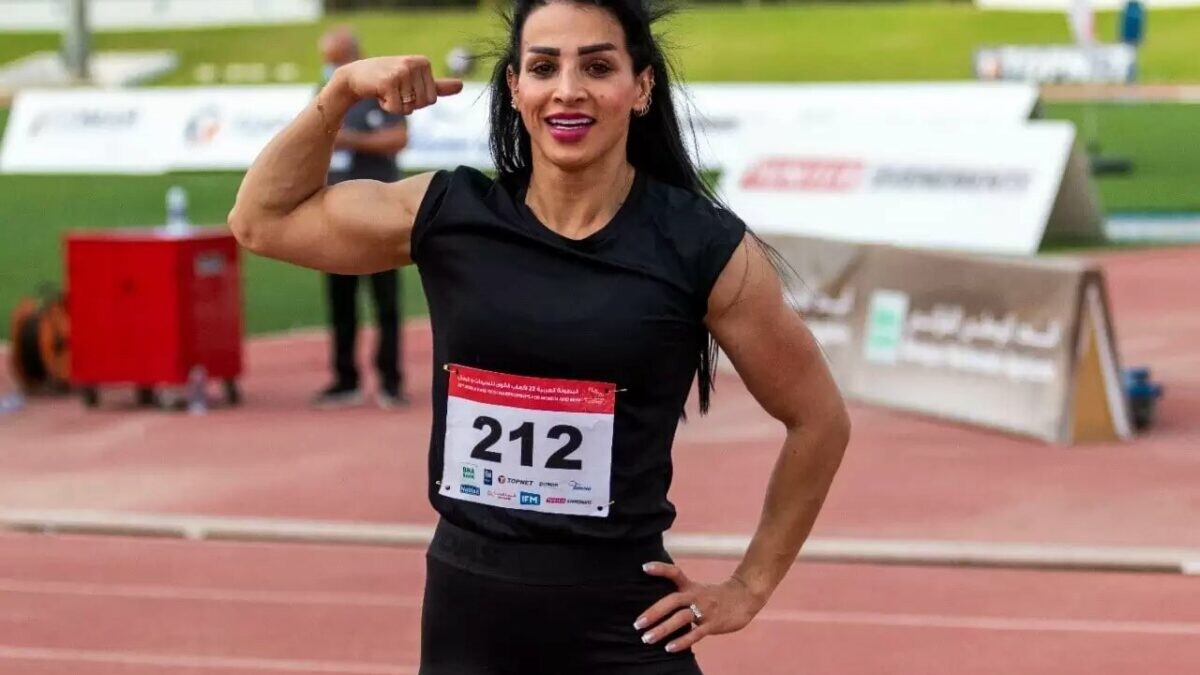
Mohammed said he had presented the pills to the athlete in a vitamin C container immediately before her race on June 17, telling her it was something that would relax her and help relieve pain.
The report says Mohammed was responsible for giving Hussein daily training doses for more than two years, as well as nutritional supplements and vitamins without the athlete’s knowledge of what she was taking.
Stanozolol and clenbuterol are both prohibited substances under the WADA 2021 Prohibited List.
“The coach has fundamentally abused his trusted position as an Athlete Support Person and admitted to deliberately opportunistic behaviour aimed specifically at doping an Athlete, without her knowledge, to enhance her performance and thereby his own reputation,” states the AIU.
Mohammed receives a lifetime period of ineligibility from the sport, while Hussein serves a three-year suspension effective from 16 July 2021.
(02/23/2023) ⚡AMPby Marley Dickinson
Beau Sado sentenced to life in prison
Ethiopian athlete Besu Sado was sentenced to life in prison after being found guilty of killing her husband. The athlete, her two brothers, & two other suspects were charged with murdering her spouse. However, one of her brothers & the two suspects have not yet been found.
Sado, an athlete, her two brothers, and two other suspects were all sentenced to life in prison for the murder of their husbands.

Adama Athletics Club members Besu Sado, 27, and Teshale Tamru were married.
According to what she allegedly told the BBC, her husband “perform magic on my family, on my mother, on my brothers and on me to keep us from success” which is why she allegedly committed the crime.
According to the accused’s court file, the couple had a financial argument.
She told the BBC that the athlete had a memory of dying before this murder.
The police are still looking for the other three suspects, whose whereabouts are still unknown as of that evening.
According to the BBC, the spouses did not have any children while they were there, but they did own various properties.
(02/22/2023) ⚡AMPSpencer, beloved Boston Marathon dog, dies after battle with cancer
Spencer, a golden retriever who became famous for cheering on runners each year during the Boston Marathon, has died.
Spencer's owners confirmed Tuesday that the "Official Dog of the Boston Marathon" died.

"We told him we loved him, and we thanked him until his last breath," Spencer's owner, Rich Powers said. "He was a gift given to us that we shared with the world, and we just gave it back."
Spencer was 13 years old and in October was diagnosed with untreatable liver cancer. It was the second time Spencer battled cancer, previously having a tumor removed in 2020.

"Throughout all of his treatments, I cannot stress this enough, this dog handled it like champ," Powers said. "He gave us his last gift to not make us wonder for the rest of our lives, 'Did we make the right decision?' We know we made the right decision."
In January, artists unveiled a massive portrait of Spencer at the Fairmont Copley Plaza as he was named the honorary canine ambassador for the hotel.
(02/22/2023) ⚡AMPBoston Marathon
Among the nation’s oldest athletic clubs, the B.A.A. was established in 1887, and, in 1896, more than half of the U.S. Olympic Team at the first modern games was composed of B.A.A. club members. The Olympic Games provided the inspiration for the first Boston Marathon, which culminated the B.A.A. Games on April 19, 1897. John J. McDermott emerged from a...
more...Ruth Chepngetich and Molly Seidel set to race the Nagoya Women’s Marathon
While the London and Boston Marathons will host some of the fastest marathon runners ever, including perhaps the deepest ever women’s line-up in London this April, fans of the sport were wonder where Kenyan Ruth Chepngetich will be racing. We now have that answer.Chepngetich is the top of the bill for the Nagoya’s Women’s Marathon happening Sunday March 12. Chepngetich is the defending champion and the second-fastest marathon runner all-time in two categories: open races, which include men and women as well as the women’s only event. Her bests are 2:14:18 from Chicago 2022 and 2:17:18 from last year’s Nagoya Women’s Marathon. However, she does have competition who will also chase after the $250,000 first place price.
Also in the field is Nancy Jelagat Meto of Kenya with a personal best 2:19:31 from Valencia 2021. American Molly Seidel is toeing the line. She earned a bronze medal at the 2020 Tokyo Olympic Games.
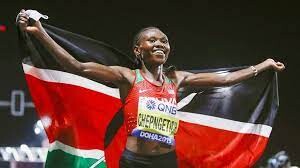
Japan has a rich history in road running and will field a competitive group of athletes including Tokyo Olympians Ayuko Suzuki and Honami Maeda, as well as Mao Uesugi and Mizuki Tanimoto, who renewed their personal best bests at the Osaka Women’s Marathon 2022. Yuka Suzuki, who set the new Japanese student record in 2:25:02 in Nagoya last year is also racing. Many Japanese athletes with high-level performances will round out the elite field including Chiharu Ikeda, Mirai Waku, and Ayano Ikemitsu, will also challenge the world’s top runners. See the complete international list below.
In addition to being the largest women’s marathon in the world and the only all-women World Athletics Platinum label road race, the race has become the marathon event with the largest first palce prize. The winner will take home$250,000 USD. All finishers of the race will receive an exclusively designed Tiffany & Co. pendant. The 2023 race will be held fully open to both domestic and international runners for the first time in three years, after the Japanese government has lifted the Covid-related border restrictions.
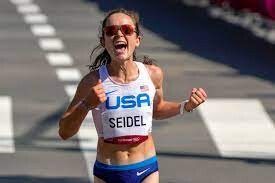
Invited elite athletes
Ruth Chepngetich, Kenya 2:14:18
Nancy Jelagat Meto, Kenya 2:19:31
Ayuko Suzuki, Japan 2:22:02
Mao Uesugi, Japan 2:22:29
Mizuki Tanimoto, Japan 2:23:11
Honami Maeda, Japan 2:23:30
Molly Seidel, USA 2:24:42
Yuka Suzuki, Japan 2:25:02.
(02/22/2023) ⚡AMPby Christopher Kelsall
Nagoya Women's Marathon
The Nagoya Women's Marathon named Nagoya International Women's Marathon until the 2010 race, is an annual marathon race for female runners over the classic distance of 42 km and 195 metres, held in Nagoya, Japan in early March every year. It holds IAAF Gold Label road race status. It began in 1980 as an annual 20-kilometre road race held in...
more...Five tips to help new runners find success
When you first start running, it’s easy to fall into the trap of thinking that the sport is simple. You just have to run, right? Well, just because the sport itself isn’t incredibly complex doesn’t mean that there isn’t a lot to learn. We can’t get into teaching you everything you need to know as a new runner right here and now, but we do have a few tips that will help you find success in running if you follow them.
1.- Do your warmups and cooldowns
Please don’t skip these. We know you want to, but don’t. If you always force yourself to warm up and cool down properly you will greatly lower your chances of getting hurt. We know that as a new runner you may not be running all that far each workout, and because of that, adding 10 or 15 minutes to either end of the session will seem like a lot, but it’s so important that you do it. Plus, if you get into the habit now and warm up and cool down every workout, it won’t feel like as much of a chore as you progress in the sport since it’s what you’ve always done.
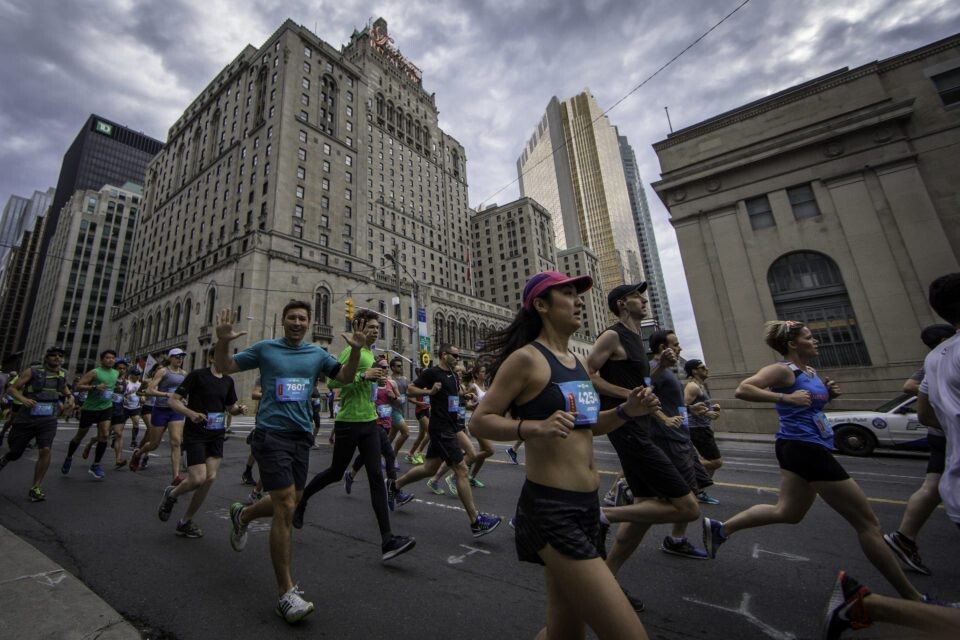
2.- No pressure
Don’t put too much pressure on yourself. We know that you want to get faster and perform well in workouts and at races, but try to remind yourself that your times and results aren’t that important in the grand scheme of things. By all means, set goals for yourself, but don’t stress if you fail to reach them. The great thing about running is that there will always be another workout and another race for you to enter, so it’s no big deal if you fall short every now and then.

3.- Find your gang
Run with other people. Whether you get a single running buddy or join a running club, finding other runners to hit the road, trails and track with you will make things way more enjoyable. However, you shouldn’t feel pressured to run with someone else all the time. Save some days for solo runs (if that’s what you want) and dedicate a few to your running buddy or group.
4.- Enter a race
Most runners are probably keen to race, but there are some people out there who only want to run for fitness. That’s great, but trust us, it’s way more fun to race. Even if you think racing isn’t for you, just give it a try. Enter a local 5K and get a feel for it. If you really don’t enjoy the experience, you can check it off your bucket list and leave racing in the past, but we’re willing to bet that you will fall in love with the atmosphere and the competition.
5.- Listen to your body
It’s easy to get caught up in training and convince yourself that all of your hard work will go to waste if you miss too many workouts. That’s not the case, and if you feel like your body needs a break, it’s best to give it one. If you ignore the signals your body sends to you and push onward, you’re apt to get injured (at which point your progress in training really will disappear). Don’t be afraid to take some days off.
(02/22/2023) ⚡AMPby Ben Snider-McGrath
Reigning 100m world champion Fred Kerley signs with Asics
World champion and Olympic medalist Fred Kerley announced on Monday that he has signed with Asics for the 2023 season. Kerley is coming off an amazing couple of years that saw him win Olympic silver and world championship gold in the 100m. He will don his new Asics kit for the first time this week in Melbourne at the World Athletics Continental Tour Gold.
A new look
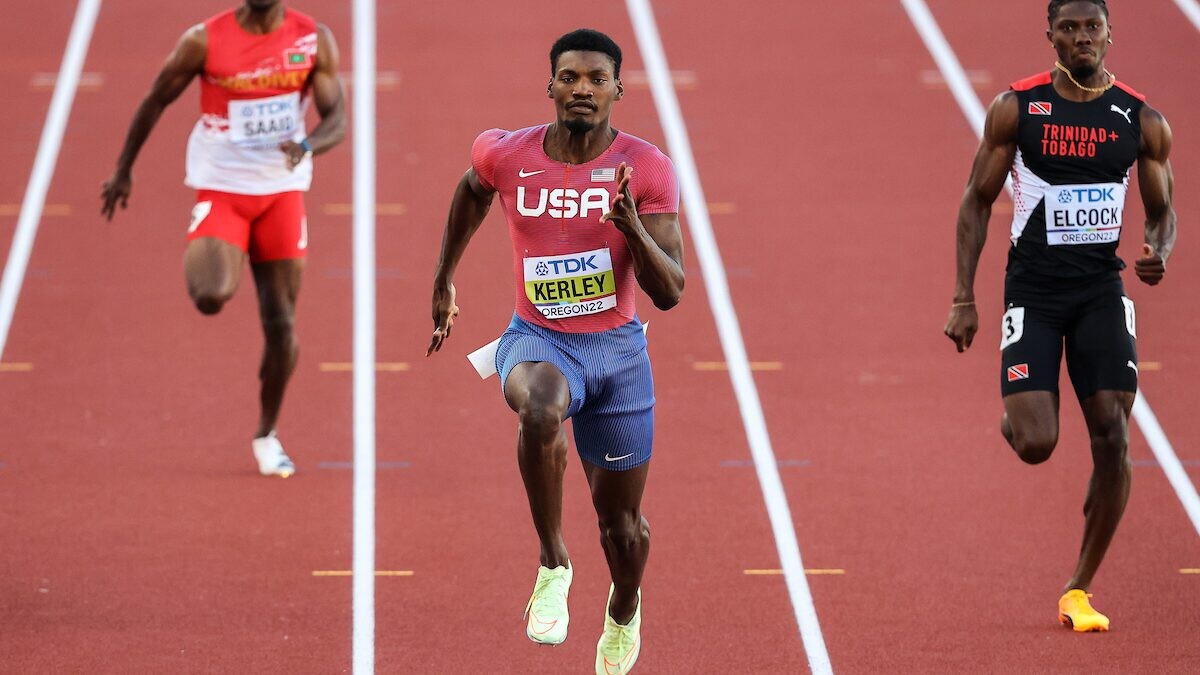
Kerley’s tenure as a pro is far from over, but he has already given the world a hall-of-fame-worthy career. He has two Diamond League titles to his name (he won the 400m crown in 2018 and the 100m title in 2021), four world championship medals (including two golds, with one from 2019 in the 4 x 400m and the other in the 100m last year) and an Olympic silver, which he won in the 100m in Tokyo. Kerley is also one of just three men to have run sub-10 seconds in the 100m, sub-20 in the 200m and sub-44 in the 400m, making him one of the most diversely successful sprinters in track history. Now with a new brand partner in Asics, he is looking to add even more accolades and records to his resume.
As Kerley said in an Asics press release announcing the news of their partnership, he is thrilled to join a new team just as he’s kicking off his 2023 campaign. He also noted that he would like to use his platform as a world champion and top track star to help the sport. “I hope to inspire more kids to participate in track and field,” Kerley said. “Partnering with Asics will only help as we collectively aim to grow the sport into the future.”
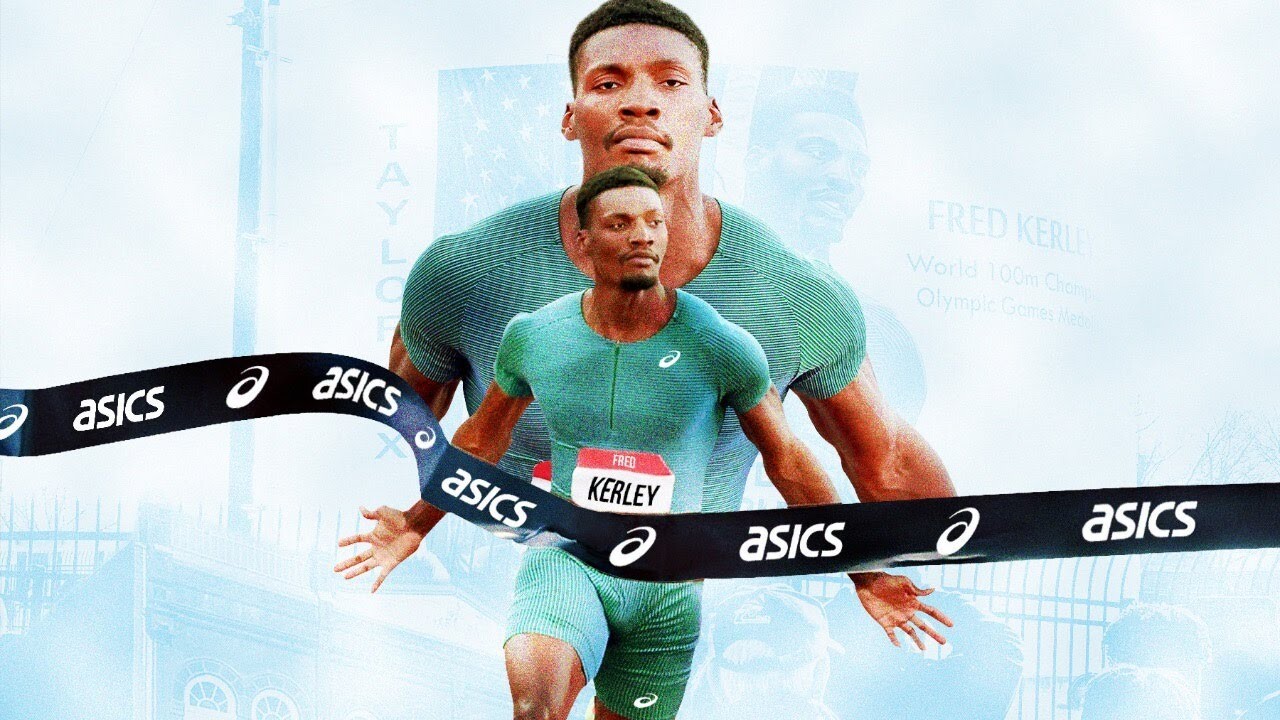
Continental Tour Gold
Kerley has yet to race this season, and he will pick up where he left off in 2022, when he injured his leg during a 200m semi-final at the World Athletics Championships in Oregon. Ready to get back in action, Kerley will jump into another 200m, this time Down Under in Melbourne.
“It is nice to open my season with the 200m because I got injured … at the world championships,” Kerley told World Athletics. “All in all, I am excited to come and show my talent to the Australian people.” The meet in Melbourne will be the first event of the 2023 Continental Tour Gold campaign, and it is set to run on Thursday.
(02/22/2023) ⚡AMPby Ben Snider-McGrath
Three-time world champion hurdler Greg Foster dies at 64
The track and field community mourns U.S. hurdling legend and pioneer Greg Foster.
U.S. sprint hurdling legend Greg Foster, who is the only hurdler to win three straight world championships, died Sunday at 64, according to UCLA track and field.
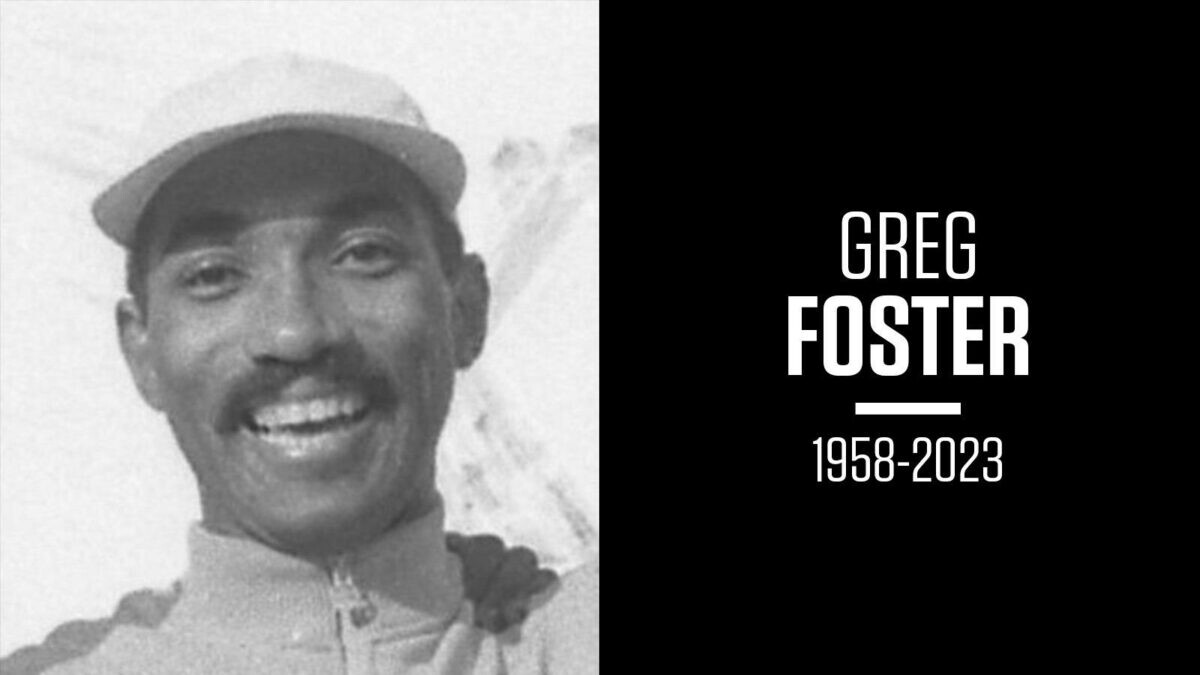
The university said Foster died peacefully at his home after a long battle with amyloid disease, a condition in which amyloid proteins build up on organs like the heart, kidney and liver. In 2020, Foster underwent a heart transplant and chemotherapy.
His 13.22-second winning time in the 110m hurdle at the 1978 NCAA Championships remains a UCLA record.
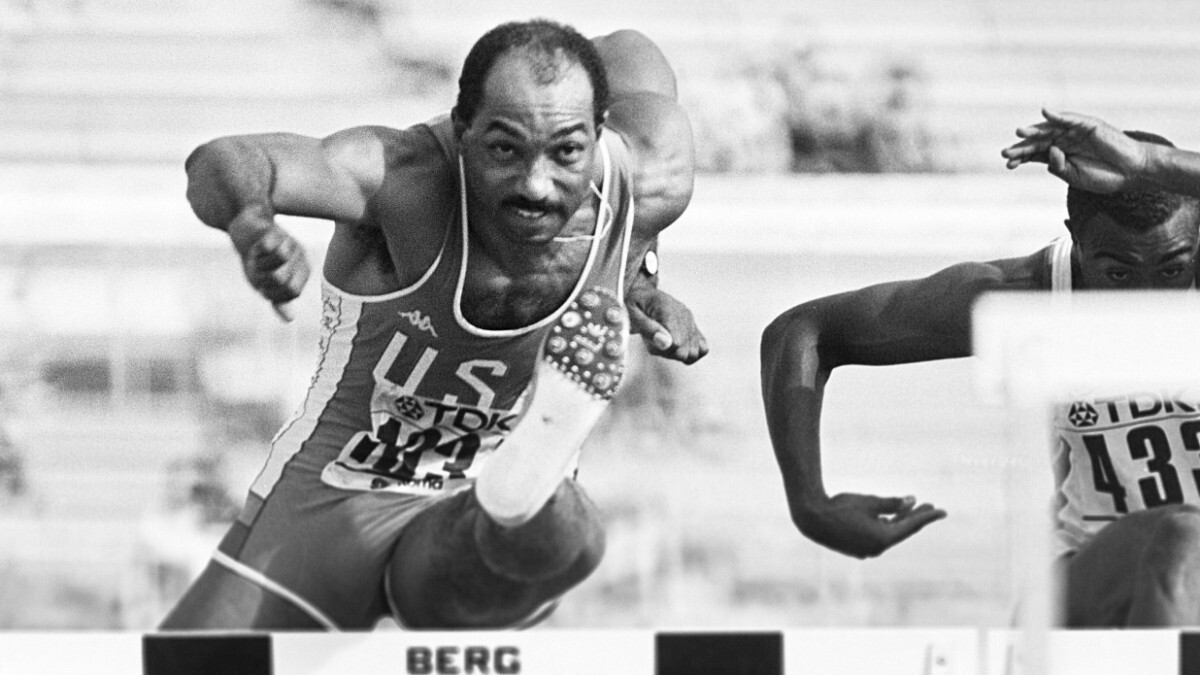
He was world champion in 1983, 1987 and 1991, and Olympic silver medalist at the 1984 Los Angeles Olympics.
In 1987, Foster set the world indoor record for the 50 meters hurdles and also broke the 60 meters hurdles record in the same year, with a time of 7.36 seconds.
At the 1987 world indoor championships, he famously collided with Canada’s Mark McKoy in the final of the 60m hurdles. The two were competitive rivals until both men retired from the sport in 1996.
Ato Bolden, the four-time Olympic medallist from Trinidad and Tobago and current NBC Sports analyst, remembered Foster on Twitter. “Legendary UCLA Bruin 110m hurdler Greg Foster passed away tonight,” he wrote. “He was world champion in 1983, 1987 and 1991, and Olympic silver medalist in 1984. My deepest condolences to his family and friends. The track and field world mourns this hurdling legend.”
His competitor, two-time world hurdles champ Colin Jackson of Great Britain, reflected on Foster’s death in Athletics Weekly.“Greg was an inspiration for me. I watched his hurdle skill work, spoke to him about how I could improve and competed with him,” said Jackson. “His input eventually allowed me to take the world title & championship record off him.”
Foster was inducted into the U.S. National Track and Field Hall of Fame in 1998.
(02/21/2023) ⚡AMPby Running Magazine
Kenya's Maurine Chepkemoi hoping to become an overseas visitor to win Osaka marathon
Kenya's Maurine Chepkemoi will be seeking to become new name to be added to the Osaka Women’s Marathon list of winners on Sunday as none of the past champions will be in attendance at the World Athletics Platinum Label road race.
Chepkemoi set lifetime best clocking 2:20:18 during the 2021 Amsterdam marathon ahead of Ethiopian Haven Hailu who will he highly motivated for revenge.
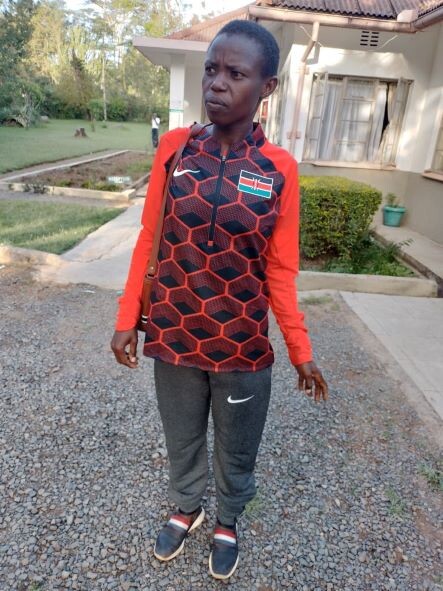
Both women went on to contest two marathons in 2022. Chepkemoi won in Enschede in 2:21:10 and then ran 2:25:12 in Berlin, but finished outside the top 10. Hailu, meanwhile, won in Rotterdam in 2:22:01 but then failed to finish in Chicago.
Japanese women have dominated the race in recent years, winning six of the past seven editions. But the presence of Chepkemoi, Hailu and Meseret Gola means there’s a high probability of an overseas visitor winning this year’s race
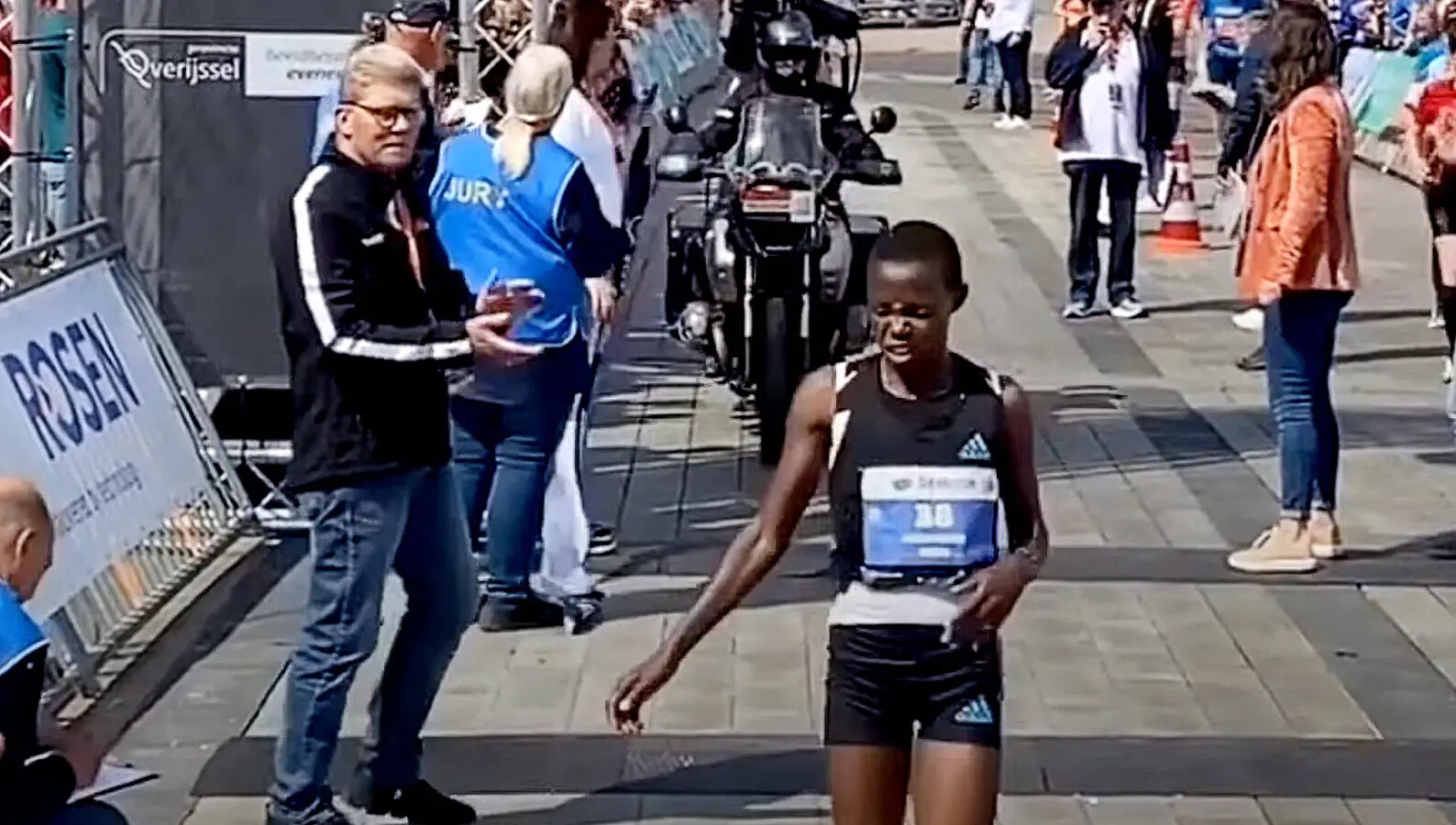
If Chepkemoi wins, she will be the first Kenyan winner of this race since Catherine Ndereba claimed victory back in 2006.
Last year, Mizuki Matsuda broke the race record at the Osaka Women’s Marathon improving her PB to 2:20:52 to win the World Athletics Elite Label event.
Her time defeated the 2:21:11 event record which had been set by Mao Ichiyama in 2021 and moved her to fifth on the Japanese all-time list. It was also the second-fastest time by a Japanese athlete in Japan, behind Ichiyama’s 2:20:29 set in Nagoya in 2020.
(02/21/2023) ⚡AMPby Maxwell Wasike
Osaka Marathon
Let’s run for fun in the shadow of Osaka Castle, the symbol of the city!This is a fun running event, which welcomes international runners from all corners of the global alongside families, friends and Japanese runners; all running together through the colored leaves of Osaka Castle Park on a crisp autumn morning. The fun and pleasure of running is universal! ...
more...Jackline Chelal sets sight on big city marathons
Fresh from winning the Sevilla Marathon on Sunday, Jackline Chelal has set her sights on the big city marathons later in the year.
Chelal clocked 2:20:29 to win the Spainish event and has now targeted to test herself against the marathon runners in the world.
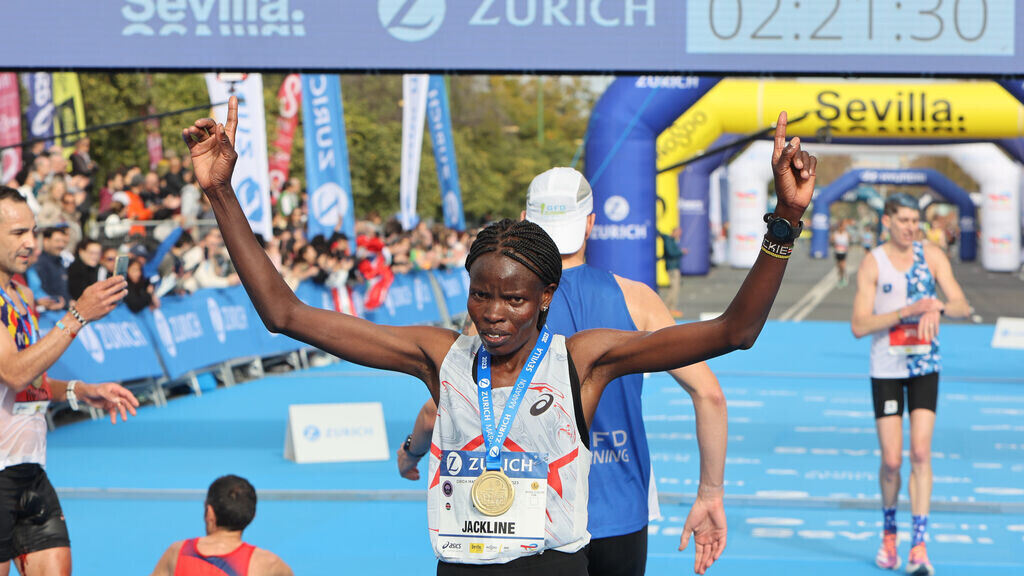
"I want to test myself against the best in the world and I hope I will get invites to marathons like Berlin, Chicago or New York later in the year,” said Chelal.
This being her second marathon after finishing second at the Rock and Roll Madrid Marathon in 2021, Chelal said she is getting better and better.
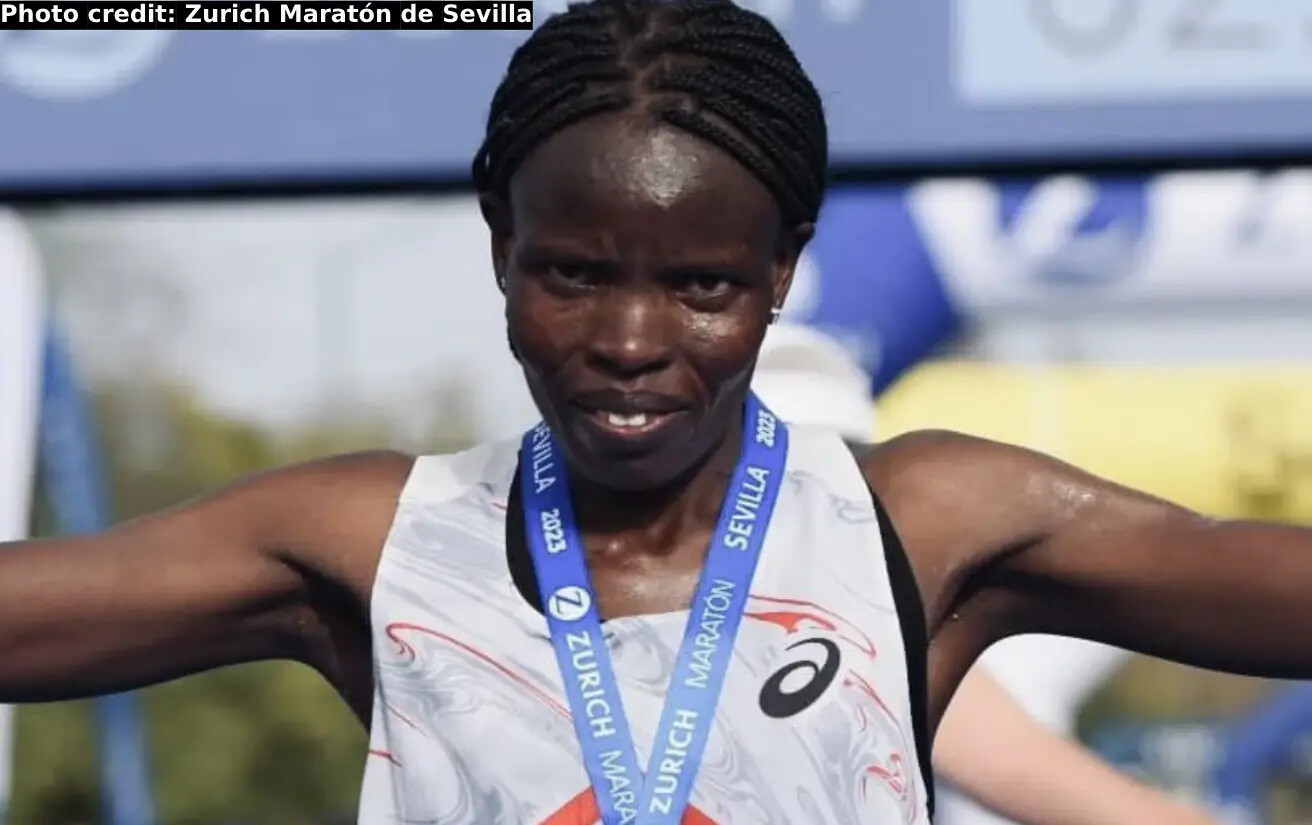
“I'm getting better in an event that takes a lot of endurance but the more I compete, the better I become,” she said.
Chelal termed the course as challenging coupled with windy conditions.
“It was a tough course but I paced myself well. I was able to increase my tempo in the last seven kilometres," added Chelal.
She intends to take a break before resuming training next month.
(02/21/2023) ⚡AMPby William Njuguna
BMW Berlin Marathon
The story of the BERLIN-MARATHON is a story of the development of road running. When the first BERLIN-MARATHON was started on 13th October 1974 on a minor road next to the stadium of the organisers‘ club SC Charlottenburg Berlin 286 athletes had entered. The first winners were runners from Berlin: Günter Hallas (2:44:53), who still runs the BERLIN-MARATHON today, and...
more...Turkish runner flies to 15th place at Seville Marathon after surviving earthquake
Just weeks after a devastating earthquake hit her homeland, Yayla Kiliç Gönen ran the third-fastest marathon in Turkish history.
On Feb. 6, a massive earthquake hit Turkey and part of Syria, killing more than 46,000 people. When the earthquake hit, Turkish runner Yayla Kiliç Gönen was in Diyarbakir, a city in the southeast of the country.
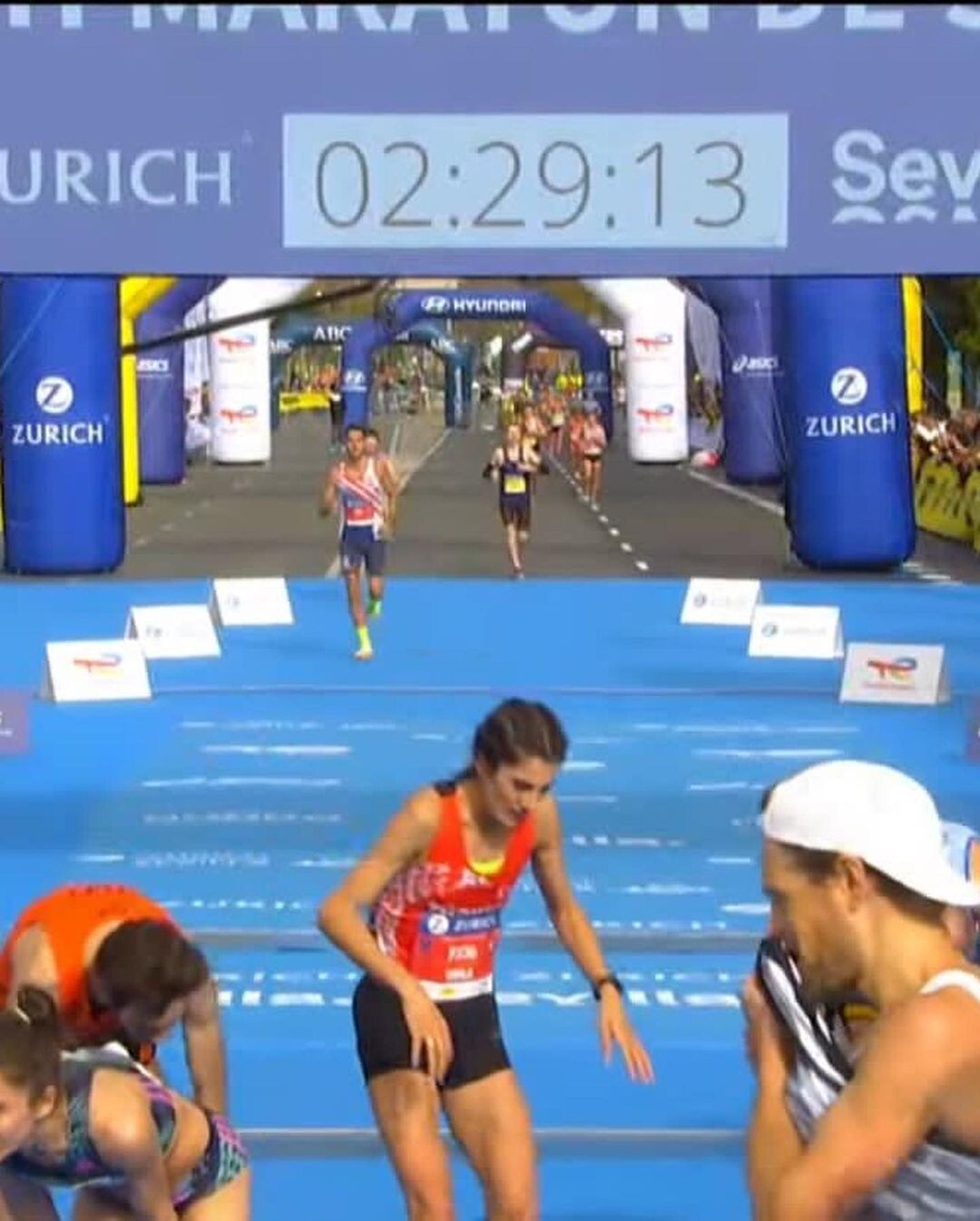
Less than two weeks later, Kiliç Gönen traveled to Spain to race the Seville Marathon on Sunday, marking her debut at the distance. Despite the horrible tragedy that has struck Kiliç Gönen, her friends and family, and her country as a whole, she managed to run to an incredible result, placing 15th in 2:29:10, the third-fastest marathon in Turkish history.
Kiliç Gönen, who will turn 26 in March, has had plenty of success in her young career, including three Turkish national titles. Her first Turkish crown came in 2019, when she won the national 10,000m championship.

In 2020, just before the pandemic put all racing on hold, Kiliç Gönen won her second national title, this time in the indoor 3,000m. She followed that up with her third national championship win in as many years, once again claiming the 10,000m title in 2021. She has since made the jump to road racing, and as of Sunday, she’s one of her country’s fastest marathoners ever.
As Kiliç Gönen said on Instagram after her race, the result means so much more to her considering what so many of her compatriots are going through at the moment. “I would be happy if I could make the country smile even for a moment after the catastrophe we are experiencing,” she wrote.
Now two weeks on from the earthquake, the death toll in Turkey and Syria is still rising, and aftershocks continue to impact the region.
(02/21/2023) ⚡AMPby Ben Snider-McGrath
Zurich Marathon Sevilla
This urban, flat, fast and beautiful brand new race course will drive athletes through the most beautiful monuments of the city. Zurich Maraton de Sevilla brings the unique opportunity to brake the Best personal result over the mythical distance to all the athletes, professional or age groupers, in one of the most perfect international marathon circuits. This fast marathon takes...
more...Kenyan and Ethiopian swept the winner’s circle at the 2023 Ascension Seton Austin Marathon
On Sunday, runners from African nations swept the winner’s circle at the 2023 Ascension Seton Austin Marathon.
Kenya’s George Onyancha raced to a personal best time of 2 hours, 16 minutes, 35 seconds to win the men’s division and Ethiopia’s Damaris Areba sped to the women’s division win with a time of 2:36:51.
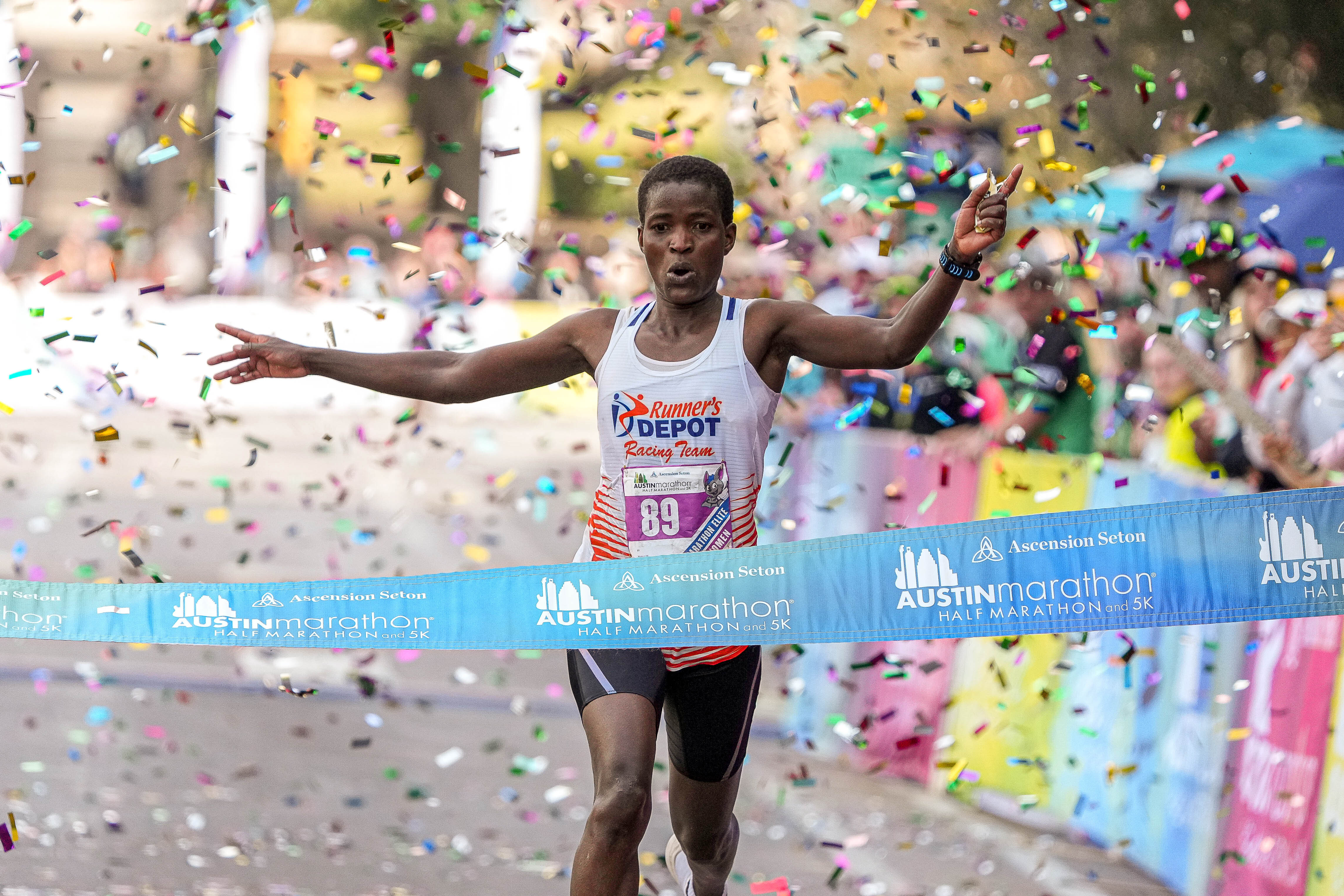
Onyancha won the Miami Marathon in January with a 2:18, and while he said Austin’s course had more hills than Miami, it was much more humid on the South Florida coast.
“The humidity there slowed me down,” he said. “And the second-place guy here was pushing me. It was challenging.”
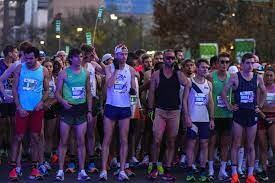
American Joey Whelan was on Onyancha’s heels for most of the race and finished eight seconds behind him. Whelan, a former high school All-American cross country runner and Syracuse graduate, said every time he’d press Onyancha, the Kenyan would surge and maintain his lead.
“George went out with the half marathon runners, so he built about a minute lead over me and I thought maybe he’d come back later,” Whelan said. “I kept going up to him, and every time he did, he surged. He was just so strong. Every time I went up to him, he wasn’t out of breath.”
Whelan is a two-time winner of the Austin Marathon in 2018 and 2019.
He finished the marathon with a silver medal, but Whelan put a diamond on his girlfriend’s hand after the race. While there was a break in finishers, Whelan got on one knee and proposed to his girlfriend Monica at the finish line on Ninth and Congress. She said yes.
Areba’s winning time was 7:30 faster than the runner-up, Sarah Jackson of Austin. Jackson won the event in 2020.
Areba won the 2022 Des Moines Marathon, finishing that race in 2:32:33, five seconds off the event record.
Both winners grabbed $3,000 out of a $20,000 purse for the elite runners.
According to event organizers, around 18,000 people signed up for the marathon, half marathon and KXAN SimpleHealth 5K.
2023 Ascension Seton Austin Marathon, Half Marathon winners
Men’s Marathon, top five
George Onyancha, 2:16:35
Joey Whelan, 2:16:43
Carlos Jamieson, 2:27:28
Spencer Mousain, 2:28:17
Ryan Wojdyla, 2:34:36
(02/20/2023) ⚡AMPby Billy Gates
Austin Marathon Weekend
The premier running event in the City of Austin annually attracts runners from all 50 states and 20+ countries around the world. With a downtown finish and within proximity of many downtown hotels and restaurants, the Austin Marathon is the perfect running weekend destination. Come run the roads of The Live Music Capital of the World where there's live music...
more...Chelal and Shumie take the spoils in Seville
Kenya’s Jackline Chelal and Ethiopia’s Gadisa Shumie claimed victory at the Zurich Maraton de Sevilla, a World Athletics Elite Label road race, held on Sunday (19) over one of the flattest circuits in the world. Clocking 2:20:29 and 2:04:59, respectively, they both ran big PBs and the men’s race featured good depth as six men dipped under 2:06:00.
Right from the start in the women's race, the trio of Chelal and Ethiopia's Ayana Mulisa and Urge Diro broke away from the rest of the field, their rivals unable to maintain the 3:15/km pace. The leaders went through the opening 5km in 16:15 and 10km in 32:39. The halfway point was reached in 1:09:11, well on schedule to duck under the 2:18:51 course record set last year.
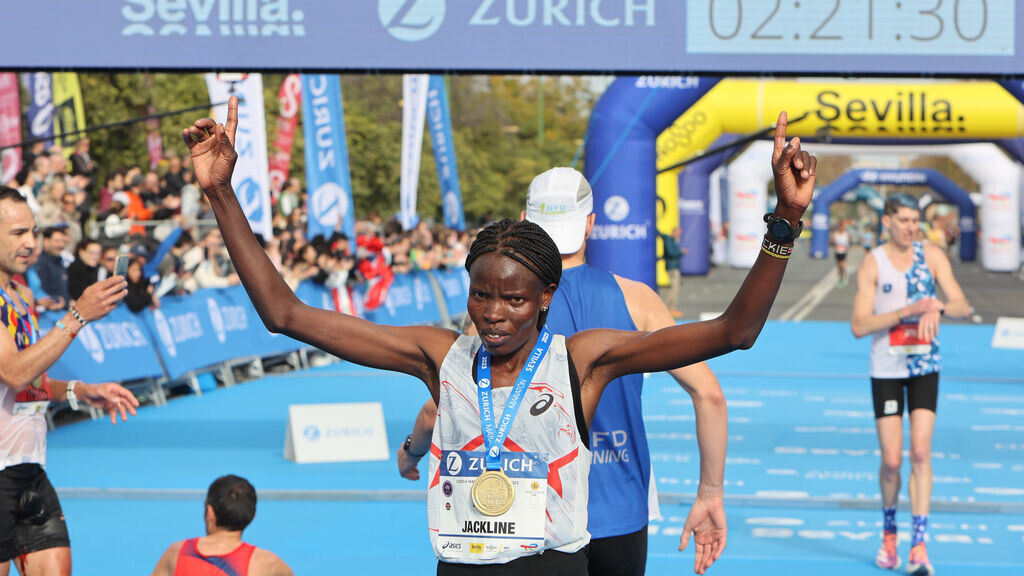
At around the 24km mark, Diro, a 2:27:13 performer, began to falter, leaving Chelal (2:29:13) and Mulisa (2:28:02) fighting for the win.
However, the speed slowed significantly over the second half, putting the course record assault in jeopardy. It was around the 33th kilometer when 29-year-old Mulisa dropped her pace dramatically to lose any chance of winning, as Chelal was timed at 1:55:18 by the 30km point, 38 seconds clear of the fading Ethiopian whose runner-up spot was never at risk.
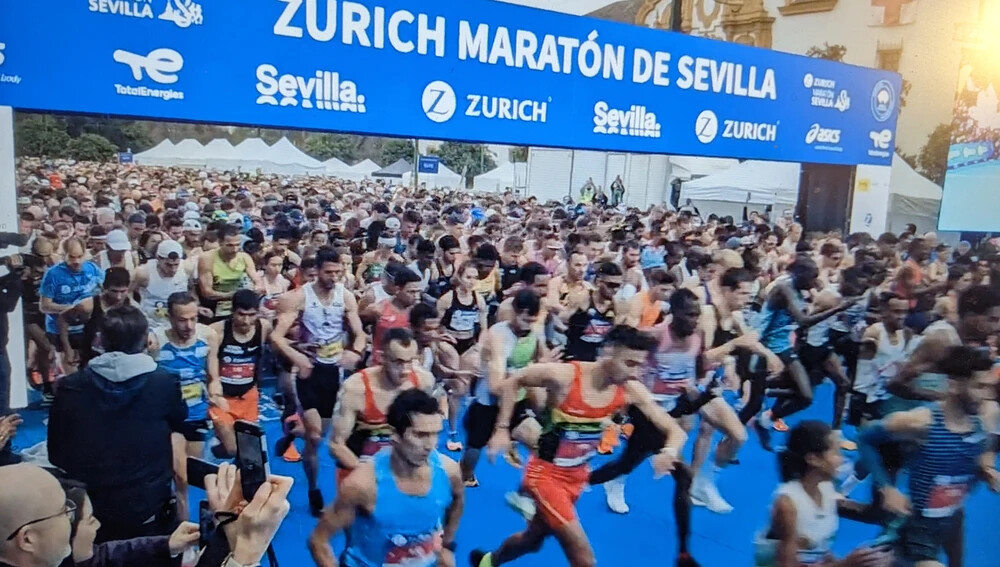
Despite averaging 3:30 for the final seven kilometers, Chelal increased her advantage on Mulisa throughout and crossed the finish line in 2:20:29, head and shoulders clear of Mulisa (2:21:54), while Diro completed the podium in 2:23:05. The top three all improved their career bests, as did Mexico’s Citlali Cristian Moscote who finished fourth thanks to a 2:24:51 clocking.
Like a Swiss clock, Kenyan pacemaker Tarus Kiprono opened the men’s race at a 2:57/km rhythm, a large pack going through the 5km and 10km chekpoints in 14:47 and 29:28, respectively. That group included France’s Nicolas Navarro and Ethiopians Shumie, Kabede Wami and the 2020 victor in 2:04:46 Mekuant Ayenew, plus Israel’s Gashau Ayale and Kenyans Bethwel Kibet and Enock Onchari, among others. The midway mark was reached in 1:02:32, 10 seconds outside schedule for the 2:04:43 record set last year.
The leading group began to lose athletes progressively over the second half and by the time the pacemaker dropped out some 30km into the race only four men remained in the pack: Shumie, Wami, Ayenew and Onchari. Shumie, whose lifetime best was 2:09:25, pushed hard with kilometer splits always in the 2:56-2:58 range and first Ayenew, then Onchari and finally Wami with the clock reading 1:51 just could not follow the brisk speed. They had to settle for fighting for the minor places on the podium.
The unopposed Shumie tried to accelerate over the closing two kilometers to break the course record and while the 30-year-old was unsuccessful, he still managed a performance just under 2:05 to cross the finish line 20 seconds clear of Wami and 25 seconds ahead of Ayenew, who completed a sweep of the podium places for Ethiopia.
Navarro came eighth in a career best of 2:06:45, while Peru’s Christian Pacheco and Bolivia’s Hector Garibay managed to break their own national records thanks to respective times of 2:07:38 and 2:07:44.
(02/20/2023) ⚡AMPby World Athletics
Zurich Marathon Sevilla
This urban, flat, fast and beautiful brand new race course will drive athletes through the most beautiful monuments of the city. Zurich Maraton de Sevilla brings the unique opportunity to brake the Best personal result over the mythical distance to all the athletes, professional or age groupers, in one of the most perfect international marathon circuits. This fast marathon takes...
more...Kimais, Jepkosgei and Langat were brilliant in Barcelona
Irine Jepchumba Kimais and Joyciline Jepkosgei both dipped under 65 minutes with two of the fastest women’s half marathon performances of all time, while Charles Kipkurui Langat completed a Kenyan double at the Edreams Mitja Zurich Marato Barcelona, a World Athletics Gold Label road race, on Sunday (19).
Both relatively unheralded victors set course records, Langat winning the men’s race in 58:53 and Kimais beating Jepkosgei, 1:04:37 to 1:04:46.
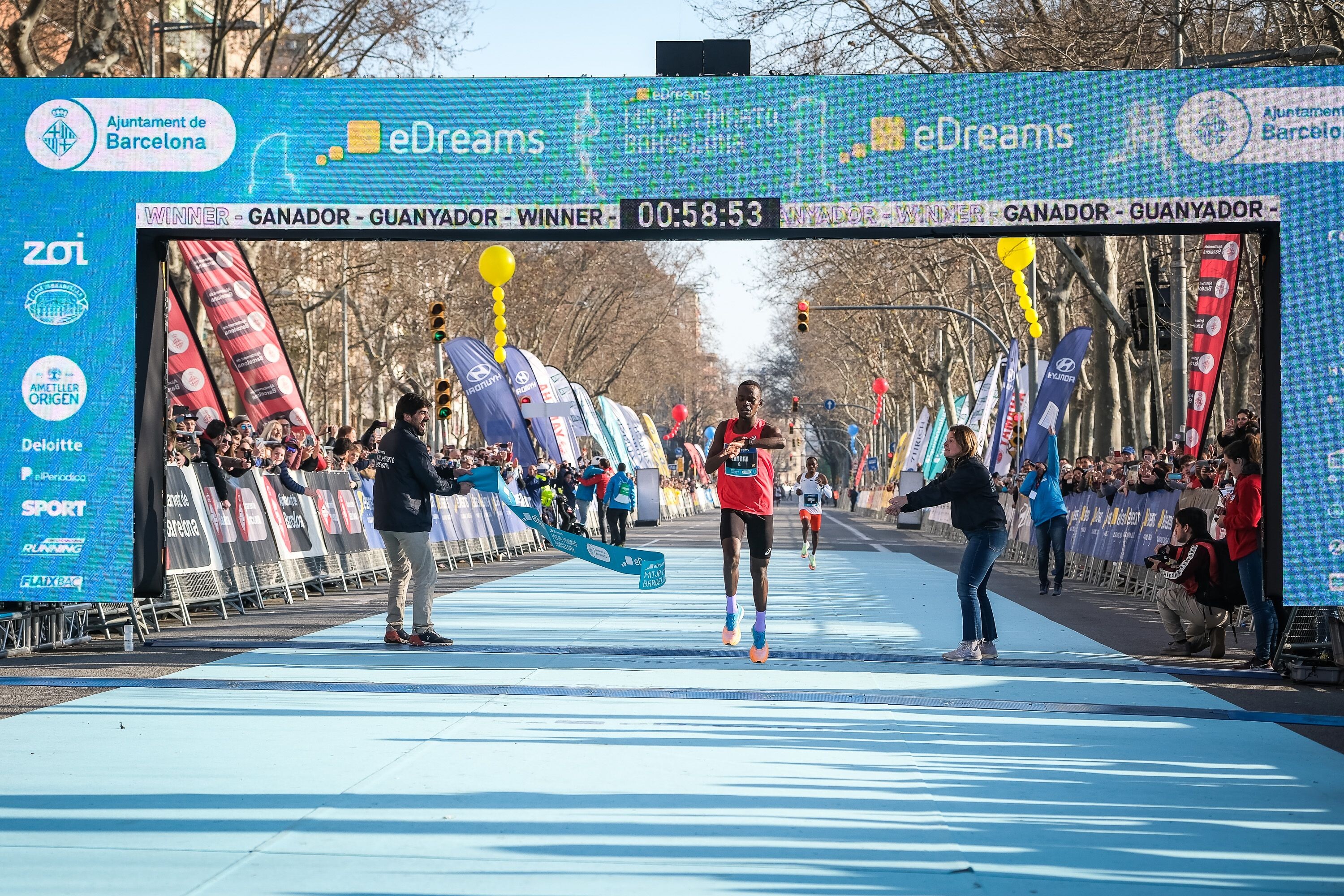
The women’s event was billed as a thrilling encounter between Kenya’s former world record-holder Jepkosgei and Ethiopia’s world 1500m record-holder Genzebe Dibaba, with the common goal of breaking Florence Kiplagat’s course record of 1:05:09, which was a world record when it was set in 2015, in their preparations for their next marathons in Boston and London, respectively.
The pacemaker set a steady 3:04/km tempo to lead a quintet featuring Kimais and Jepkosgei together with their Kenyan compatriots Catherine Relin and Gladys Chepkurui plus Dibaba, passing 5km in 15:19.
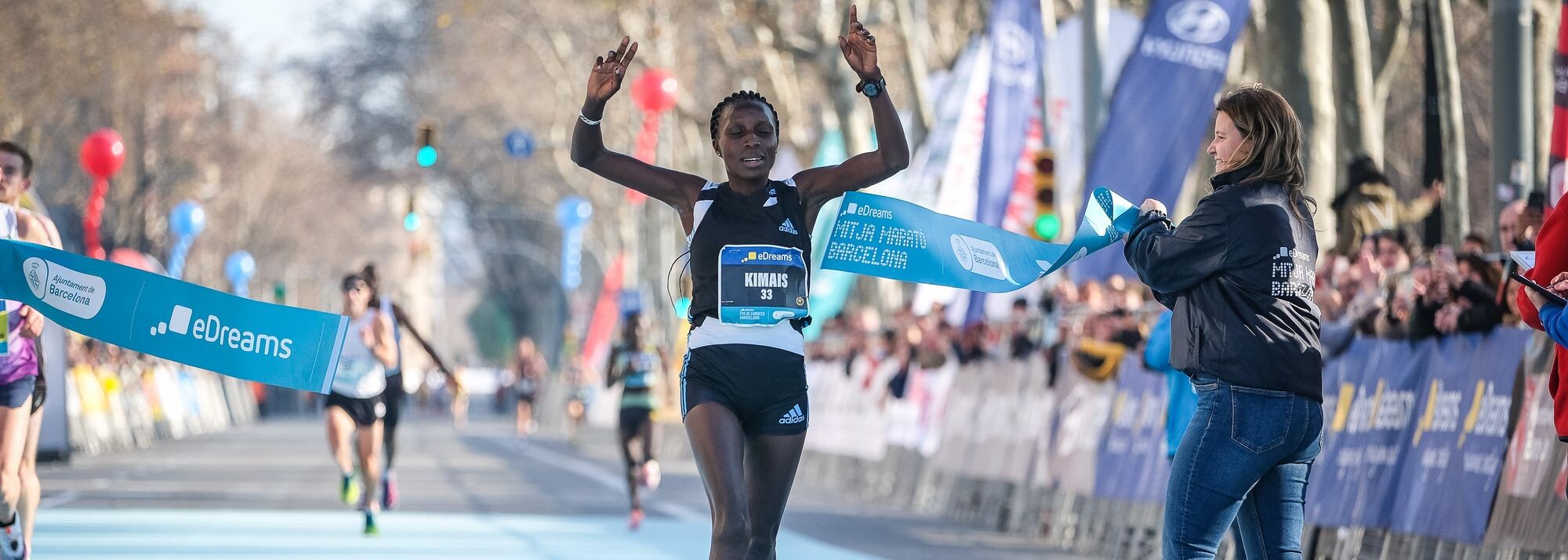
The rhythm remained brisk over the second 5km section and the leading group went through the 10km mark in 30:37, although Dibaba seemed to be in trouble and traveled some meters behind. Once the pacemaker stepped off, it was Kimais, a 1:06:03 specialist, who took charge of the race to leave Chepkurui and Dibaba behind by the 15km point. The trio reached that point in 45:58, but Relin also lost ground over the following kilometre and the race became a two-horse battle between Kimais and Jepkosgei.
Finally, Kimais’ relentless pace paid off and she dropped Jepkosgei just before the 20km point. By then, Kimais had built a three-second margin on Jepkosgei and she extended her lead over the final kilometer to romp home in a massive career best and course record of 1:04:37. Jepkosgei was second in 1:04:46, a PB that improves her previous best of 1:04:51 that was a world record when she achieved it in Valencia in 2017. Those performances put Kimais and Jepkosgei eighth and ninth respectively on the world all-time list.
Relin and Chepkurui completed a Kenyan top four, clocking 1:05:39 and 1:05:46, respectively. Dibaba had to settle for fifth place, recording the same time as Chepkurui.
“When I was given the chance to compete in Barcelona I didn’t hesitate, as I knew it was a very quick circuit,” said Kimais. “For me, it’s incredible to beat my compatriot Florence Kiplagat’s course record, which has stood unbeaten for many years.”
The men’s event kicked off at a frantic rhythm as the opening kilometer was covered in 2:43. The pacemaker slowed his speed over the following kilometers and the still large 15-strong leading group reached the 5km checkpoint in 14:03 with all the main favorites in close attendance, Ethiopia’s 2:02:48 marathon runner Birhanu Legese, his compatriot and defending champion Haftu Teklu and Olympic marathon silver medalist Abdi Nageeye of the Netherlands among them.
Surprisingly, Nageeye and then Teklu began to lose ground a short while later and the lead group had whittled down to five by the 10km point. Langat was joined by his Kenyan compatriots Solomon Kirwa Yego and Josphat Boit plus the Ethiopian pair of Legese and Gebrie Erikhun. That quartet timed 27:53 at that stage, right on schedule to break Teklu’s course record of 59:06 set last year.
Once the pacemaker dropped out of the race around the 12th kilometer, the athletes at the helm took turns at pacing duty to keep the speed alive. That pace proved to be too fast for Boit and Erikhun, who began to falter some 37 minutes into the race before the lead trio went through the 15km mark in 41:51.
Another thrilling Kenya versus Ethiopia battle was on the cards, with Langat and Legese pushing hard and Yego tucked in behind. The latter lost contact before reaching 20km and the race became a fascinating clash between Langat and Legese.
Once inside the closing kilometer, the 26-year-old Langat unleashed a powerful change of speed to break away from his more illustrious rival. At the tape, the Kenyan clocked a course record of 58:53, bettering his lifetime best by almost two minutes, while Legese also dipped under the 59-minute barrier for the first time thanks to a 58:59 clocking.
Yego completed the podium in 59:29 and finishing behind Boit and Erikhun was Germany’s European marathon champion Richard Ringer who ran 1:01:09 for sixth, one second ahead of Nageeye.
“It’s my first time here,” said Langat. “Honestly, I didn’t expect to break my PB by that much and dipping under 59 minutes has been a nice surprise for me.”
(02/20/2023) ⚡AMPby World Athletics
Course records fall at chilly Black Canyon 100K in Arizona
Temperatures were cooler than usual at Saturday’s Black Canyon 100K near Phoenix, Ariz., a Golden Ticket race for Western States Endurance Run. The race started just a degree or two above freezing, and gradually got warmer as the day wore on, resulting in some record-breaking finish times.
Anthony Costales of Salt Lake City, Utah, took the overall win in a new course record of 7:32:50 (20 minutes faster than Sage Canaday’s CR from 2016), improving on his fifth-place finish last year. Keely Henninger of Portland, Ore., won the women’s race in 8:45:30, three minutes ahead of Brittany Petersen’s CR from 2021, and 15th overall.
Tom Evans of the U.K. finished second, five minutes behind Costales, with Germany’s Janosh Kowalczyk third, in 7:40:00. All three were ahead of the previous course record. American pro triathlete Heather Jackson, who is relatively new to the trail running world, took second in the women’s race, in 7:47:59 (also under the previous CR), with Meghan Morgan third, in 8:53:52.
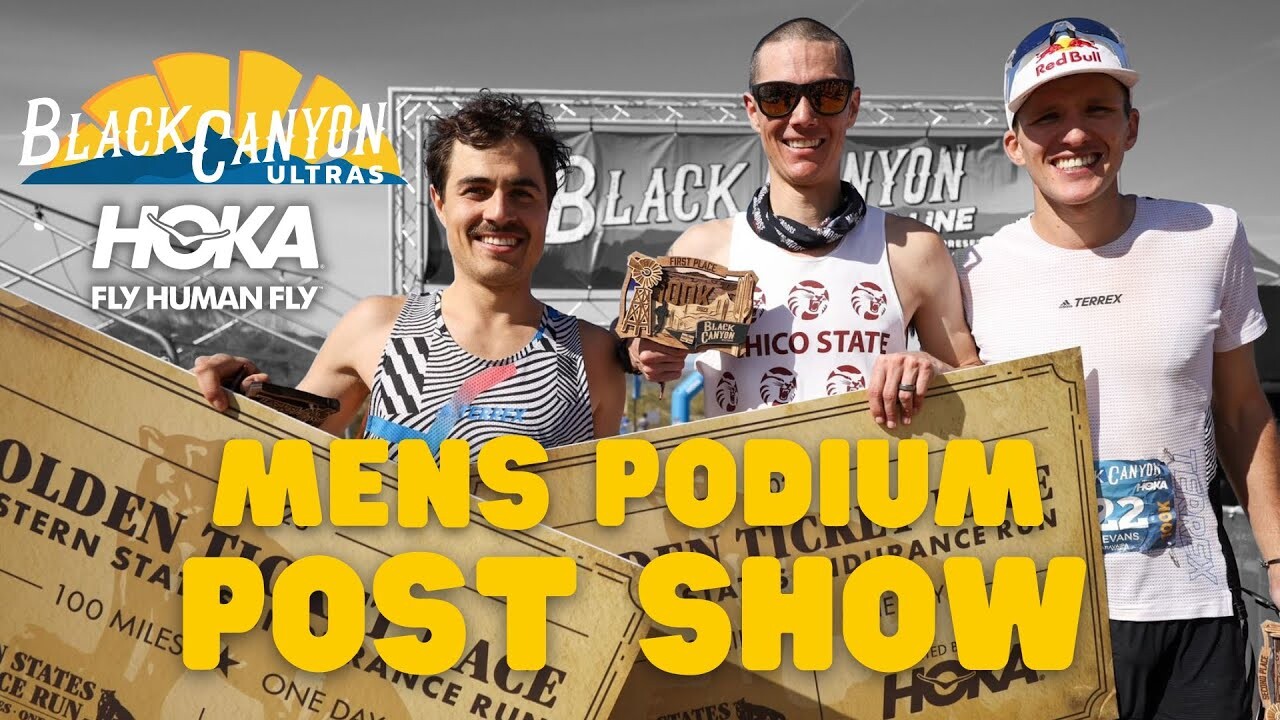
The first and second women and men receive automatic entry to the Western States Endurance Run, to be held June 23 in Olympic Valley, Calif.
Top Canadians

Elliot Cardin of Bromont, Que., was the fastest Canadian in the 100K race, snagging an eighth-place finish in 8:10:22, after finishing 14th in 2022. Mercedes Vince, another relative newcomer to the trail scene, was the top Canadian woman, finishing 14th, in 10:04:20.
The 60K race, which took place Sunday, was won by Joshua Park (4:37:10) and Mimmi Kotka of Sweden (4:55:46, for sixth overall).
(02/20/2023) ⚡AMPby Anne Francis
Black Canyon Ultras
The Black Canyon 100K trail race takes place on the world class Black Canyon Trail near Phoenix, Arizona. This 80 mile long trail features incredible single track trails on an old stagecoach route, this course traverses across high desert grasslands and crosses through several arroyos and deep canyons on a classic journey in the desert Southwest. This historic trail is...
more...How to Make Friends in Your Running Group, According to Experts
Social connections are essential for your health. Follow these tips to form more meaningful bonds.
Putting yourself out there and meeting people doesn’t get any easier the older you get (in fact, it can be harder the further you get into adulthood), but continuing to make new friends and maintain personal relationships is crucial to your overall health and well-being. And luckily, your local running group is an excellent resource for growing your social circle.
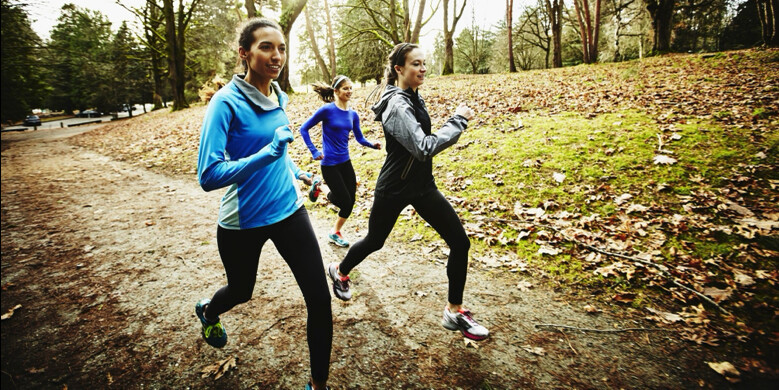
We asked experts—a sports psychologist and running group leaders—to weigh in on breaking the ice, making connections, and going from “running friends” to “real friends.” Whether you’ve yet to make your running group debut or have been attending a meet-up regularly and still feel like an outsider, read on for practical advice on how to make friends as an adult and learn why it’s so beneficial to do so.
The Benefits of Making Friend as an Adult
Research shows that starting around age 25, most peoples’ friendships begin to thin out as they move away from student life and toward adulthood and all of its responsibilities. There’s no longer a revolving door of young people who are eager to connect with their peers, folks move away for jobs and new opportunities, and those hours of previously unstructured time between classes, parties, and casual get-togethers get gobbled up by work, intimate relationships, and family obligations.
Simply put, we’re all busy, and plans with friends are often the first to get canceled when schedules are tight. But, studies show we may not have our priorities straight.
According to a recent research summary published in Annual Review of Public Health, evidence shows an association between lack of social connections and poorer health. “This evidence spans a range of physical and mental health outcomes, has been replicated across different populations and contexts, is independent of a range of potentially confounding factors, and demonstrates that the magnitude of effect rivals other risk factors for health and mortality,” the study reads. In other words, loneliness and isolation can make us sick and shorten our lives.
“The really fundamental feature of what keeps people happy and healthy and creates longevity is relationships,” says Jonathan Fader, Ph.D., a clinical and performance psychologist. But the reality is that some relationships last and others don’t, he says, which is why it’s a good idea to seek out new friendships while continuing to nurture existing ones. “If you think about your relationships as farmland, it just makes sense to keep planting,” he says.
Fader notes that most adults make friends through work and school because, in both environments, you engage in repeated activities with the same people. “So when you think about applying that to something like a running group, it really makes sense that you could make long-term friends that would not only have an impact on the activity of running but on the overall general wellbeing of your life,” he says.
The Advantages of Having Runners as Friends
While we wouldn’t say runners necessarily make better friends than anyone else, there are some unique, running-specific benefits to adding a few runners to your inner circle.
Crystal Cun, president of Prospect Park Track Club in Brooklyn, New York, puts accountability at the top of the list. “It’s having other people to motivate you to get out the door,” she says. “It’s knowing that when it is cold and dark in the winter, you have people waiting in the park for you to go running.” Even if you may be willing to let your training slide, you’re probably less inclined to disappoint a friend. The result is more consistent, year-round training.
The support only runners can provide to other runners is also a huge boon, says Roberto Mandje, head of training at New York Road Runners in New York City. Anyone who’s been training for a while knows first-hand that, in between PRs and moments of triumph, there are plenty of crappy workouts, races that suck, and injuries.
“If you’re training alone, you’re just one of one,” Mandje says. “But if you’re struggling in your training, you hit a rough patch or rough week, the fact that you have some of your running friends in the group that are going to be able to put their proverbial arm around you, or maybe even their literal arm, and say, ‘Hey, come on, we can do this,’ can make you realize that you’re not out there alone.”
If you want guidance and practical running advice, there’s no better source than a trusted running friend. “There’s the knowledge base and the support of having all these runners around you who can share tips on training and cross-training and injury prevention. And you can talk about shoes and gear with them, and they can give you recommendations,” Cun says. “And it’s unfiltered, unbiased opinions, unlike anything you can find on the internet. And that is super, super valuable.”
Tips for Making Friends Through Your Running Group
Anyone who’s ever run with a group knows it’s easy (and perfectly acceptable) to just show up, put in the miles, and then head home. So, how do you transition from fellow runner to friendly acquaintance to friend? Our experts count the ways:
First, find the right group
Some running groups are more conducive to making friends than others. “I think it’s usually evident on a club’s website or social media feed,” Cun says.
She recommends paying attention to the tone—is it friendly, relaxed, and welcoming? Do they program social events outside of running? Do they make it easy for new members to join? If a group is more competitive, you’ll probably be able to tell. And if not, it’s worth an email to the group leader to get clarity on the group’s goal and a sense of the social interactions between members.
Cun notes that an active social media presence can also be a good sign, as members can easily use tools like Facebook groups and Discord to connect offline and between in-person meet-ups.
Share your goals
As a new member, sharing your running goals with others can be intimidating, as it demands a certain amount of vulnerability. But if there’s an opportunity to open up—perhaps during those circle introductions—Mandje encourages new runners to put it all out there.
“People are going to gravitate toward that because they want to be supportive,” Mandje says. “Obviously, if you don’t want to, you don’t have to. But the more you keep to yourself, the harder it’s going to be to have people invest in you and even open up to you because maybe they don’t want to intrude.”
Leave your ego at home
Confidence is attractive, but an inflated ego is a turn-off. Bragging about your accomplishments or redirecting every conversation back to your training will get old fast for other members. “Be aware that you’re in a group setting, and it’s not always about you; it’s about the group,” Mandje says.
Also, don’t race people during group runs. “I’ve seen people come to group workouts and look around and be like, ‘You’re my competition today.’ They won’t come out and say it that overtly, but you start to see workouts that are getting a bit more competitive than they should be,” Mandje says. “That can be one way to alienate people because people come to feel supported, get a run in, and feel good about themselves.”
Lead with curiosity
This tip applies to all kinds of social settings, not just group runs, Fader explains. “Be curious. What is something you want to learn about the other person?” he says. For example, are they training for a race? When and where do they do their long runs? How do they like their shoes? Asking these easy, low-stakes questions can help you establish an initial rapport that you can build on over time.
“After a certain number of miles, you have to stop talking about running because there’s nothing left to talk about,” Cun says. “You have to move beyond that to other topics. Like, what is your family like? What are you doing this weekend? What are your plans for the holidays?”
Plan around group runs
Once you’ve become friendly with a few fellow runners, try suggesting a postrun activity. Grabbing a coffee or a beer and chatting for an hour is a low-commitment ask, and making the outing a group activity takes off even more of the pressure. You can approach a few people the day of the run.
Or, if your group has a social media presence, you can post something like, “Anyone interested in grabbing a drink on Saturday?” a few days in advance.
If it doesn’t work out, try not to take it personally. “The reason this is hard is because people fear rejection,” Fader says. “So what if someone says no? You’re not made of sand or salt. You’re not going to melt. The bigger issue is not how you do it. It’s realizing it’s okay if someone says no.”
Volunteer at events
“If your running club has volunteer opportunities, I think that is a great way to meet people,” Cun says. Whether you’re handing out bibs, serving as a race marshal, or setting up start and finish lines, there’s bound to be some standing-around time during which you can chat with fellow volunteers. “It’s another way to get to know people, and it doesn’t necessarily have to be the people who are running the exact same pace as you,” Cun adds.
Pace yourself
For a more introverted runner, just showing up to a running group may be a big step outside of their comfort zone—and that’s okay. Not everyone is comfortable opening up to people immediately, and even if it takes a few runs to have a conversation with someone, that’s a win. “I think being authentic to who you are is part of that runner journey, and you shouldn’t pretend to be something you’re not,” Mandje says.
Keep showing up
“To get to the running friend level, you need to run together consistently,” Cun says. Rather than treating group runs like one-off events or drop-in workouts, think about how they factor into your overall training plan and commit to attending the same ones every week. As you get to know your fellow runners week after week, they’ll also see that you’re dependable, which is an important quality in any friend.
(02/19/2023) ⚡AMPby Runner’s World
Brown graduate, 26, named in Forbes 30 under 30, collapses and dies after completing AZ marathon
A 26-year-old Brown graduate, who was named in Forbes 30 Under 30 for his newsletter company 1440 Media, collapsed and died after completing an Arizonamarathon.
Pierre Lipton, of Providence, Rhode Island, completed the Meza Marathon in 3 hours, 10 minutes, and 5 seconds on February 4, just 15 minutes before his girlfriend and 'love of his life' Eleanor Pereboom.
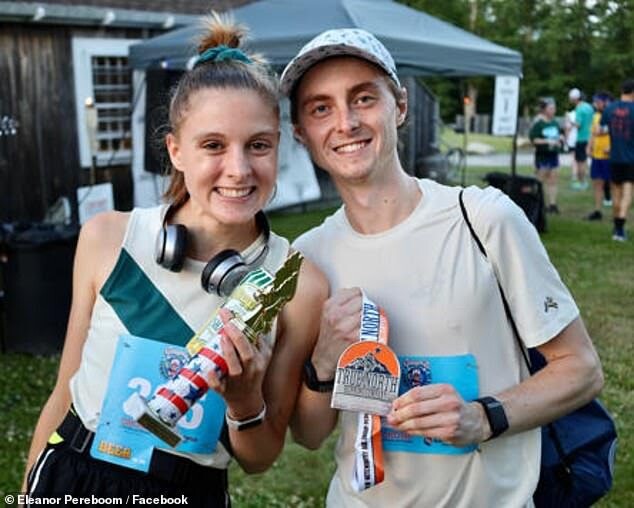
Within those 15 minutes, where she assumed her boyfriend was celebrating his newest achievement, he had actually collapsed into paramedic's arms just moments after crossing the finish line from an unknown cause, which may have been a heart condition caused by electrolyte imbalance.
After chugging a bottle of water, Pereboom had gone to find Lipton and texted him to ask where he was. When he didn't respond, she called him. When that went unanswered, she used a phone tracker to see where he was and was terrified to find his location to be at a hospital.

'That’s when I started to get worried,' she told the Boston Globe.
She raced to find an official to talk to, who informed her that he 'basically fell right into the arms of paramedics.'
'They tried to do CPR. They tried everything. We still don’t know what happened,' Pereboom said (second photo).
Lipton's father, Jordan Lipton, who is an emergency medicine specialist, theorized that his son's body had a 'sudden electrolyte imbalance that caused arrhythmia' - a medical condition that causes an irregular heartbeat.
Although his actual cause of death is currently unknown, Jordan said his son was 'healthy' and 'took such good care of himself.'
The avid runner - who had a dream of completing every major marathon - avoided alcohol and caffeine while training and made sure to 'shake out his arms, relax his shoulders, check his form, and make sure he had a smile on his face' every mile, his family and girlfriend said.
Even the running conditions were good on February 4, with temperatures ranging between 49 and 69 degrees. Lipton showed no sign of distress or illness before collapsing.
He kissed Pereboom at the starting line, and even appeared relaxed and ready to go for a few more miles when he crossed the finish line after completing 26.2 miles.
It was just moments later that the Brown graduate, who studied economics and Middle Eastern studies, would collapse and be rushed to the hospital.
Lipton wasn't always a runner, but had enjoyed sports and movement, especially soccer, his whole life. He dreamed of playing on the national Tonga team - the South Pacific country where his mother was born.
However, after he suffered an eye injury, he began running alongside Pereboom and it became their 'lifestyle' after they caught the 'bug.'
'He has always loved movement and exercise. He needed to be doing something,' Pereboom said.
They decided to run in the Providence Half Marathon in May 2022 despite thinking it 'sounded hard.'
'But we will do it together,' Pereboom said. 'We did everything together.'
They became close with the running community in Providence and would often be seen at Narragansett Beer's brewery on Wednesday nights, joining the Gansett Run Club, and took part in the night track workouts at Hope High School on Tuesdays.
Pereboom said that no matter how hard the training got, her boyfriend always had a smile on his face.
His family now remembers him for his love of traveling and his intelligence. The Brown graduate spoke three languages - English, Spanish, and Arabic - and was learning Italian for an upcoming trip in May.
He also liked to build things with Legos and also enjoyed building new business ventures.
Lipton had been named in Forbes 30 Under 30 for 1440 Media - a daily emailed newsletter of 'unbiased' news that was named after the year the printing press was invented and the number of minutes in a day, according to the Boston Globe.
The Chicago-based newsletter has more than 2million subscribers. Lipton founded it in 2018 with Venture Capitalist Tim Huelskamp and Capitol Hill Scientist Andrew Steigerwald.
"He never did anything less than 100 percent," Pereboom said.
Jordan said his son had always thought there was too much polarization happening in the media and had created the newsletter as a way to give people just the facts.
'He wanted to get rid of fake news,' Jordan told the Boston Globe. 'He thought they could provide more objective news that states the facts and allows people, who live next door to each other and might have nothing in common, to come together.'
Lipton had often spent his time in high school doing just that. He volunteered in Panama, teaching orphans English and math. In college, he created a company, VitaLives, that aimed at reducing malnutrition and vitamin deficiency, the Globe reported.
He even donated his organs after death.
His sister, Adelina Lipton, also said her brother was her go-to person for 'advice' and that he 'would be the first to call and talk everything over.' When her dog was in the hospital, she recalled her brother 'talking to me for hours.'
Throughout the pandemic, Pereboom and Lipton fostered dogs and eventually adopted one named Appa - after the Avatar: The Last Airbender character.
He was also named in Forbes 30 Under 30 for his 'unbiased' newsletter 1440 Media, which emails 2million subscribers daily with just the facts
His mother, Professor Siu Challons-Lipton, also said her son 'lived life to the fullest in every way.'
As for the 'love of his life,' Pereboom will forever remember their first date, which is called the 'weirdest first date, but also perfect.'
Lipton had asked her to go to Trader Joe's with him to buy a bunch of snacks and then eat them by the water.
'We bought every single snack with an animal theme. We went to Save the Bay and sat on the rocks for I don’t know how long. It was dark by the time we left. We kept talking, and he kept thinking of more incredible things to do together.
'He didn’t want to just be on campus like everybody else,' she recalled.
His family has started a GoFundMe for charitable contributions and said a philanthropic organization will be set up in his honor to help those facing food insecurity, and provide environmental protection and restoration, physical activity programs for the underprivileged, and help animal welfare.
(02/19/2023) ⚡AMPby Alyssa Guzman (UK Dailymail)
Why B+ Workouts Are Better Than A+ Workouts
An Olympic coach describes why training harder usually doesn’t lead to racing faster.
It’s natural to think that, the harder your workouts are, the faster you’ll race. It’s also wrong to think that.

I’ll illustrate this idea with some personal history. When I ran at the University of Maryland, almost all of our workouts were super hard, nearly race-level efforts. Some guys on the team actually set personal bests in workouts. If you were grading our workouts, you’d give us an A+.
That might sound great, but we consistently underperformed in races. Then, dissatisfied with our results, we would try to run our next workout even harder. We’d arrive at our next race physically and mentally exhausted, and we’d again underperform. Then we would be back at it in practice a few days later, eager to prove to ourselves that we were better than our race results showed. And so on.
A lot of guys had multiple injuries. I managed to stay injury-free but never raced like I thought I should. I graduated from college in 1988 without having qualified for the NCAA cross-country championship.
After college I was fortunate enough to join the Nike Boston club, coached by Bob Sevene. I did most of my workouts with that group while running most other days of the week with a bunch of pros in Providence, Rhode Island. I started realizing there was another way. Bob’s workouts never had me going to the well. We might do 10 kilometers of fast running in a session, but under control. Workouts like three 2-mile repeats at around half-marathon pace, or lots of 800-meter repeats at around 10K pace, were typical. If you were grading these workouts, you’d give them a B+. I remember thinking, “This is too easy.”
A Lightbulb Moment
After about two months of this type of training in the winter of 1988/89, I ran an indoor 3,000-meter race as a tune-up before the U.S. qualifying race for the world cross-country championship. I battled Sydney Maree, an Olympian and former world-record holder, in that 3K. Although Sydney outkicked me, I ran a personal best by 10 seconds. I thought, “Wait, how did I just set this massive 3K PR after almost never running that fast in practice?”
The 12K cross-country race was even more eye-opening. I finished third, behind Olympians Pat Porter and Ed Eyestone. I still can’t believe that result—third in the country, behind two guys who were Olympians, even though less than a year earlier I hadn’t even qualified for the collegiate cross-country championship. I proved that race wasn’t a fluke a month later at the world meet, where I finished 39th and was again third American, beating people like a former 10K world-record holder. I thought, “You don’t go from not making the NCAA meet to placing high at the world championship just because of one more year of maturity. It has to be the training.”
My belief in the value of consistent B+ workouts only grew when I moved to Boulder, Colorado, in the early 1990s and started training with people like Arturo Barrios, who had set world records at 10K and the hour run. I couldn’t believe how easy some of his workouts were for how good he was! I could match him stride for stride in them, and he was more than a minute faster than me at 10K. I also saw that marathoners like Mark Plaatjes and Rob de Castella, both world champions at the distance, and Steve Jones, who once held the marathon world record, almost never did the sort of A+ workouts we did in college. They went about their business week after week, stringing together B+ workout after B+ workout, while staying healthy, mentally fresh, and able to take on the best runners in the world.
Why Be a B+ Trainer
I’m not completely opposed to A+ workouts. I prescribe them in some conditions, as you’ll soon see. In general, though, I think almost all of your sessions should be at that B+ level. A+ workouts are really hard mentally. Just anticipating having to go to the well once or twice a week in training can be exhausting. I’m a big believer in the idea that you have only so much willpower. If you’re using all your fight in training, when you get to a race you’re mentally worn out; you can’t bear down and get the job done.
The second big reason I favor regular B+ workouts is that A+ workouts take a greater physical toll. It’s a lot easier to pull a muscle or tweak a tendon or get really sore from all-out workouts. It’s rare for someone on the New Balance Boston team, the elite group I coach, to miss even one workout because they’re nursing a niggle or are otherwise too beat up from training. It doesn’t matter how big a fitness boost you get from a workout if you can’t make it to the starting line healthy.
Think of A+ and B+ workouts as the difference between what you can do and what you should do. Say you can run 40:00 for 10K. On a really good day, you could probably do a workout of 20 400-meter repeats in 90 seconds with a 200-meter jog between. But it would be a major effort. You’d almost always be better off breaking that workout into two sets of 10 repeats, running 95 seconds per repeat in the first set, taking a five-minute break, and then running 92 or 93 seconds per repeat in the second set.
The B+ version will have you walking away feeling good about yourself and eager for your next workout. The A+ version might really beat you up and lead to the beginning of an injury a couple of days later. And that assumes you finish the workout. You might wind up exhausted after 16 repeats, and then get down on yourself for slowing or cutting the workout short.
Immediately after a B+ workout, you’ll feel tired, and you’ll know you’ve worked hard, but you’ll feel like you could have done one or two more repeats at the same pace without killing yourself. I love it when my team says, “Really, that’s it? I could do more.” That tells me I have them working in that sweet spot. If they say they can’t complete the workout, or if they’re rolling around on the ground after, I asked too much of them.
On the day after a B+ workout, it’s okay to be a little tired, but you shouldn’t be super sore. You shouldn’t be dreading that day’s run because you’re physically and mentally exhausted. You should feel like saying, “I’m happy to take it easy today, but I’m also happy to run.” One of the signs that you’re doing too many A+ workouts is that you’re not looking forward to training. After all, most of us run because we love it.
You’ll see this principle of B+ workouts building on one another in the training schedules of my book, Personal Best Running. Few of the hard sessions should cause you to shudder or wonder if you can complete them. You’ll instead see a steady progression of hard-enough workouts that will advance your fitness week by week while leaving you fresh enough to absorb and enjoy your training.
An Occasional A+ Effort
The schedules within the book do contain the occasional A+ workout. For example, week 9 of the 12-week 10K schedules calls for either a tune-up race or a workout of three miles continuous at 10K pace. The latter is hard! That’s the first half of a 10K, on your own, while deep in serious training. Similarly, you’ll see this on the Tuesday workout in the penultimate week of the mile schedules found in the book. It includes two 800-meter repeats at your mile race pace. If that’s not an A+ workout, I don’t know what is.
Doing a workout that hard once in a great while steels you mentally for racing. I most often have runners do them as an important race approaches, especially if they haven’t raced for a while. For example, in January 2022, Elle St. Pierre and Heather MacLean were scheduled to race the mile at the Millrose Games. It was to be their first race since the Tokyo Olympics five months earlier. I wanted them to experience some of the stress and strain of racing before the big stage of Millrose. Eight days before the meet, I had them start a workout with a 1-kilometer time trial. They both ran 2:34, which is fast enough to win most races at the distance. The following week, Elle won her second consecutive Millrose mile title.
I think there will be some innovation in this area because of super shoes—the plated, higher-stack models with next-generation midsole cushioning. They allow you to run faster while not incurring as much muscle damage. So there might be more frequent A+ workouts in my runners’ future. But there’s still the toll of hammering all of your workouts and being flat mentally when it’s time to race.
It can be tempting to post epic workouts on Strava or elsewhere online. Just remember that they give out medals for races, not workouts.
Adapted with permission from Personal Best Running, by Mark Coogan and Scott Douglas.
(02/19/2023) ⚡AMPby Runner’s World
I Know My Body Needs Rest, but I'm Having Trouble Slowing Down
Welcome to Tough Love. We're answering your questions about dating, breakups, and everything in between. Our advice giver is Blair Braverman, dogsled racer and author of Small Game and Welcome to the Goddamn Ice Cube.
When you have always been an athlete, how do you truly rest and recover? I'm one of those people who has always been busy, always a perfectionist, and almost always fit via martial arts and other sports. It's a core part of my identity as a tough woman.
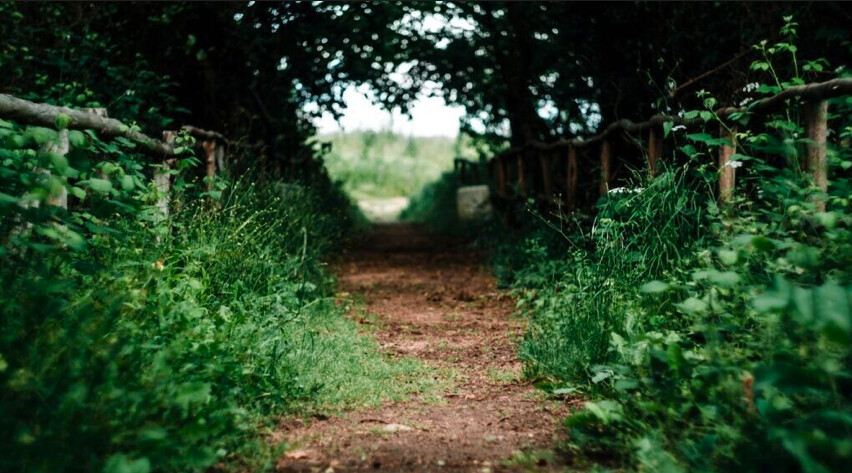
I recently got shoulder surgery for an old injury, and recovery is slower than I would prefer. But more than that, it feels like the rest of my body is finding ways to get other injuries or become sick in a snowball effect. What do you do when the mind wants to heal but the body has other ideas?
I'm a dogsledder, and people always think I have to teach my dogs how to pull. In fact, that's something they do naturally; from the moment they can toddle around, they want to explore, and as they get older, that drive only grows stronger. From the first day I put a harness on them, they pull as if they've been pulling for years; every instinct in their body is telling them to go, go, go. In fact, the hardest thing I have to teach them-and also the most important-is how to rest, especially when it's the last thing in the world they feel like doing.
Rest is boring. It feels to them like a lost opportunity, when there's so much out in the world they could see and do. Which is to say that not only do I relate to your question myself, but I've seen variations of it play out many, many times-in dogs, sure, but are dogs really so different from us?
For the dogs, rest is something they learn over time, through practice and experience. We make them straw beds when we're camping by the trail, and eventually they realize that a pile of straw means it's time to lie down and wait. In a few hours, or the next day, it will be time to run again. The cycle repeats over and over.
I don't know if the dogs realize that proper rest is the thing that allows them to feel good while they're moving, and to travel as far as they do. But I think the routine-the cycle-comforts them. They're OK with resting, they're able to tolerate it, because they know that the running will come again. As long as the running will come, it's all good.
Remind yourself, as often as you need to, that the running-that is, returning to the sports you love-will come. It might look different in the future than it has in the past, depending on if you need to adapt to changes in your body, but you're not going to be in this particular recovery phase forever. And the running won't come in spite of your rest time, but because of it.
The running won't come in spite of your rest time, but because of it.
Of course, you have to get through the frustration of resting in the meantime. If you haven't already, talk to your doctor about what you can do, and also your concerns about new problems that are cropping up. Then take full advantage of whatever activities are doctor-approved, and that are comfortable for you at the moment.
For instance, if you can't do martial arts because of your shoulder, are you able to do activities that put less stress on it? Could you go hiking? Cycling? Try something new, like dance (with modifications to account for your injury)? You may not love these activities as much as your normal sports, but if you remember that this is temporary, and set new goals for yourself, it can still feed that part of your brain-and your body-that you love challenging as an athlete. And even if you're not working the same muscles as usual, you'll still be moving your body in ways that feel good.
Another aspect of dogsledding that's relevant here is that it's seasonal: we mush in the winter, and not in the summer, which means we spend half the year waiting for snow to come back. One of my favorite summer activities is working on projects that I can use the next winter, like sewing fur mittens or repairing equipment. Is there anything that you can work on now that will help you once you're more recovered?
Anything you've been wanting to try, but never have, and that you could physically handle at the moment? Could you stay involved and give back to your sports in other ways, like by mentoring less experienced athletes? These things will help pass the time, sure, but they'll also help you be in a better place once you're more recovered.
If you're the kind of person who doesn't let obstacles get in your way, it can be a huge challenge to put that same willpower toward letting an obstacle stop you-or at least, letting it slow you down for a while, even though slowing down goes against all your instincts. But toughness doesn't just mean challenging yourself in sports, or having big adventures; it also means having the courage to make changes, and to take care of yourself, even when it's really hard. Toughness can take the form of patience, or acceptance, or hope. That means your toughness isn't on hold while you're resting; it's more important than ever right now. It's gotten you through everything else, and it's going to get you through this, too.
(02/19/2023) ⚡AMPby Trail Runner Magazine
Should sub-four be no more?
Over the weekend at Boston University’s David Hemery Valentine Invitational, 52 runners went sub-four in the men’s mile, including five Canadians: Cameron Proceviat, Matthew Beaudet, Charlie Dannatt, Alec Purnell and Foster Malleck. With the advancement of super shoes and the responsiveness of the Boston indoor track, the sub-four-minute mile is still impressive, but is it as remarkable as it used to be?
Last week, Track and Field News, a database that has kept track of sub-four miles since Roger Bannister became the first man to break the barrier in 1954, announced it would no longer update its chronological list of runners who break the barrier. The site released a statement: “The advent of super-shoes has bombarded the 4:00 barrier into something no longer relevant for tracking, although many new members would have made it even without high-tech footwear.”According to an article in Outside, the original decision to scrap the list was based on the (non-scientific) belief that the sub-four stat had lost popularity.
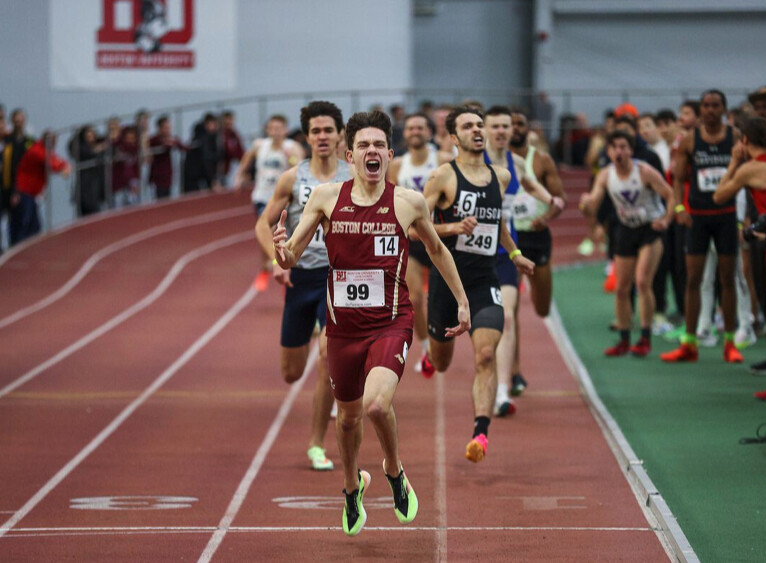
In a later article, Track and Field News editor Garry Hill told Outside: “In retrospect, I now think the opposite might be true, as modern shoes/tracks/training have combined to make a shot at a sub-4:00 now a reasonable goal for a lot more people.”
At the 2023 Millrose Games in NYC, U.S. Olympian Yared Nuguse ran the second-fastest mile in history, clocking 3:47.38, a new North American record, and only milliseconds off the indoor mile world record of 3:47.01. The American track and field community celebrated the mark, but faster times also bring quicker standards and higher expectations.In the past five years, shoe technology and track surfaces have changed, and running must adapt with it.
The Boston University track, which was built in 2002, is unusual in that it was built to the maximum allowable specifications (in terms of the surface, the 18.5 degree steepness of the banked turns); it is considered one of the best tracks in the world for middle distance runners chasing fast times.And while these super spikes bring faster times, what are the athletes supposed to do? Buy old shoes to simulate Bannister’s iconic 1954 race with leather spikes on a cinder track?
As mile times for elite middle-distance runners now stray into the high-3:40s and low-3:50s, the sub-four mile matters less and less; but, like breaking three hours for a marathon or 20-minutes for a 5K, any competitive distance runners will always want their mile time to start with a three. That will never change.
After an online uproar, Track and Field News relented, and said they would continue to keep track of sub-four-milers in their database. To this day, it is still a feat only 75 Canadian men have accomplished (indoor and outdoor)—enough to fill a school bus. No matter how many runners break four, it will always be a barrier many will chase.
(02/19/2023) ⚡AMPby Running Magazine
Beatrice Chebet wins World XC gold after Letesenbet Gidey collapses at finish
Kenya's Beatrice Chebet overhauled favorite Letesenbet Gidey with a stunning late burst over the last 100 metres to clinch the women's cross country world title on Saturday.
Jacob Kiplimo later won the men's title for Uganda but only the approach of a thunder storm about to sweep over the Mount Panorama race track was able to offer drama comparable to the women's race.
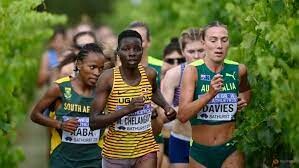
World 10,000m champion Gidey had broken for the front on the final climb out of the swampy "Billabong" section of the course and looked to be coasting to the line when Chebet put on a late burst and appeared on her shoulder.
Ethiopian Gidey tried to react but her legs gave way and she fell to the ground as world 5,000m silver medalist Chebet swept past her and crossed the line in 33 minutes 48 seconds.
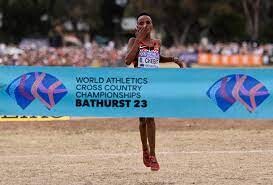
"I did not expect to win but I hung in," said Chebet, who won the under-20 title at the last championships in Aarhus in 2019.
"I saw that towards the finish Gidey was a bit slower and I ran hard and I won. When we were running, I thought that she was not running fast anymore and I thought I have the potential to go and win."
Tsigie Gebreselama of Ethiopia took the silver in 33.56 and Agnes Jebet Ngetich took bronze for Kenya in 34 minutes dead. Gidey had to be helped over the line and was disqualified.
A late burst earned Ethiopian Senayet Getachew the women's under-20 crown in 20.53, while Ishmael Kipkurui gave Kenya more success with a run of 24.29 to win the men's age-group race.
Kenya earlier dominated the mixed team relay ahead of Ethiopia in 23.14 with Australia giving the locals something to cheer about with a bronze medal.
(02/18/2023) ⚡AMPWorld Athletics Cross Country
Athletes from across the globe will descend on Australia for the World Athletics Cross Country Championships Bathurst 2021. Mount Panorama is better known as the home of Australia’s premier endurance motor race, but in one year from now, it will welcome the world’s best endurance runners for what will be Australia’s first World Athletics Series event in...
more...Uganda's Jacob Kiplimo wins World Cross Country title as Kenyans wilt
Kenya, for the first time in 14 years, failed to claim a medal in men’s 10 kilometres at the World Cross Country Championships as Uganda claimed back-to-back victories in Bathurst, Australia on Saturday.
Two times World Cross Country champion Geoffrey Kamworor was the best Kenyan finisher at fourth place in 29 minutes and 37 seconds as Commonwealth 10,000m champion Jacob Kiplimo won in 29:17.
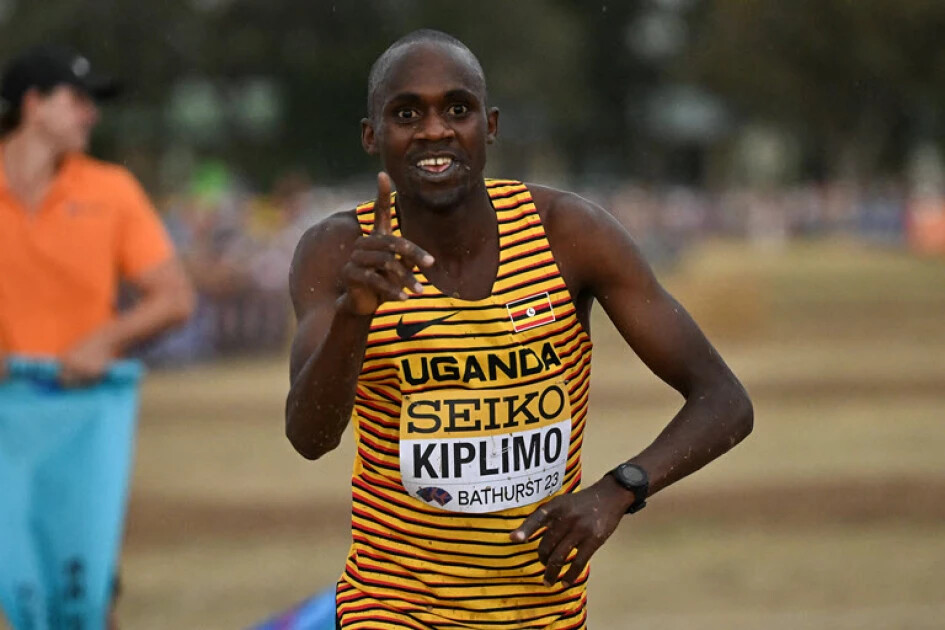
Kiplimo, who claimed silver in 2019 in Aarhus, Denmark, was in splendid form, beating Ethiopia’s Berihu Aregawi to silver position in 29:25 as defending champion Joshua Cheptegei from Uganda settled for bronze in 29:37.
Kamworor, the 2015 and 2017 champion, who settled for bronze in Aarhus, ran out of gas to let Aregawi overtake him to fall out of the medal bracket.
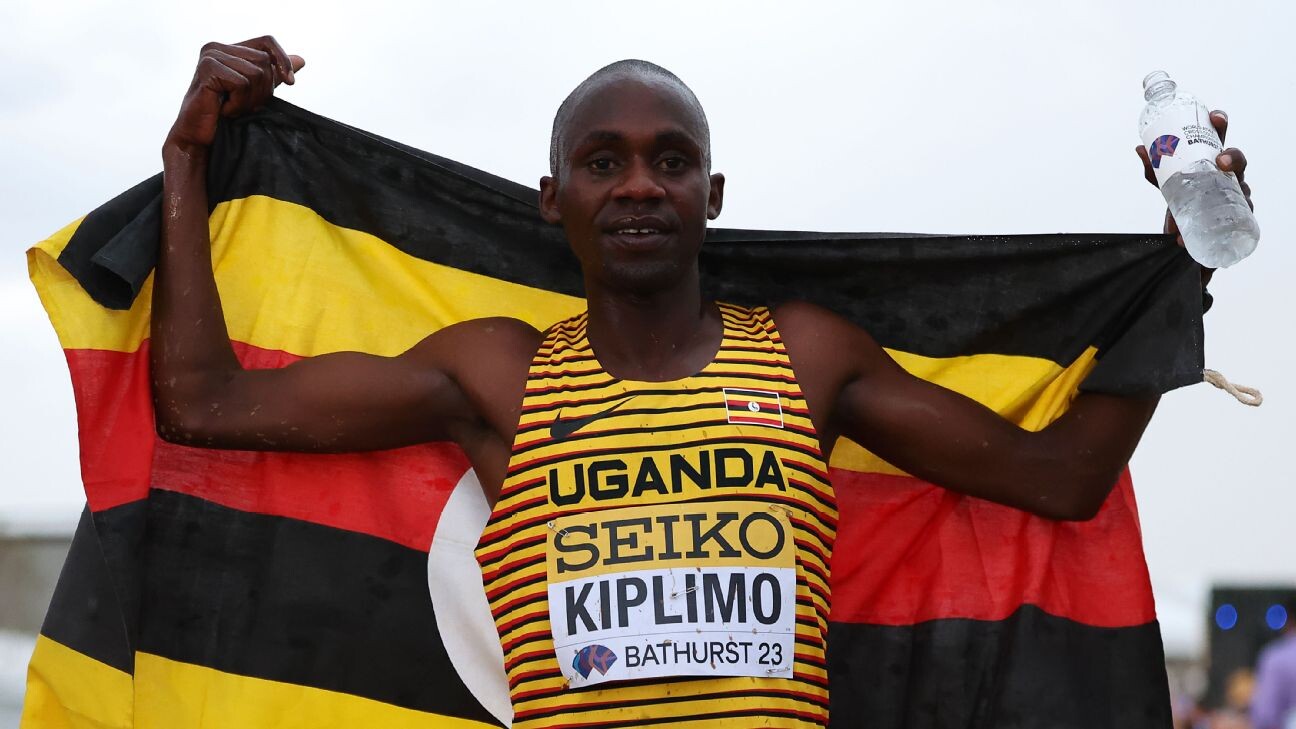
The last two laps were simply the three East African countries’ affair with Kamworor, World Half Marathon silver medallist KIbiwott Kandie and Daniel Simiu taking on the Ugandan duo and Aregawi.
It’s Cheptegei who led Kamworor, Kiplimo and Aregawi into the last lap as the rest wilted in the hills challenge.
Kandie, Simiu and Sabastian Sawe finished fifth, sixth and seventh respectively.
(02/18/2023) ⚡AMP
by Ayumba Ayodi and Peter Njenga
World Athletics Cross Country
Athletes from across the globe will descend on Australia for the World Athletics Cross Country Championships Bathurst 2021. Mount Panorama is better known as the home of Australia’s premier endurance motor race, but in one year from now, it will welcome the world’s best endurance runners for what will be Australia’s first World Athletics Series event in...
more...Obiri and Kibet win Ras Al Khaimah Half Marathon
Hellen Obiri and Benard Kibet Koech achieved a Kenyan double at the Ras Al Khaimah Half Marathon, a World Athletics Gold Label road race, on Saturday (18).
Two-time world 5000m champion Obiri went one better than her runner-up spot in Ras Al Khaimah last year, clocking 1:05:05 to triumph by 44 seconds in the women’s race ahead of Ethiopia’s world marathon champion Gotytom Gebreslase.

The men’s race was closer, but Kibet still claimed a clear win as he kicked away to beat his Kenyan compatriot Daniel Mateiko by four seconds - 58:45 to 58:49.
Obiri and Gebreslase were part of a pack that passed through 5km in 15:10. By 10km they had broken away from their competition, clocking 30:28 at that point, just ahead of Kenya’s Olympic marathon silver medallist Brigid Kosgei (30:31).
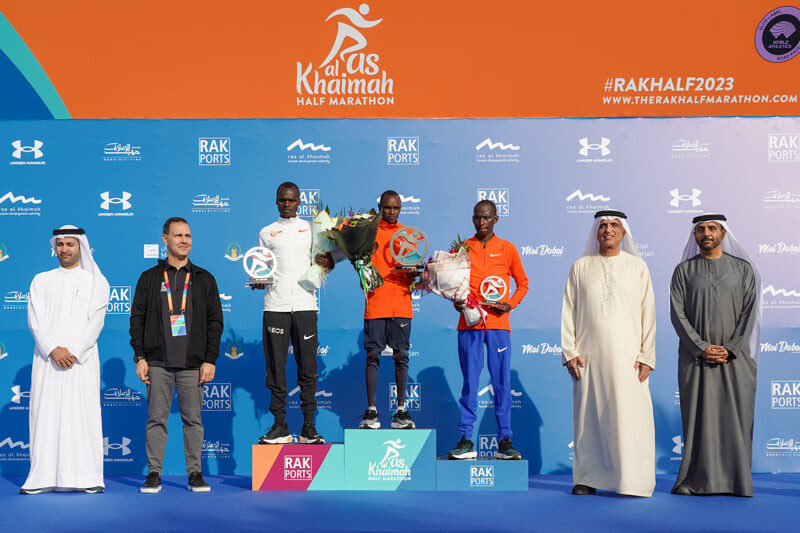
Obiri started to make a move and was 25 seconds ahead at 15km, following her pacemaker through that mark in 45:39. Her lead only grew and she eventually crossed the finish line 44 seconds clear, Gebreslase claiming the runner-up spot in 1:05:51.
Running a well-judged race, Ethiopia’s Ftaw Zeray finished third in a PB of 1:06:04, half a minute ahead of Kosgei.
In the men’s race, Kibet and Mateiko featured in the lead group that passed the 10km mark in 27:33. Breaking away along with their compatriot Richard Yator, the trio were together through 15km in 41:30 before Yator was dropped.
Kibet kicked and Mateiko couldn’t match his rival’s finishing strength, as Kibet took more than a minute off his PB with his winning performance.
Yator followed them over the finish line in 59:37, while Ethiopia’s Gemechu Dida finished fourth in 59:53.
A record number of more than 5500 participants took part in the programme of events in Ras Al Khaimah, which also included a half marathon relay, 5km race and 1 mile events.
(02/18/2023) ⚡AMPRak Half Marathon
The Ras Al Khaimah Half Marathon is the 'world's fastest half marathon' because if you take the top 10 fastest times recorded in RAK for men (and the same for women) and find the average (for each) and then do the same with the top ten fastest recorded times across all races (you can reference the IAAF for this), the...
more...Under Armour launches SlipSpeed, the versatile slip-on training shoe
Sometimes putting on shoes is an effort–there’s a reason why Crocs are so popular! Many young athletes and runners will crush the back of their training shoes instead of taking 10 seconds to tie them up. But you need an alternative to Crocs for the gym.
Looking to satisfy young athletes who can’t be bothered to tie their shoes, Under Armour has created the revolutionary UA SlipSpeed–a training shoe versatile enough to go from performance training to recovery mode in seconds with a convertible heel.
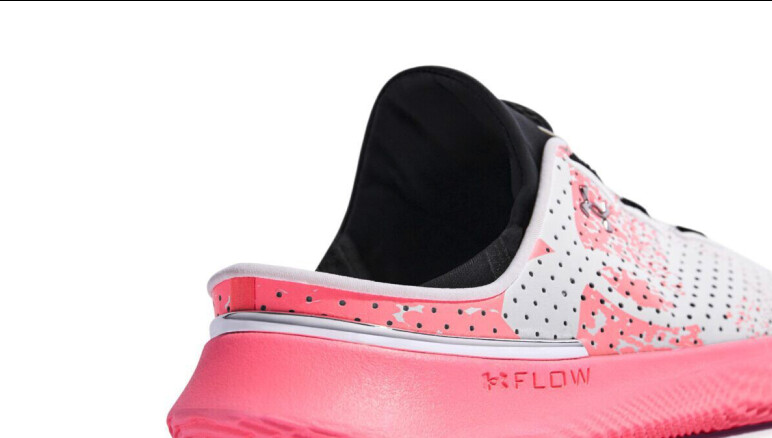
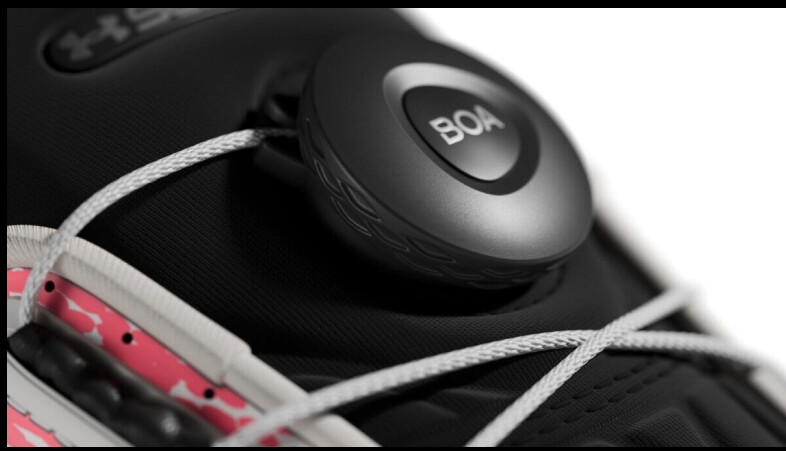
When an athlete crushes the heel of a traditional shoe, it deteriorates the shoe’s performance. The UA SlipSpeed features heel-folding technology that gives athletes a comfy underfoot experience without compromising performance. The shoe also features a BOA-fit lacing system that delivers an adjustable, personalized fit to secure your feet for squat reps or mobility exercises.
The SlipSpeed is a true one-day shoe: if you’re rocking the SlipSpeed, you won’t need to bring another pair of shoes with you, so no matter whether you have a high-impact activity or casual wear planned, it’s comfortable and flexible enough for both, thanks to the crushable heel and BOA lacing system.
Level up your training and get a shoe engineered for maximum comfort, style and performance with options for all-day wear. Do not look past the UA SlipSpeed, which you can get online at underarmour.ca for CAD $190.
(02/18/2023) ⚡AMPby Running magazine
Ultrarunner Camille Herron announces new sponsor: Lululemon
Hundred-mile and 12-hour world record holder Camille Herron of Oklahoma City, Okla. ended speculation about her new sponsor with Wednesday’s announcement that she has joined forces with the running and yoga brand Lululemon. The runner recently announced that she would be sponsored by a company that is new to the ultratrail space in 2023. “It feels like a dream come true,” Herron told us after a week spent at the brand’s Portland, Ore. facilities.
Herron is the first and only woman to achieve sub-13 hours for 100 miles, 150 km for 12 hours and 270 km over 24 hours, and she won the 90-km Comrades Marathon in South Africa in 2017. She reached 100,000 lifetime miles in 2022. She was formerly sponsored by Hoka.
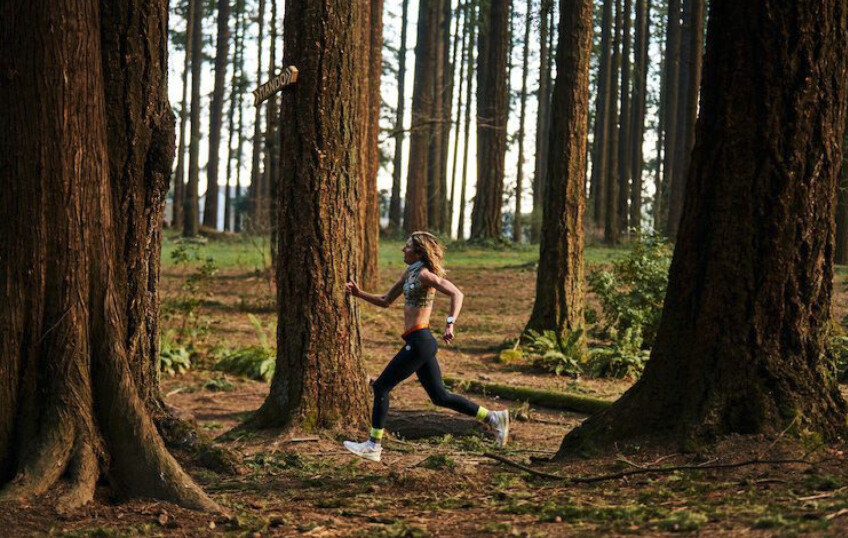
Herron says she’s most excited for the support she’s received beyond her athletic ability: “It means a lot to me that they appreciate my human qualities beyond my athletic talents,” she says. “My professional background is in science and research, and they recognized how I can help the brand with my scientific knowledge. I’m a cerebral person–I’m more than an ultrarunner. It spoke to my heart that Lululemon recognized this. They seemed to know more about me than I knew about myself! I was blown away.”
The philosophy
Herron is excited to be partnering with Lululemon because of their track record as a brand that has women front and centre, and she joins a long list of other female Lululemon-sponsored runners, including Colleen Quigley, Mirna Valerio and Tara Davis, and others. “I feel a sense of women’s empowerment joining with them,” Herron says. “They believe in me and support me, and they care about the whole human. They’ve been asking me about my mental health and wellbeing, and I thought that was really cool–I’ve never been asked about that. I’ve connected with someone to help me with my mental and emotional health, and how I manage stress.”
“Last year at Western States, I started my period after the Forest Hill aid station, and I shared that, and it resonated with a lot of women. Sharing my journey, my athletic career in my 40s–that’s pretty much unheard of. It’s really cool for me to have Lululmeon’s support. I’m very grateful.”
The gear
Herron’s excited about Lululemon’s running clothing: “We’ve been having fun mixing and matching that top [the Invigorate Training Tank] with shorts. I really like old-school split shorts, and Lululemon has that. I imagine myself being a unicorn or a superhero, mixing and matching Wonder-Woman-type colours. We’re bringing back colour to the sport!”
She is also impressed with their socks, and their run bras: “Being an ultrarunner, I spend a lot of time on my feet,” says Herron. “To be able to take off my socks after a run, and my feet are dry and my toes are in good shape, is huge. “I also love how they put pockets in everything.”
She’s also impressed with the brand’s efforts to produce high-quality running shoes, even if shoes appropriate for very long days on the road, track or trail remain a work in progress. “Me being a science person, I can offer a lot of feedback on developing their shoes,” Herron says. “It’s such a great opportunity to collaborate. We’ve had lots of meetings–I’ve been to the company headquarters in Vancouver and met the shoe people; all the products are incredible, and I’m excited to bring them to the ultratrail community.”
Goals for 2023
Herron is excited for the future: “I feel so blessed to be 41 and still getting faster,” she says, adding that she’s grateful for the brand’s support. “This is a long-term commitment, not only for my athletic career but also helping them with product development. I’m going to be continuing my focus on world records, try to improve some of them, and also go further; I want to go for the 48-hour and 6-day records; I’m hoping I have the opportunity this year to go beyond 24 hours.”
This summer, however, she’ll be focused on trails, with Western States in June and Leadville (another 100-mile trail race) in August. “Every time I show up at Western States, I get a bit better,” she says.
On Feb. 18, Herron plans to challenge her own world records for 100 miles and 12 hours at The Raven in Mount Pleasant, S.C. She will also plan to qualify for the 24-hour world championship in Taiwan, which takes place in December 2023.
(02/18/2023) ⚡AMPby Running Magazine
DIRK HELLER WINS 300 MILE RACE
Dirk Heller from Germany is our overall winner for the MYAU 300 mile race. Second came Josh Tebeau (USA) and Elise Zender (Germany). Those two are also a couple and a race like this is a very serious stress test for any relationship.
They did it in style! Josh and Elise also entered in the team category placed 1st team. They connected their entry with a fundraiser effort for We Can Run Project which is looking to contribute to the higher education of female students in Sierra Leone. Last and certainly not least came Dirk Groth from Australia who said it was incredibly hard, especially the road from Pelly Farm to Pelly Crossing – due to a lot of fresh and unpacked snow. But he made it before the cut-off of 8 days and I think he liked it ?
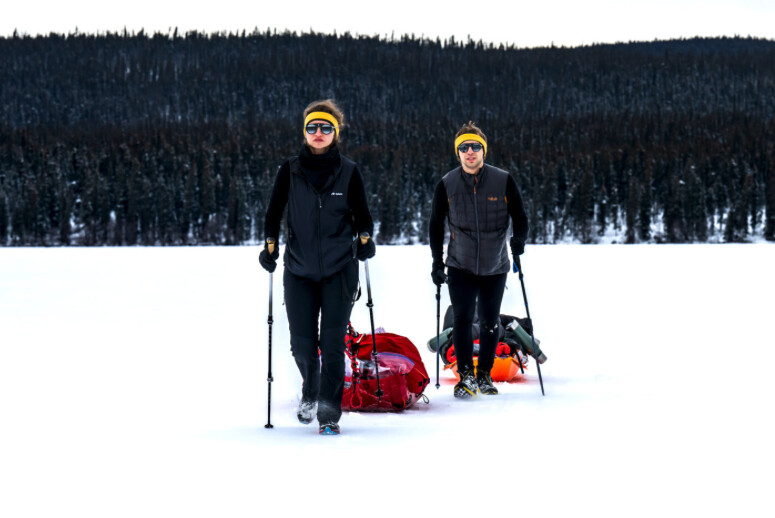
Yukon Artic ultra 300 miler
The Yukon Arctic Ultra is the world's coldest and toughest ultra! Quite simply the world's coldest and toughest ultra. 430 miles of snow, ice, temperatures as low as -40°C and relentless wilderness, the YUA is an incredible undertaking. The Montane® Yukon Arctic Ultra (MYAU) follows the Yukon Quest trail, the trail of the world's toughest Sled Dog Race. Where dog...
more...Kiplimo succeeds compatriot Cheptegei as world cross-country champion in Bathurst
The senior men’s title at the World Athletics Cross Country Championships Bathurst 23 remained with Uganda, but this time a different athlete wore the crown as Jacob Kiplimo claimed gold.
The 22-year-old finished second in the senior men’s race in Aarhus four years ago, despite still only being 18 years old at the time. But he earned his first senior global title 18 months later when winning at the World Half Marathon Championships in Gdynia.
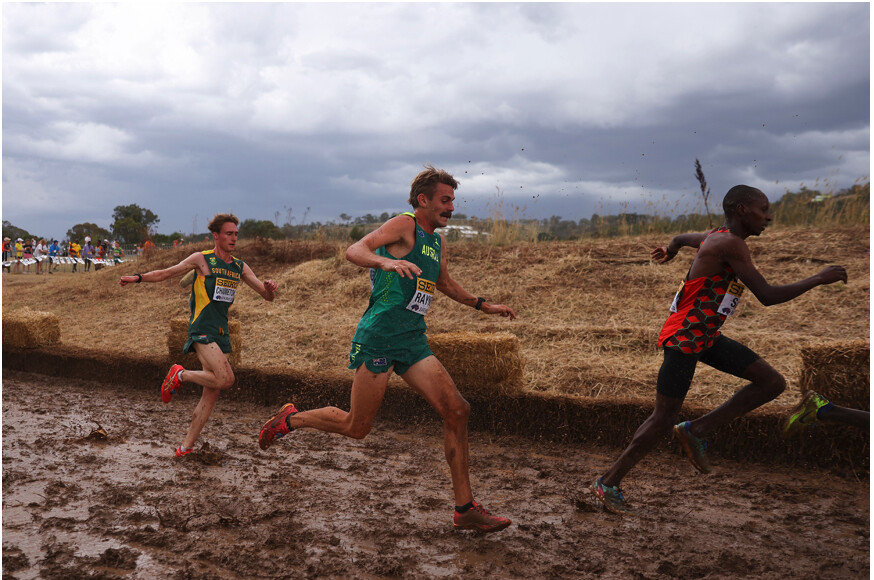
In the years that followed, though, he was beaten into bronze over 10,000m at the Olympic Games in 2021 and at the World Championships in 2022.
But today in Bathurst Kiplimo’s brilliance shone through, conquering an incredibly strong field and defying the stormy conditions that broke out just a few minutes into the race.Kiplimo and compatriot Joshua Cheptegei, the defending champion, held back on the first lap, while their Ugandan teammates Isaac Kibet, Samuel Kibet and Martin Kiprotich ran at the front of the pack. Kenya’s Geoffrey Kamworor, two-time winner of the senior men’s title, was tucked behind the leading trio with the first lap covered in 6:09.
The pace increased slightly on the second lap, whittling the lead pack down to 15 men with most of the big contenders in it. Kiprotich still led with Kamworor close behind while Kiplimo and Cheptegei ran towards the back of the pack. Ethiopian cross-country champion Berihu Aregawi was just a stride ahead of Kiplimo, and Burundi’s Rodrigue Kwizera – current leader on the World Athletics Cross Country Tour – was right at the rear of the group.About half way into the race, Cheptegei took close order and moved to the front of the pack, running level with Kamworor. Kenya’s Daniel Simiu Ebenyo was also close by, along with Kiplimo and Aregawi. Kwizera, meanwhile, was starting to lose contact with the lead group, and Olympic 10,000m champion Selemon Barega of Ethiopia was beginning to show signs of discomfort.
But as the temperatures started to drop, the race started to heat up. The two former winners, Kamworor and Cheptegei, still looked good out in front. They, along with Kiplimo and Aregawi, eventually formed a breakaway quartet. Former world half marathon record-holder Kbiwott Kandie led the chase pack, which was five seconds adrift of the leaders by the end of the fourth lap.
But Kiplimo, who has considerable mountain-running experience, was clearly still full of running, despite the challenging course and he made a break on the final lap. By the time he reached the ‘billabong’ – the muddy section of the course just before one of the most challenging climbs – he had a two-second lead over Cheptegei, with Aregawi and Kamworor just one second behind the Ugandan duo.Kiplimo maintained that lead as he emerged from the vineyard and had extended it to seven seconds by the time he reached the ‘mountain straight’ part of the course. By this time, Aregawi had moved past Cheptegei into second place, while Kamworor was five seconds adrift of the defending champion.
As he charged down the penultimate downhill stretch, double Commonwealth champion Kiplimo could sense that victory was his. He turned and ran through the tyre section still with a comfortable lead, then eased round the final bend, took one last glance behind him to ensure his lead was safe, and then started celebrating some 50 metres out from the finish.
He crossed the line in 29:17 – a remarkably quick time for 10km given the difficulty of the course – with Aregawi, a World Cross debutant, taking silver in 29:26. Cheptegei just about held on for bronze ahead of a fast-finishing Kamworor, both men timed at 29:37. Kandie remained in fifth, some 20 seconds adrift of the leading quartet.
Despite missing out on an individual medal, Kamworor found some consolation in the fact he led Kenya to gold – his first senior men’s team title in five World Cross appearances. Ethiopia took silver and Uganda earned bronze.
The same three nations have now filled the podium in the senior men’s team competition for the three most recent editions of the World Cross, albeit in a different order each time.
“The course was really good,” said Kiplimo. “Even with lots of wind, it was really intense. I think for me it was really good because there are lots of hills where we train in Uganda. It was not easy but I did my best.”
Aregawi, meanwhile, was delighted to earn his first senior global medal. Back in 2018 he won the African U18 title over 3000m, and then earned two silver medals at the Youth Olympic Games later that year. In 2021 he won the Diamond League 5000m title and set a world 5km record on the roads, but missed out on a 10,000m at the Olympic Games.
He improved his PBs at 3000m, 5000m and 10,000m in 2022 but was once again shy of a medal at the World Championships in Oregon. But he will be leaving Bathurst with individual and team silver medals.
“The conditions were tough,” he said. “It was hot on the first lap, and then it changed to windy. This championship was very difficult and tough, but I am really pleased.”
Cheptegei was also pleased, given the circumstances.“I think it was a good race, especially coming back from injury,” said the world 5000m and 10,000m record-holder. “I didn’t have the best preparation, but I’m grateful to come here and finish on the podium. Now I can be reassured I can go focus on the track soon, and especially the coming World Championships.”
(02/18/2023) ⚡AMPby Jon Mulkeen for World Athletics
World Athletics Cross Country
Athletes from across the globe will descend on Australia for the World Athletics Cross Country Championships Bathurst 2021. Mount Panorama is better known as the home of Australia’s premier endurance motor race, but in one year from now, it will welcome the world’s best endurance runners for what will be Australia’s first World Athletics Series event in...
more...Bathurst ready to welcome the world on ‘toughest ever’ championship course
Absence, they say, makes the heart grow fonder. But in the case of World Athletics Cross Country Championships, it also seemingly makes the courses tougher.
Four years have passed since the memorable 2019 edition in the Danish city of Aarhus, where athletes had to run up a museum roof, trudge through a mud pit, and dash through a Viking zone. It was widely regarded as one of the most unique and challenging courses ever at a World Cross.
Now, on the eve of the World Athletics Cross Country Championships Bathurst 23, many people are convinced that the course for this year’s edition is even tougher.

“In recent years we’ve talked about reinvigorating cross country, and we adjusted the course in Aarhus to create a more challenging one,” said World Athletics President Sebastian Coe. “I’m delighted that the team here in Bathurst have picked up that torch and done an outstanding job. I’d say this is certainly one of the toughest courses ever for a World Cross.
“We are really pleased to be here,” he added. “In the 50-year history of the World Cross, this is just the second time it has been held in Oceania, and it’s the first time it has been held in Australia.
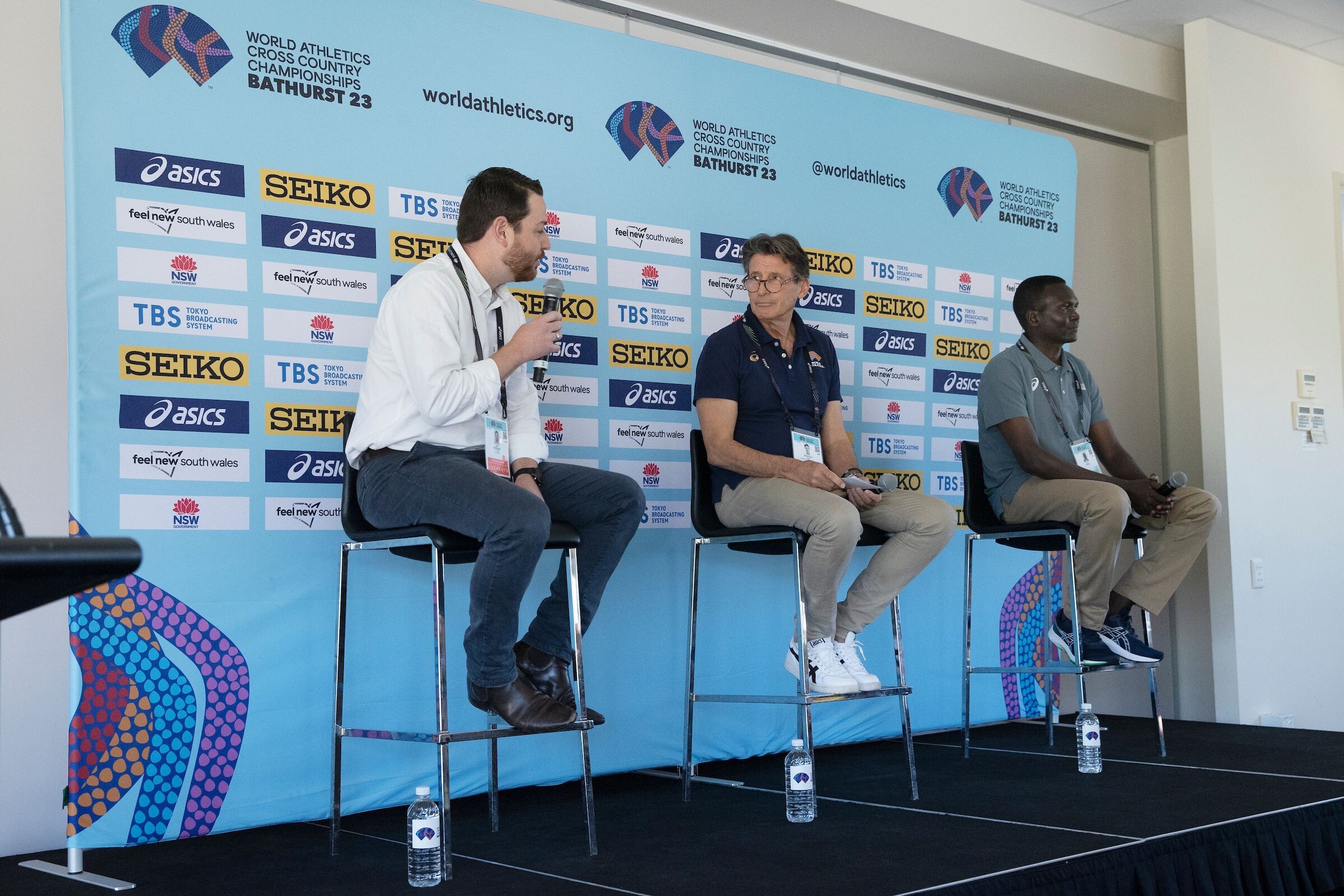
“Bathurst has one of the most iconic motor racing tracks in the world, but now, in the same breath, people will think of Bathurst staging the World Cross Country Championships.”
Local Organizing Committee Co-Chair Matt Whitbread expressed his pleasure at welcoming the world to Australia for a global athletics event.
“We’re delighted to have everyone here in Bathurst,” he said. “After the last edition in Denmark, there was plenty of inspiration. We got the brief that the course needed to be hard, and hopefully we’ve achieved that.
“We were originally scheduled for 2021, then 2022, and we’re finally here now,” he said. “We’re thrilled to be here and we welcome you all.”
Coe also used the opportunity to underline the importance of cross country.
“World Athletics takes cross country very seriously, and the importance of cross country goes beyond a great World Championships like this,” he said.
Championships ambassador Paul Tergat is living proof of someone who benefitted from cross-country running. A five-time world champion at cross country, the Kenyan legend also set world records on the track and roads during his long career.
“Cross country is part of my DNA,” said Tergat. “This is where my career started. Being here, especially in Australia where I have such fond memories, makes it more special.
“With cross country, not only do you have to think about the athletes you’re racing against, you also have to think about the terrain and the course,” he added. “I believe that makes you tougher. Each course is different, which makes cross country unique.”
Cheptegei and Kamworor ready for rematch
Uganda’s Joshua Cheptegei and Kenya’s Geoffrey Kamworor – who, between them, have won the past three senior men’s titles – will once again go head to head on Saturday.
Cheptegei’s compatriot Jacob Kiplimo, who took silver in 2019, is also in Bathurst, meaning the full podium will be reunited.
“It’s exciting that the people who shared the podium in 2019 are all back here,” said Cheptegei, the 5000m and 10,000m world record-holder. “I know it’s going to be mind-blowing and will be something that will stay in our hearts and minds for a long time.”
Memories of the 2017 World Cross Country Championships have certainly stayed with Cheptegei over the past six years. On that occasion, with the World Cross taking place on home soil, Cheptegei had built up a huge lead but fatigue eventually got the better of him and he faded to 30th, as Kamworor successfully defended his title.
“Sometimes you have to accept what life throws at you and then learn from it,” said Cheptegei. “I can proudly say that I am a better athlete because of the incident in 2017. It taught me a lot of lessons about my life and my career. When you want something in life, it’s important to chase your goals, but you also have to be patient and make certain judgements.”
For Kamworor, it was the 2011 edition of the World Cross that holds most significance.
“The first major title I won was the U20 title at the 2011 World Cross Country Championships,” he said. “That motivated me so much, and ever since then I have loved cross country.”
Despite winning two individual senior titles and one U20 title, Kamworor is yet to win a senior team gold at the World Cross. He hopes that will change on Saturday, though.
“We had great training with the team and we hope to do our best tomorrow and hopefully win the team title,” he said.
Hull and Coburn take different routes to Bathurst relay
Dramatically contrasting paths have led accidental contender Emma Coburn and child prodigy Jessica Hull to the World Cross Country Championships in Bathurst where they are both in contention for medals.
Colorado-based Coburn, 32, is looking forward to leading USA in the mixed relay, despite being an athlete who spurned cross country at school and college in favour of volleyball and track.
Coburn instead went on to become a steeplechase specialist, winning the 2017 world title at that discipline, as well as the 2019 world silver and 2016 Olympic bronze.
Coburn said the longer cross country courses were the reasons she never got into the discipline.
“I was never that mentally into it (cross country) because I played volleyball during the same season in high school,” Coburn said. “In college I tried it, but I wasn’t that great. I always loved the steeplechase and the track.”
Being able to compete in a mixed relay – the ninth time Coburn has represented the USA at a global championship – where each runner completes a 2km loop has changed her attitude about cross country.
“This 2km distance I think is really fun,” she said. “The muscular strength in my legs will be beneficial on some of the technically challenging parts of the race, like the mud pit.
“As a steeplechaser, I like the challenge of this course. We’ll be going for it, trying our hardest to conquer the course and come out with some hardware.
“This is a fun opportunity and something different for me. I’m eager to try new things and mix it up and this is an opportunity to challenge my mind and body.”
Coburn will be supported in the mixed relay by US teammates Heather MacLean, a 2021 Tokyo Olympic 1500m semi-finalist, steeplechase expert Alec Basten, and 2019 mixed relay runner Jordan Mann.
The USA will be vying for the medals alongside Australia, whose team boasts a cross country child enthusiast in Hull.
Twenty years ago Hull kicked off her athletics career doing 2km primary school cross country carnivals across the road from her home in New South Wales, Australia.
“It’s kind of scary,” Hull said. “It was part of my school sports days and it was 2km. Now I’ll do a 2km hot lap of the Bathurst course. So it’s kind of a full circle moment.
“If we were to get the win out there, it would be pretty special,” she added. “It is incredible that we can talk about the Aussie team even having a win. It would be quite a remarkable day if we got to hear the national anthem while we are out there.”
Athletics has taken Hull, 26, from school cross country carnivals to the world stage where she’s been a 1500m finalist at three majors – the 2021 Tokyo Olympics (11th), the 2022 World Championships in Oregon (7th) and the 2022 Commonwealth Games in Birmingham (8th).
Hull will be joined on the tough Bathurst course by three other Australian 1500m specialists: Commonwealth champion Oliver Hoare, Commonwealth bronze medallist Abbey Caldwell, and Olympic finalist Stewart McSweyn.
The mixed relay is the first medal event on the championship programme on Saturday (18). 15 teams will compete for the medals, running in a 4x2km man-woman-man-woman format with each athlete having a wristband which they transfer to their teammate in the takeover zone.
“Cross country is an absolutely essential part of the development of young athletes. Any athlete who can master cross country and can do so from a young age is going to be well placed to pursue an endurance career on the track.”
(02/17/2023) ⚡AMPby World Athletics
World Athletics Cross Country
Athletes from across the globe will descend on Australia for the World Athletics Cross Country Championships Bathurst 2021. Mount Panorama is better known as the home of Australia’s premier endurance motor race, but in one year from now, it will welcome the world’s best endurance runners for what will be Australia’s first World Athletics Series event in...
more...Canadian sprinting legend Donovan Bailey to coach on Canada’s Ultimate Challenge
The fastest man in Canadian history, Donovan Bailey, is taking his talents to a coaching role on Canada’s Ultimate Challenge, which premieres tonight on CBC Television and CBC Gem.. Bailey is a two-time Olympic champion and three-time world champion, but managing people on the big stage is something he’s used to.
Bailey shared his wealth of coaching and relay experience with Team Red on the new reality show, in which six coaches mentor teams at site-specific physical challenges.
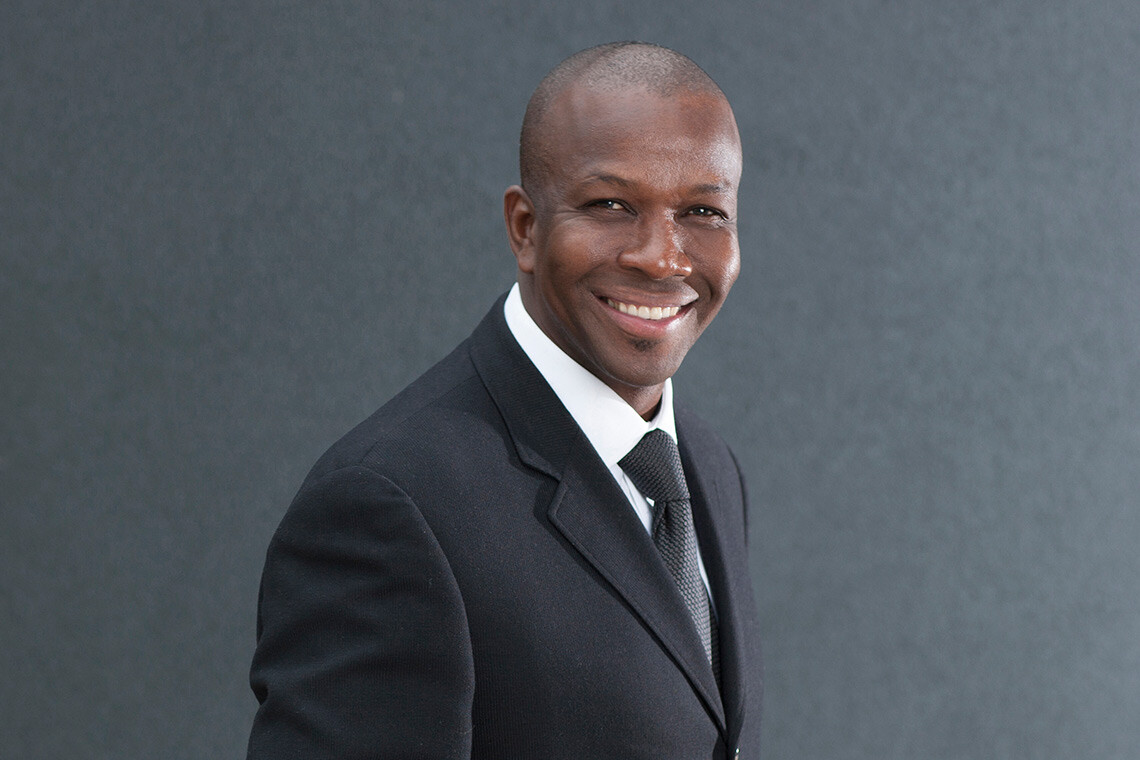
“Managing athletes is absolutely not new to me,” laughs Bailey. “Being the leader for one of the greatest teams in Canadian history (the anchor of Canada’s 4x100m relay team from 1994 to 1997) helped me to be able to deal with different personalities.”
When Bailey was invited to be a captain on the show, he wanted to be clear he was interested in coaching, but not competing. The premise of Canada’s Ultimate Challenge has a lot of similarities to the way Bailey used to help his teammates prepare for the bright lights on the track.
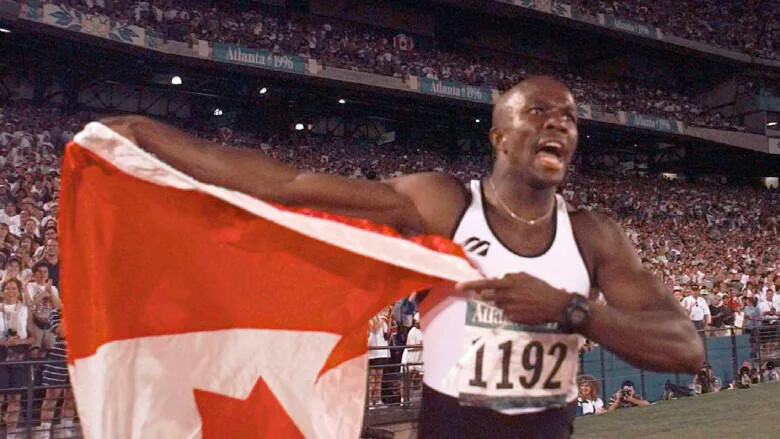
Whatever task Bailey’s Team Red was assigned, it was his responsibility to help guide them.
“From my professional life, I enjoyed the lights and showing up when it mattered,” says Bailey. “The Ultimate Challenge is different–competitors are in their own heads, and it’s useful to understand the nuisances that come with managing all different skill sets.
“I was able to develop an incredible bond with my team, and at the end of the day, no one quit or wanted to give up,” he adds.
Although Bailey has been away from sprinting for more than 20 years, he says he’s envious of the new generation. “Nowadays, athletes get to see content captured from every moment during competition and behind the scenes. In my era, you only got a photo if you won.”
Bailey’s 100m best of 9.84 seconds from the 1996 Olympics still stands as the Canadian record, but he says his long-time coach, Dan Pfaff, believes that, if he’d had the benefit of today’s shoe tech, he could have run 9.4 to 9.5 seconds.
The 55-year-old has been a regular Olympic sprint analyst with CBC Sports since the 2008 summer Games. One of his highlights as an analyst was watching the Canadian men’s 4x100m relay team win gold at the 2022 World Athletics Championships in Eugene, Ore.
“Knowing how hard it was for us to do in the 90s, I felt like a proud dad watching the boys win,” Bailey says. “It was amazing to see Canadian sprinting come full circle. I had full confidence in this team, with Andre De Grasse as their great leader. He is a competitor, and if you give him the baton, he will never disappoint.”
(02/17/2023) ⚡AMPby Running Magazine
Runners Will Chase Historic Times at 2023 Publix Atlanta Half Marathon
A run for records will take place at the Publix Atlanta Half Marathon next week where some of the world’s best runners will attempt to complete the fastest half marathon ever run in the state of Georgia. This year’s elite field features eight men who have run faster than the current men’s record of 1:00:36 and four women who have run faster than the women’s record of 1:08:22. Both times were set at this event in 2022.
Nicholas Kosimbei will return to Atlanta to defend his title and his record. The 26-year-old from Kenya dominated last year’s race which was held in the driving rain, winning by more than two minutes. Fellow Kenyans Raymond Magut and Goeffrey Koech who placed second and third respectively last year are also returning. Magut boasts a personal best of 1:00:00 while Koech has broken the one-hour mark with a career best of 59:36. Koech won his most recent half marathon, the B.A.A.Half Marathon in Boston last November.
“I love the course in Atlanta,” said Kosimbei. “I am looking forward to returning and my goal is to break my own course record.”
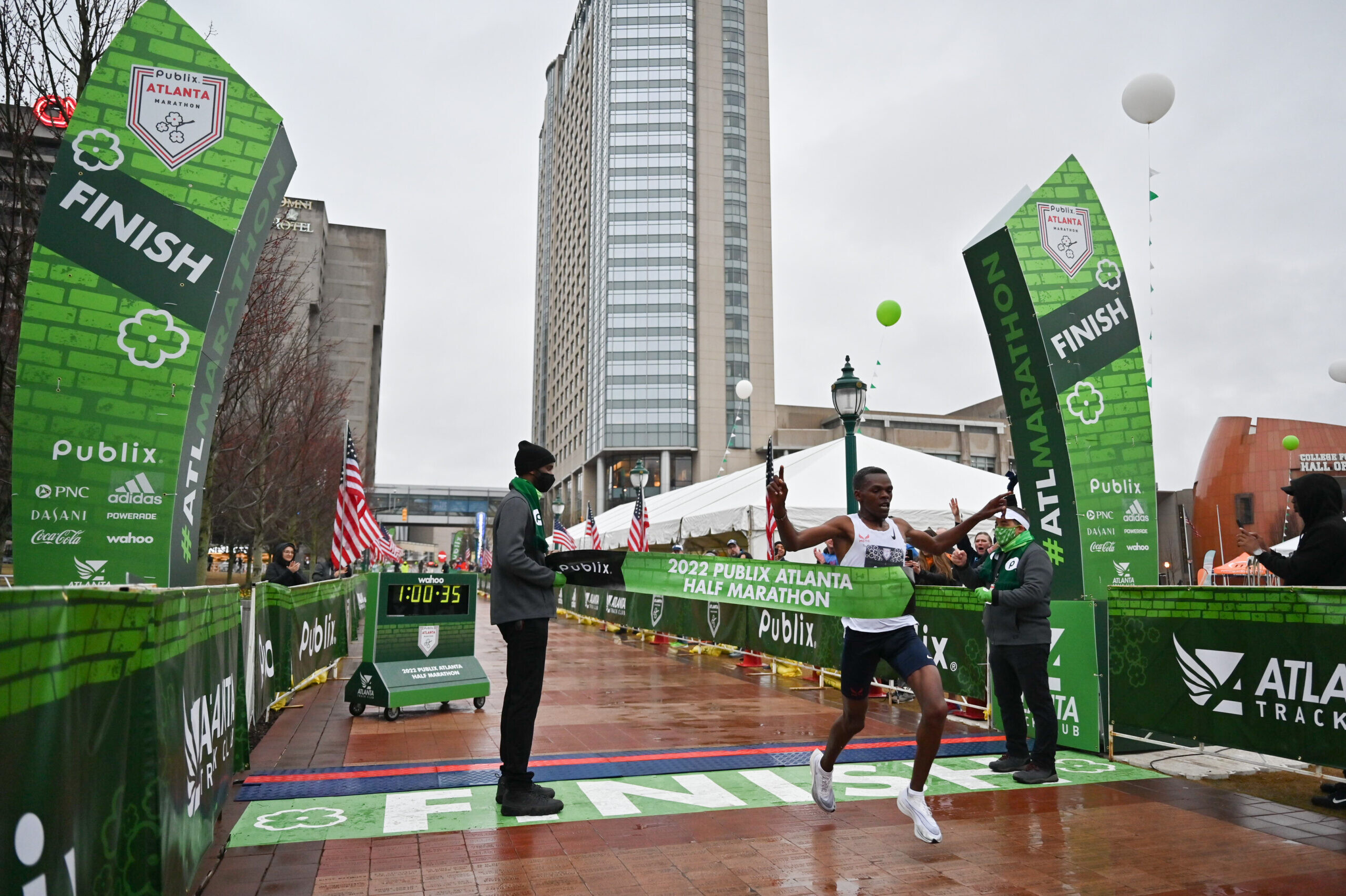
Other top contenders include Tsegay Kidanu (Ethiopia, 59:39), Josphat Tanui (Kenya, 59:40), Phenus Kipleting (Kenya, 1:00:08) and Bethwell Yegon (Kenya, 1:00:57), the runner-up at the 2021 BMW Berlin Marathon.
With last year’s winner Dorcas Tuitoek not returning in 2023, a new face will break the tape to win the women’s title. The fastest woman in the field is Kenya’s Cynthia Jerotich. Jerotich was a dominant force on the roads from 2013 to 2016, setting a half marathon personal best of 1:06:04 and winning a silver medal at the World Half Marathon Championships in 2016. Jerotich stepped away from racing in 2017 and gave birth to three children before returning to competition last year. At 33, she will be looking to return to the form that saw her winning road races around the world including some of the most prestigious events in the United States.
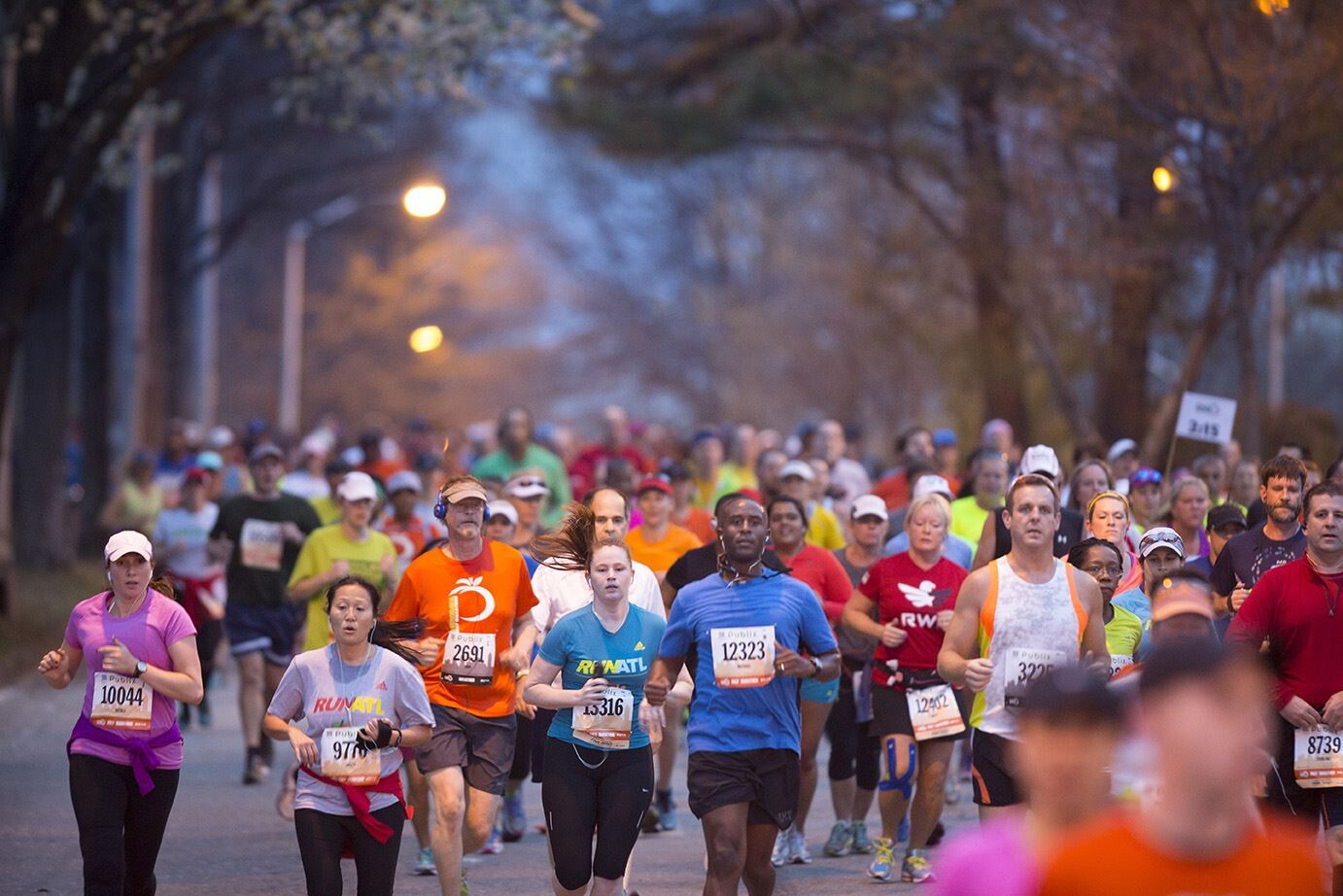
Jerotich will face Helah Kiprop, the winner of last year’s Copenhagen Marathon and the runner-up at the Frankfort Marathon. Kirprop, a 2016 Olympian from Kenya, has a half marathon personal best of 1:07:39. Also among the fastest in the field are 2017 Houston Half Marathon winner Veronica Wanjiru (Kenya, 1:07:58) and Vibian Chepkirui (1:08:02). Chepkirui won the Vienna Marathon last year in a course record time of 2:20:59.
Athletes in the 2023 Publix Atlanta Half Marathon will be competing for a $22,000 prize purse including a first place prize of $4,000. There is an additional $2,500 bonus for the male or female winner who sets the course and Georgia all-time record. Full elite fields can be found below. The race will be streamed live on Atlanta Track Club’s YouTube page with commentary from Chris Chavez, Carrie Tollefson and Ali Feller.
About Atlanta Track Club
Atlanta Track Club is a nonprofit committed to creating an active and healthy Atlanta. Through running and walking, Atlanta Track Club motivates, inspires and engages the community to enjoy a healthier lifestyle.
With more than 30,000 members, Atlanta Track Club is the second largest running organization in the United States. In addition to the AJC Peachtree Road Race (peachtreeroadrace.org) – the largest 10K running event in the world, the Publix Atlanta Marathon, PNC Atlanta 10 Miler and Invesco QQQ Thanksgiving Day Half Marathon, Atlanta Track Club directs more than 30 events per year. Through the support of its members and volunteers, Atlanta Track Club also maintains a number of community initiatives including organizing and promoting the Kilometer Kids youth running program to metro Atlanta youth, honoring high school cross country and track and field athletes through Atlanta Track Club’s All-Metro Banquets and supporting the Grady Bicycle EMT program. For more information on Atlanta Track Club, visit atlantatrackclub.org.
(02/17/2023) ⚡AMPby Running USA
Publix Georgia Marathon
The Publix Georgia Marathon & Half Marathon is the perfect opportunity to visit the city of Atlanta. Atlanta's ONLY marathon, the event is a must do for adventure marathoners looking to cover all 50 states. A true Southeast tradition, you'll experience the spirit of the city as you travel through four college campuses, ten welcoming neighborhoods and dozens of iconic...
more...Five reasons to find a running buddy, running with a friend or a group could be the key to hitting your next PB
Running can be a solitary pursuit, but just because you’re going to be running solo on race day doesn’t mean you have to train all by yourself. A great way to make running more enjoyable is to find yourself a running buddy or a running group. There are plenty of ways that a training buddy or group can help you improve as a runner. So lace up, convince your best friend to become a runner and check out these five reasons to get a running buddy.
1.- Accountability
A huge bonus of having training partners is the accountability they’ll give you. It’s far too easy to skip workouts when you’re running on your own, and even the most committed of runners are occasionally guilty of turning off the morning alarm and rolling over for more sleep. If you know that your friend or a group of friends are expecting you for a long run or workout, you’ll feel obligated to get out of bed, regardless of how tired you may feel (and you’ll be glad you did!). It may be a tad annoying on mornings when all you want to do is hit the snooze button and skip your workout, it will ultimately add up to you becoming a better runner.

2.- Motivation
You can talk to yourself all you want, but there’s really nothing like someone else by your side encouraging you to keep going. On days when you’re not feeling the strongest or you’re running slower than you know you can, your training partner will be there to cheer you and inspire you to dig just a little deeper. Plus, they’ll be going through pretty much the same pain that you are, and if you see them being able to put up with it, you’ll know you can, too.
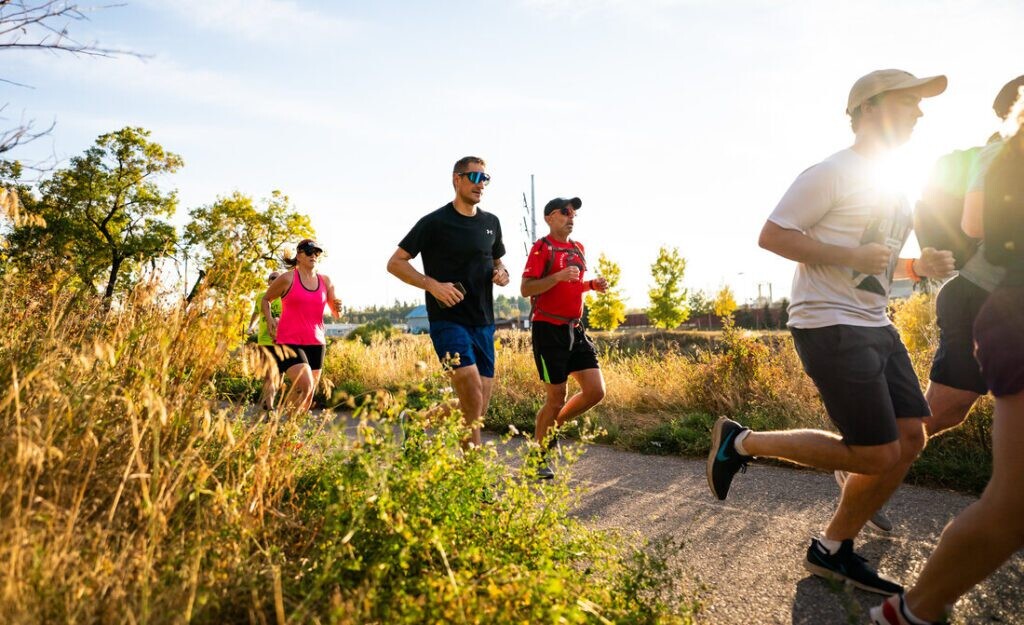
3.- Competition
We’re not going to recommend that you turn every training session into a race, but every now and then that’s going to happen, whether you intend it or not. As a runner, you’re probably competitive by nature, and even if you don’t actively decide to race, every now and then you’ll find yourself pushing a little harder to match or surpass your running buddy’s pace (and odds are they’re going to do the same with you). Why not turn this into a fun competition? On speed days, see who’s got the most in the tank. It won’t make the workouts easy, but it certainly will make the time go by quicker.
4.- Distraction
Speaking of the time flying by, running with other people is a great way to make an hour feel like 30 minutes or less. You and your running buddy are going to be chatting about all aspects of life, and before you know it, you’ll be done for the day. This definitely beats running on your own and watching the minutes drag by.
5.- Racing buddy
We know that you won’t necessarily run right by your training partner’s side on race day, but you can enter the same events. Sometimes it’s easy to hem and haw about which races you should sign up for, but with a running buddy who’s also looking to compete, you’ll have someone to help you pick. Not only that, but you’ll also have someone to drive with to the race and (perhaps most importantly) someone to celebrate with after you both cross the finish line.
(02/17/2023) ⚡AMPby Ben Snider-McGrath
Predict your 10K finish with this 5K workout
After a few months of cold weather and wintry conditions, it can be difficult to predict your fitness for a spring race. If you’ve never run that distance, there are a few methods for predicting pace. One of the most important methods is to do workouts that will get you closer to your training goal.
If you have a 10K on the horizon, here is an ideal workout to figure out where you are in your training.

Workout:
Five reps of one kilometre with 90 seconds rest

Let’s say your goal is to break 45 minutes for 10K. Each rep should be run at a 4:30/km pace or faster. If you can comfortably hold the goal pace over all five reps, breaking 45 minutes (or your goal time) shouldn’t be a problem.
If you found the workout too easy, you can make it harder by doing the five reps on only 60 seconds of rest.
Another way to calculate your 10K finishing time: Do the workout at your 5K race pace. Then use the average pace of the five 1K reps to calculate your 5K pace. Then determine your 10K pace by doubling your 5K time and adding a minute or two.
According to Jack Daniels VDOT calculator (a measure of your current running ability based on a recent race result or current training paces), most runners have a variance of one or two minutes between their 5K time doubled and their 10K time. Therefore, the calculation of doubling your recent 5K time and adding a minute or two should give you a window to work toward.
(02/16/2023) ⚡AMPby Running Magazine


